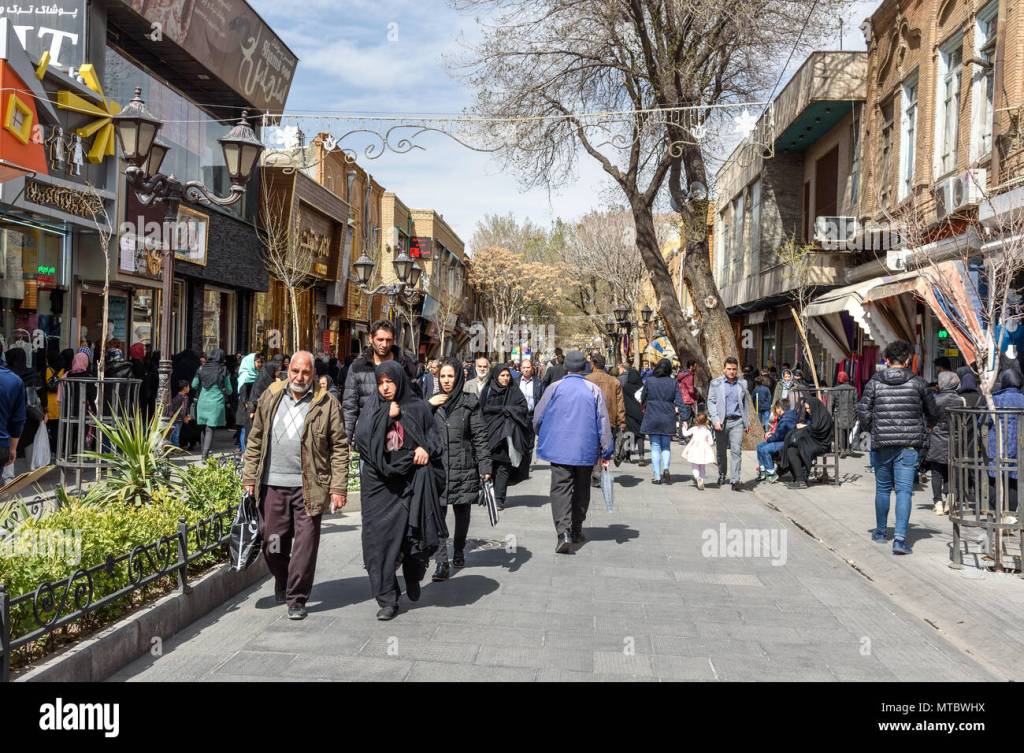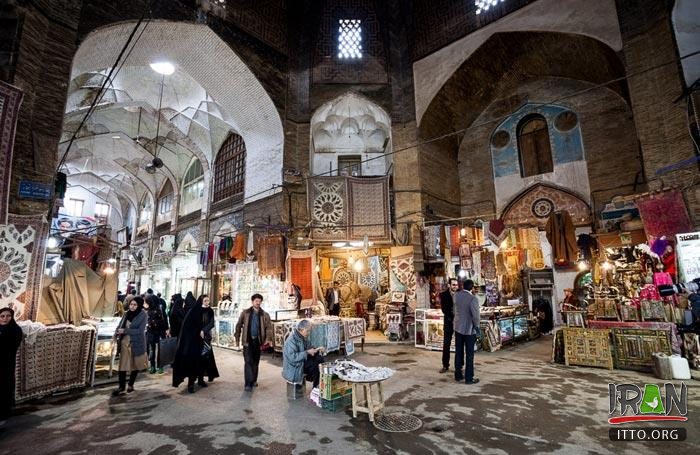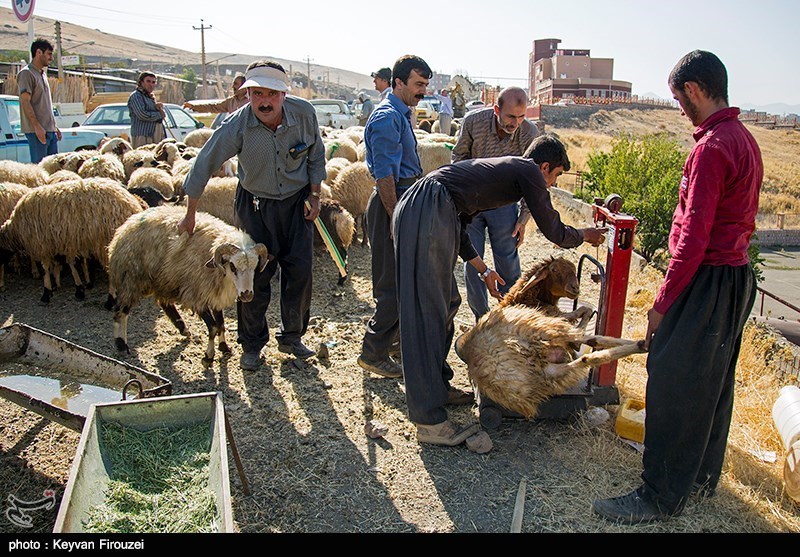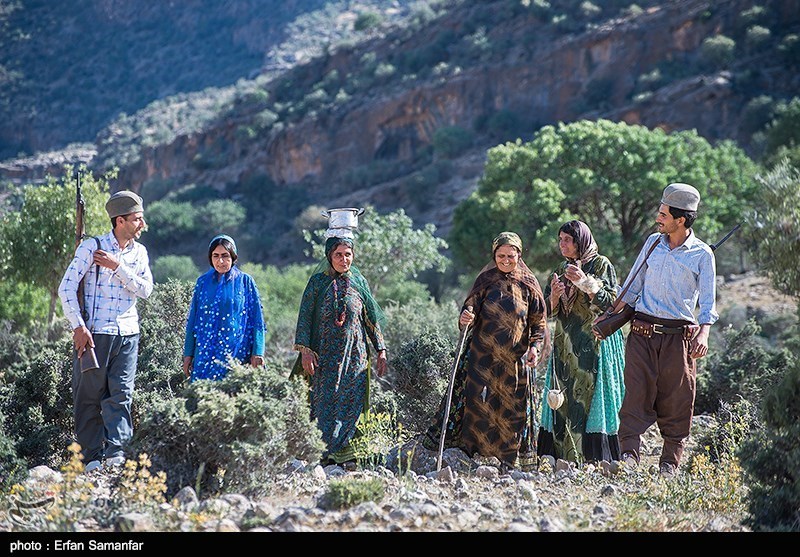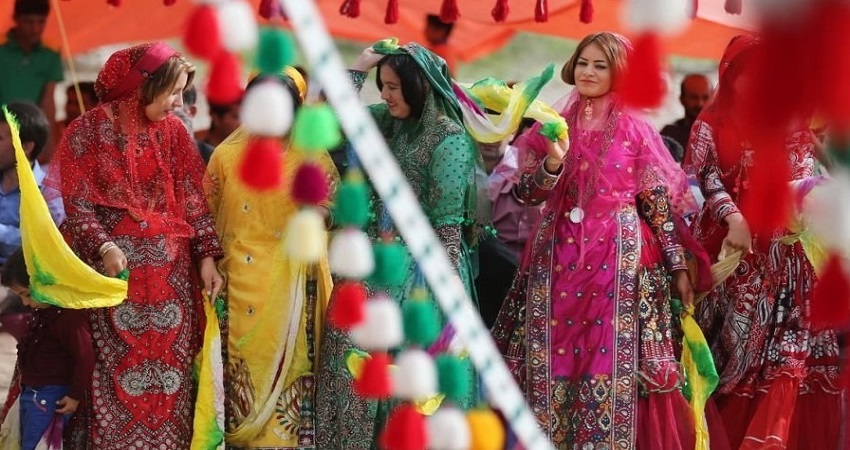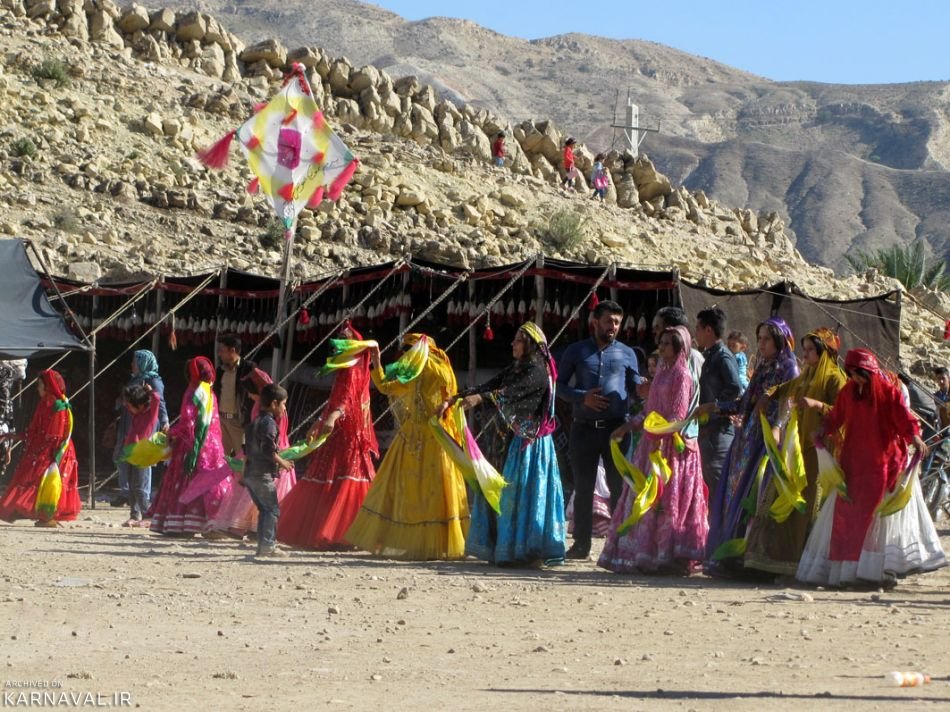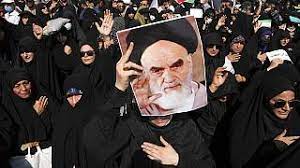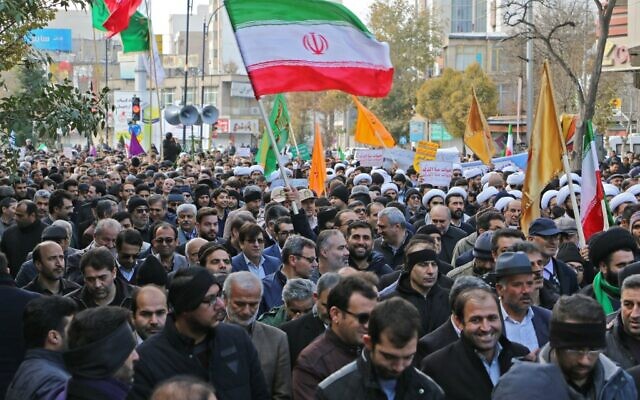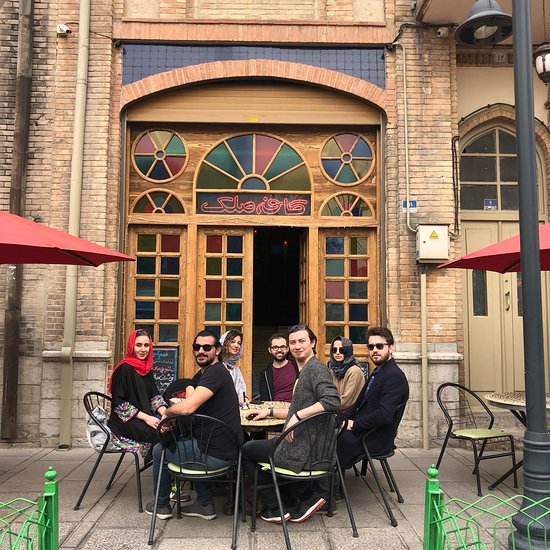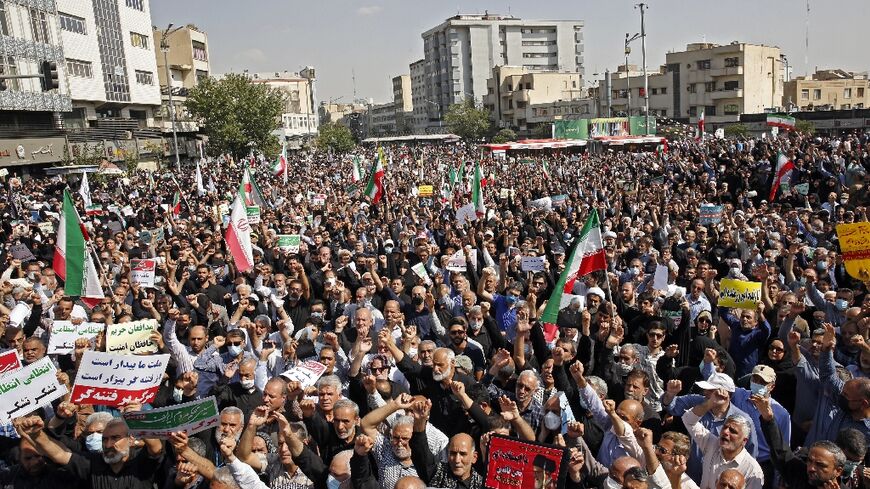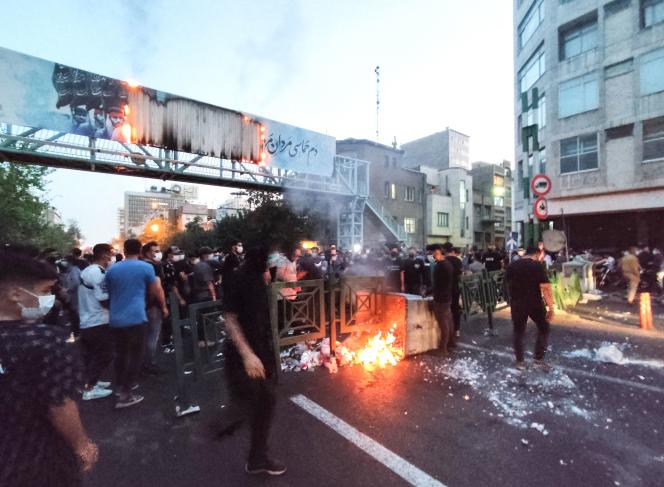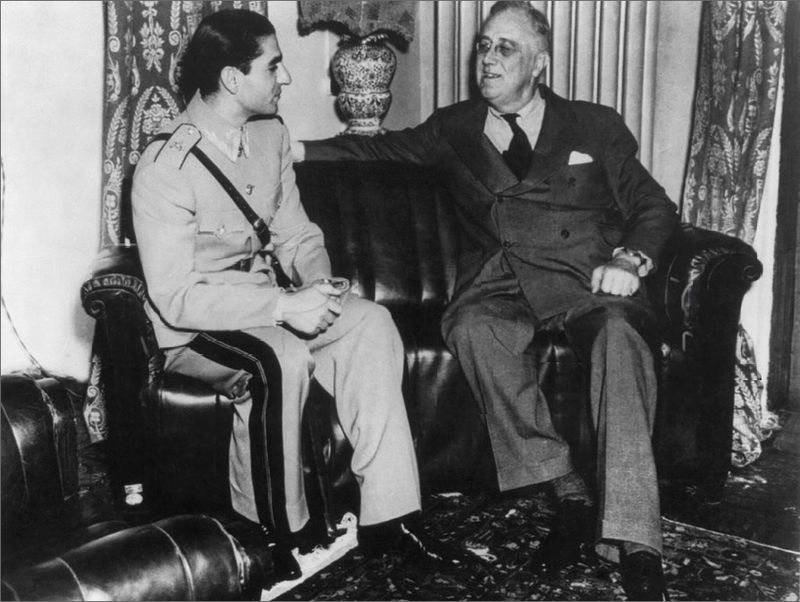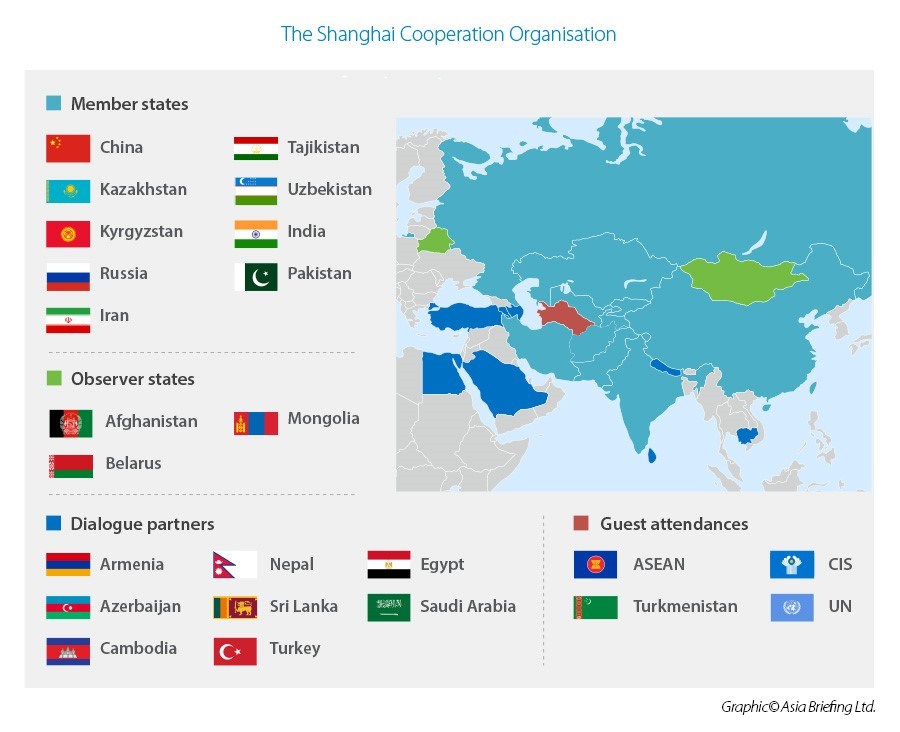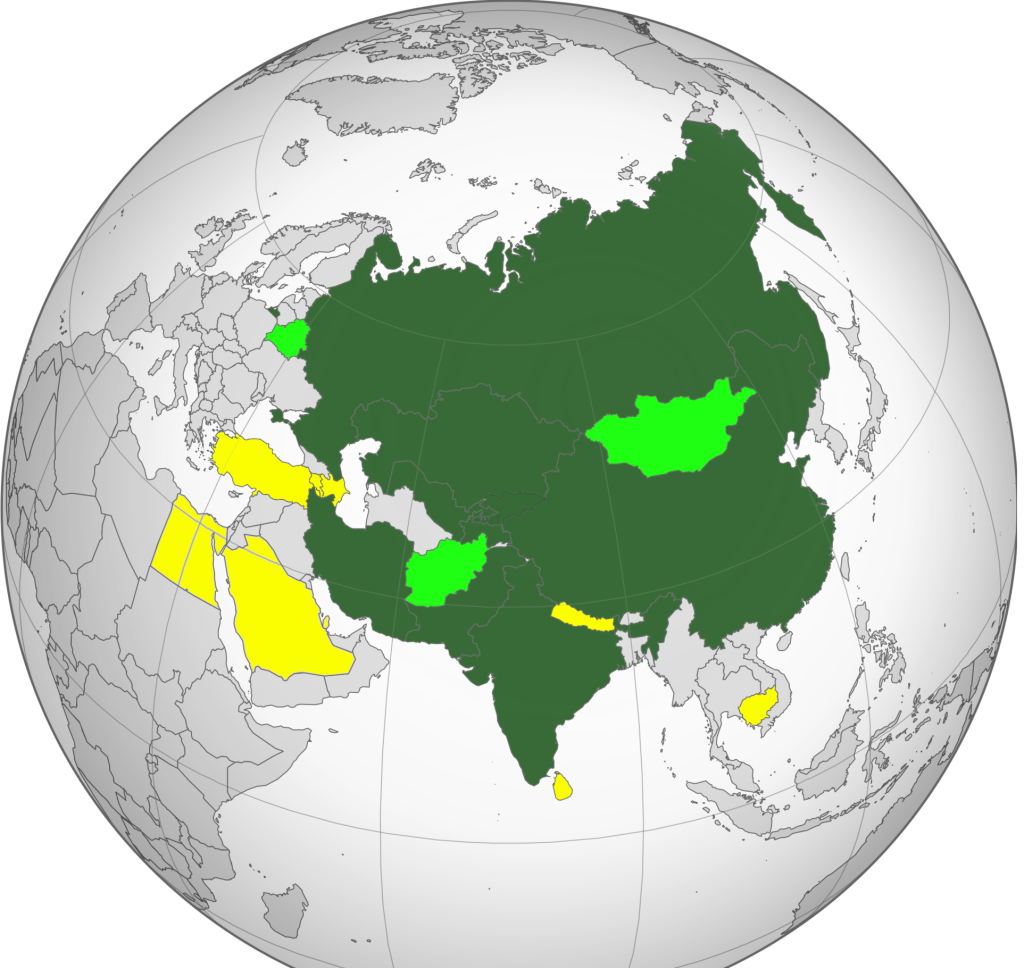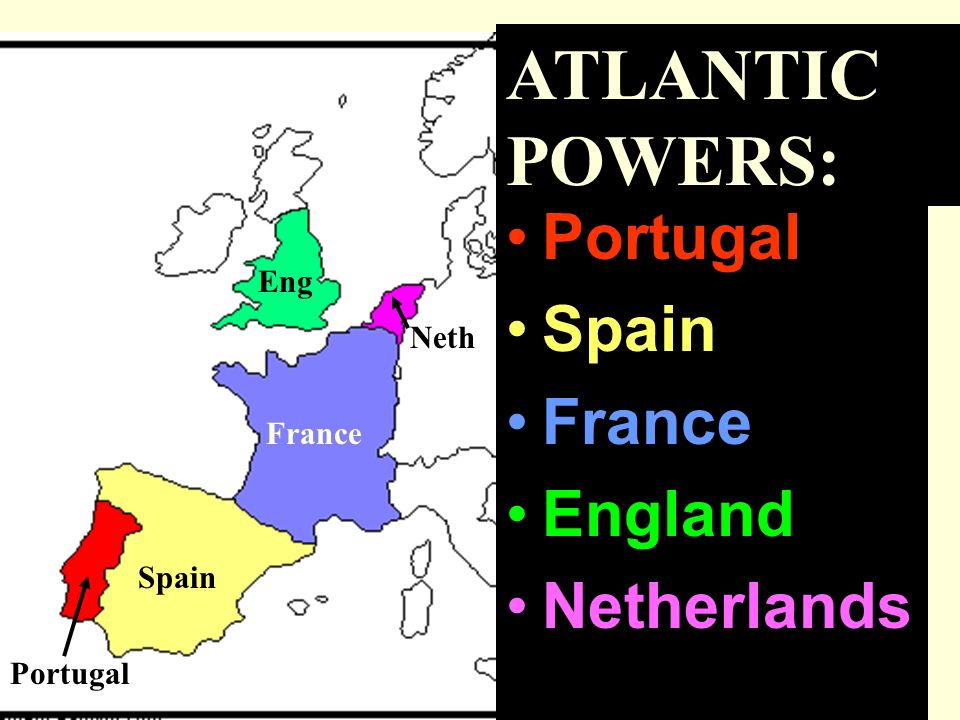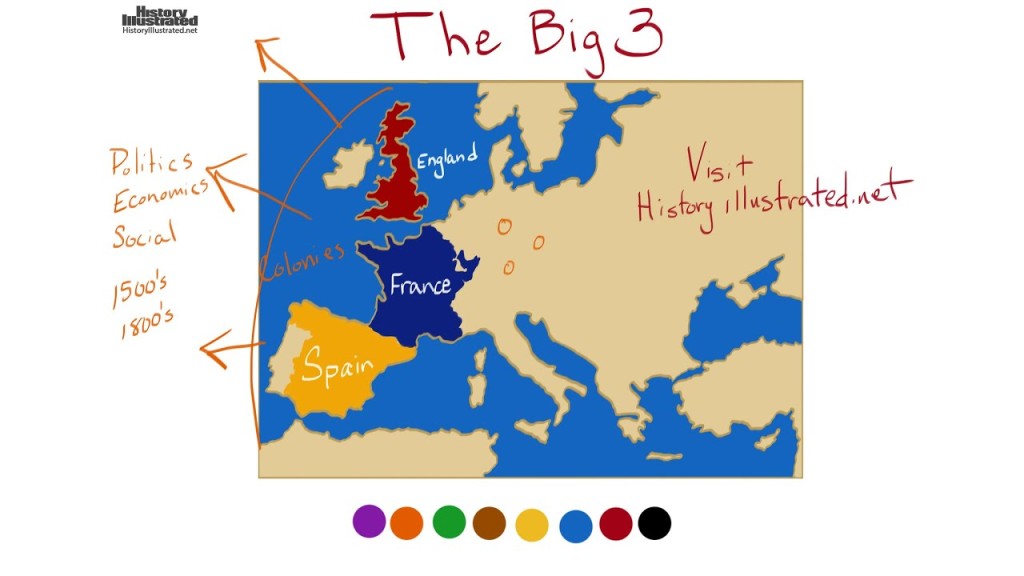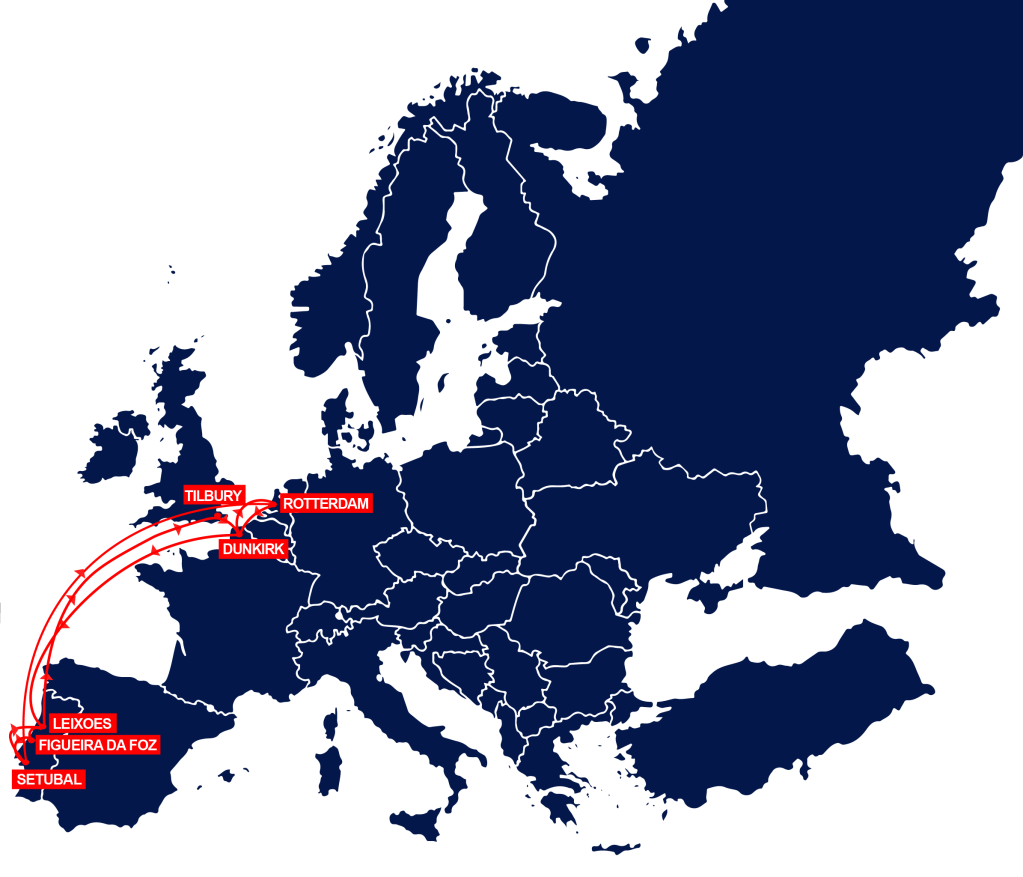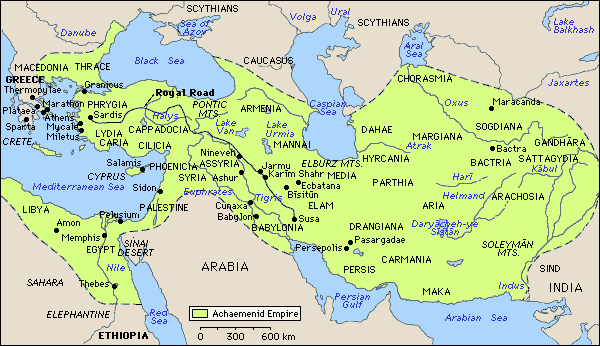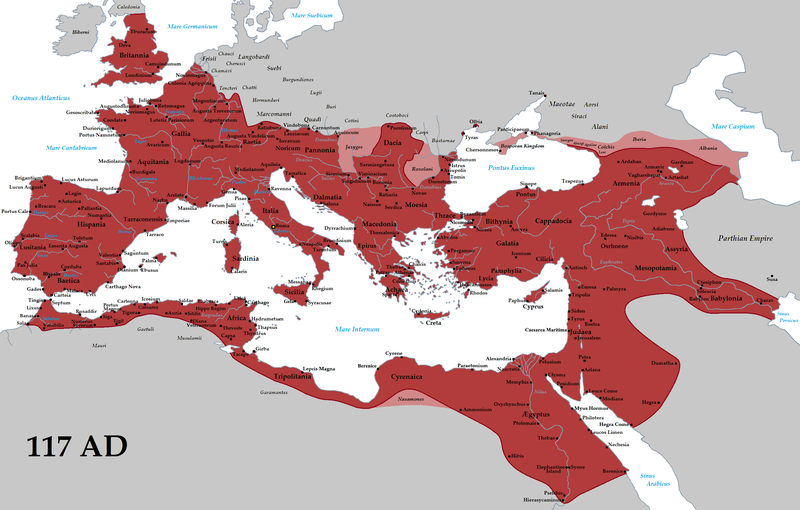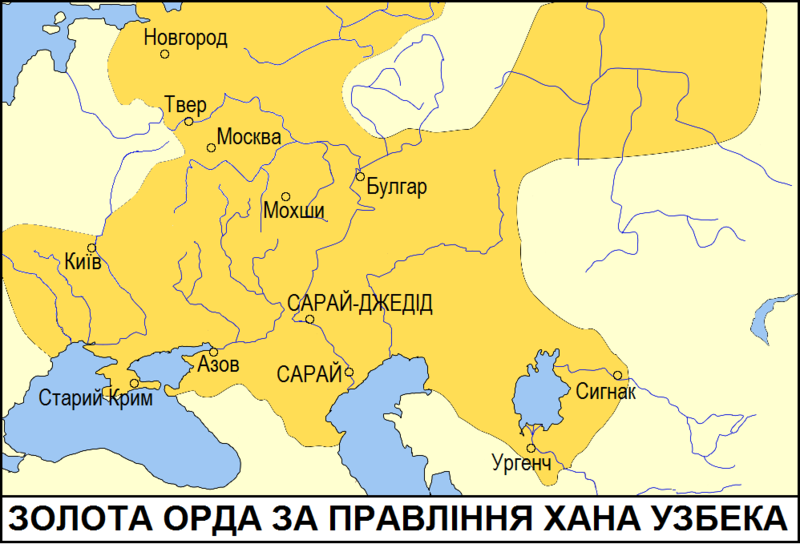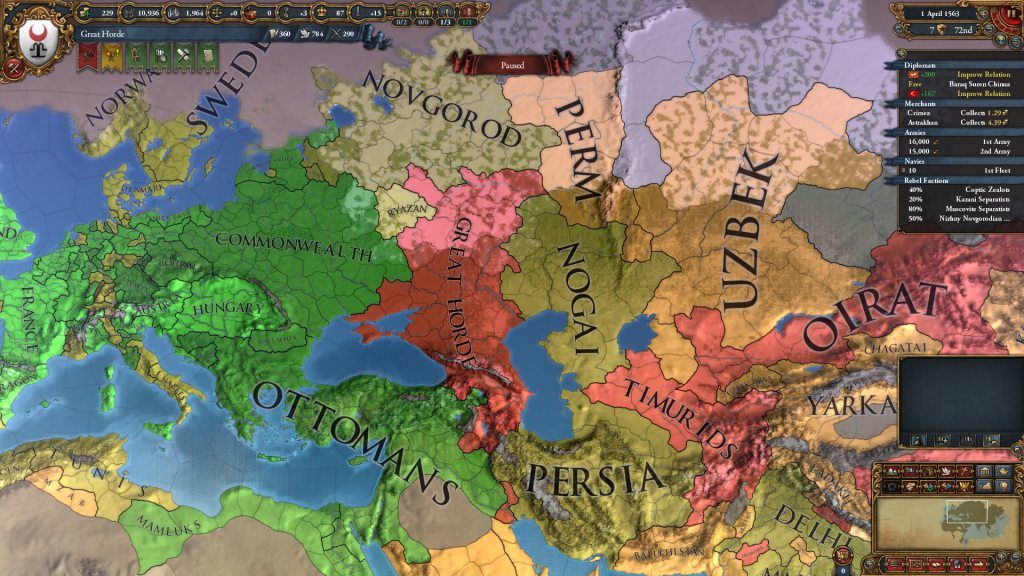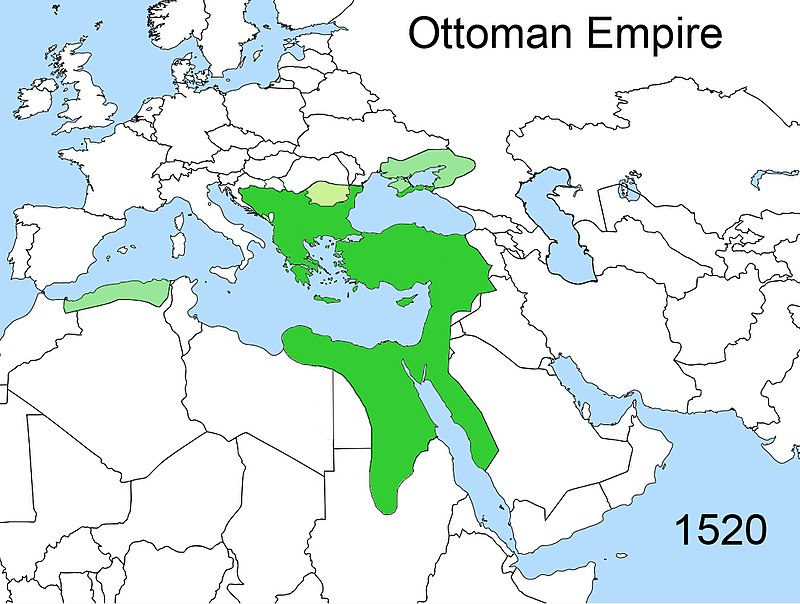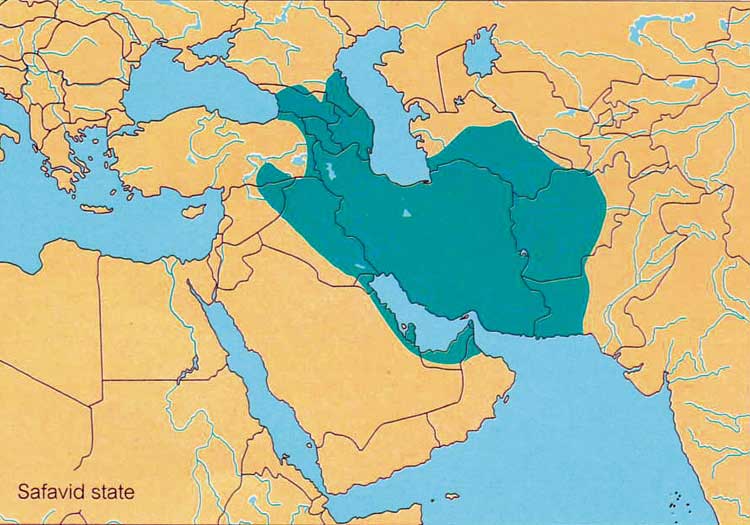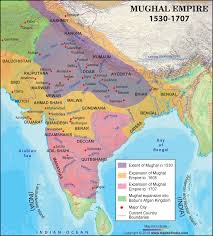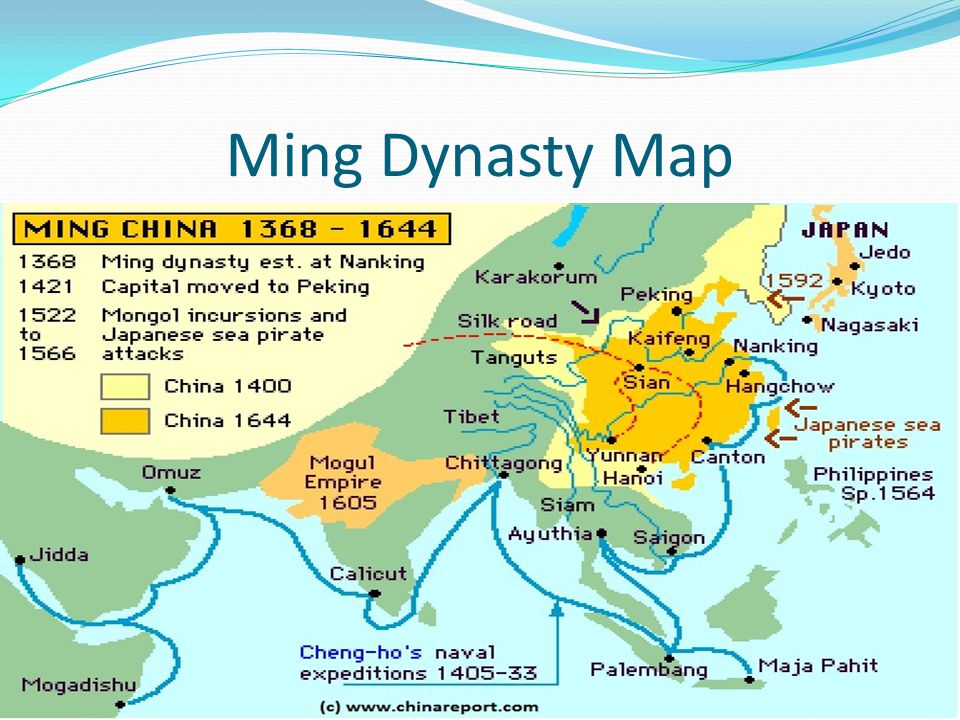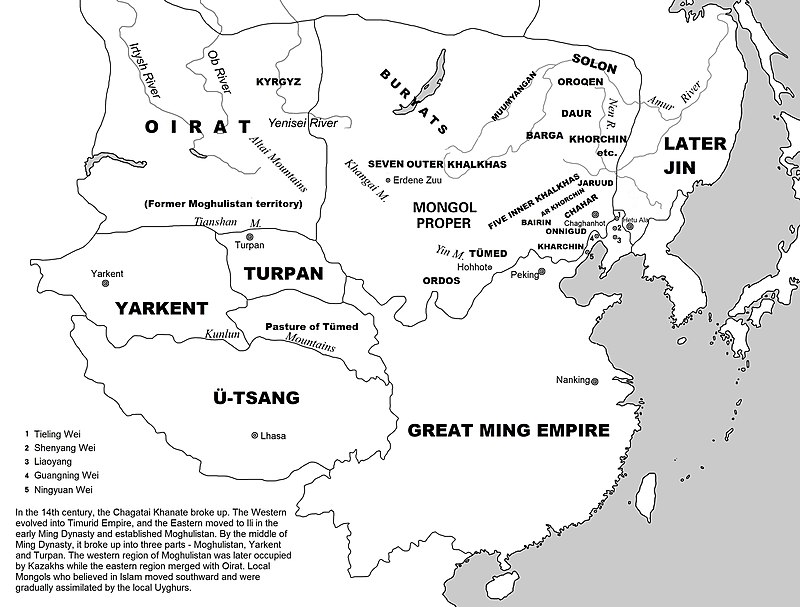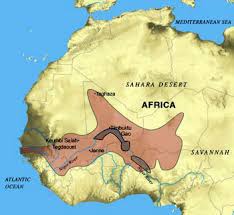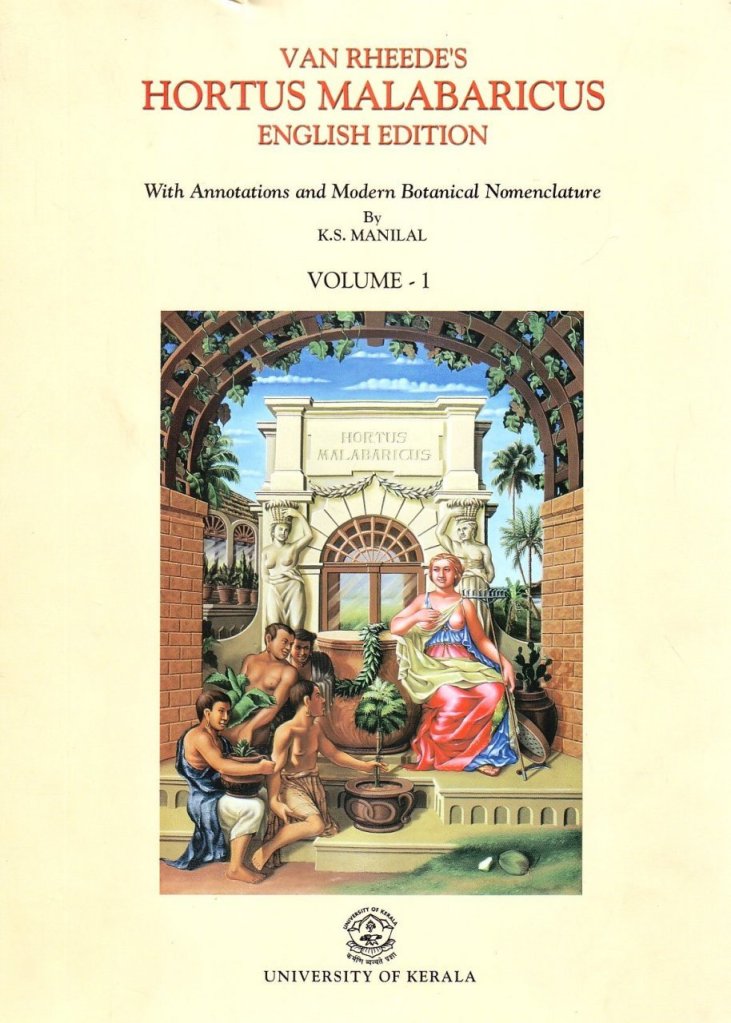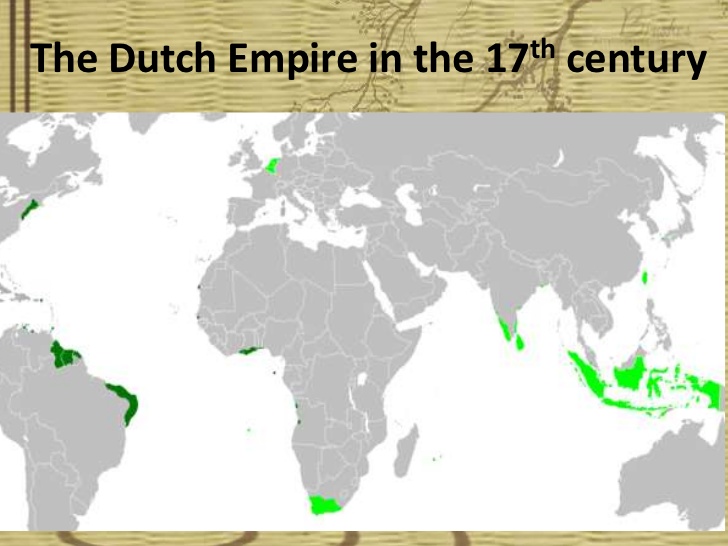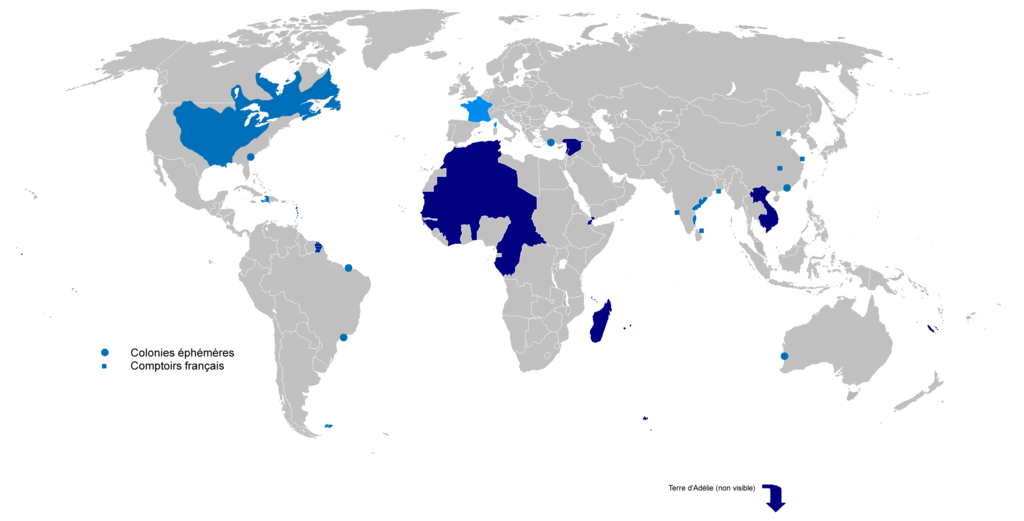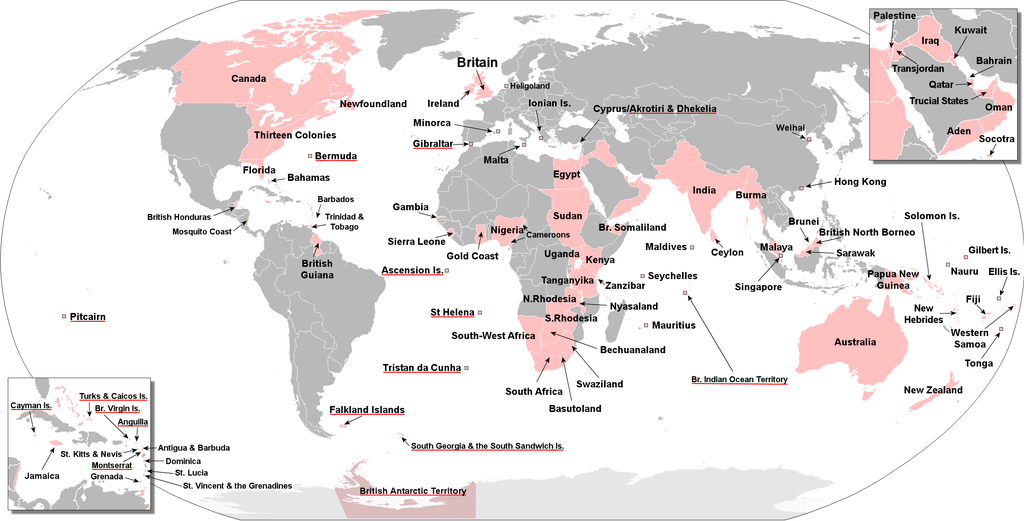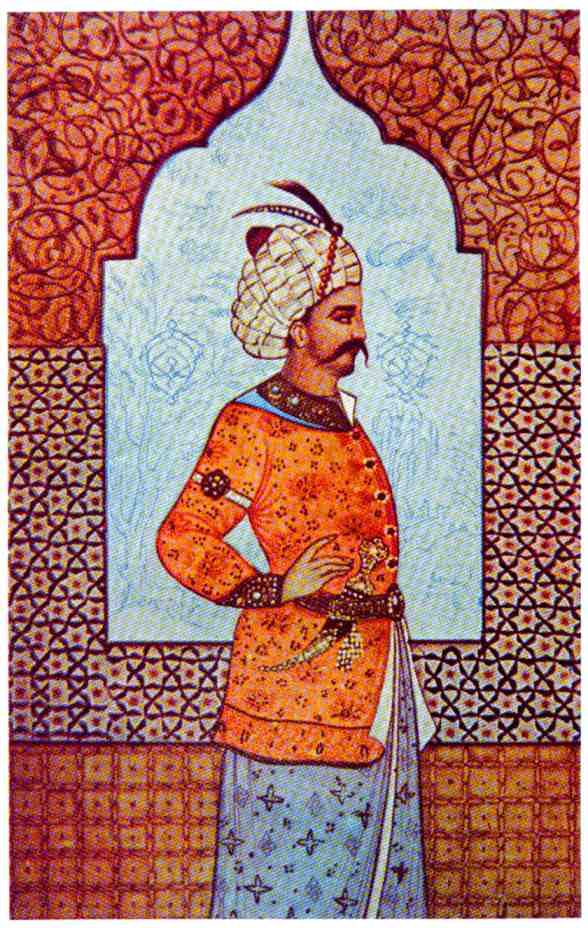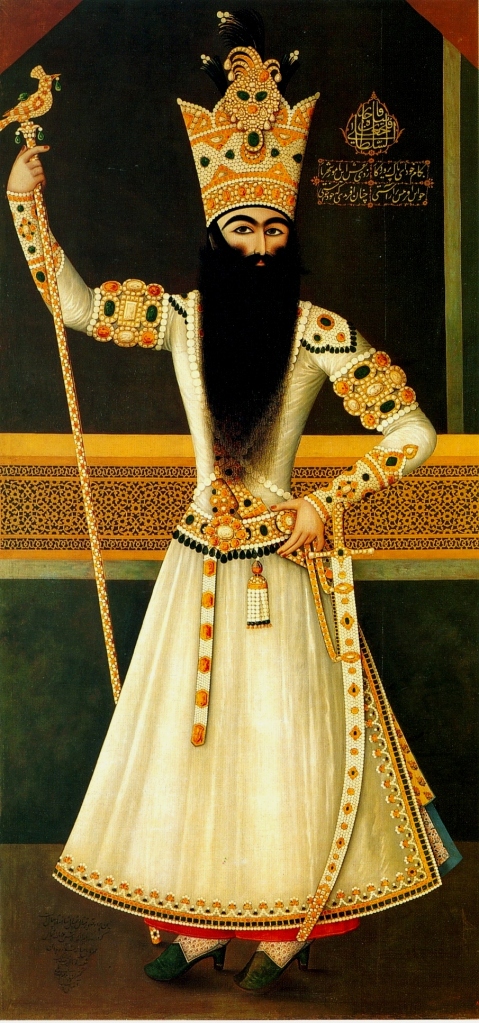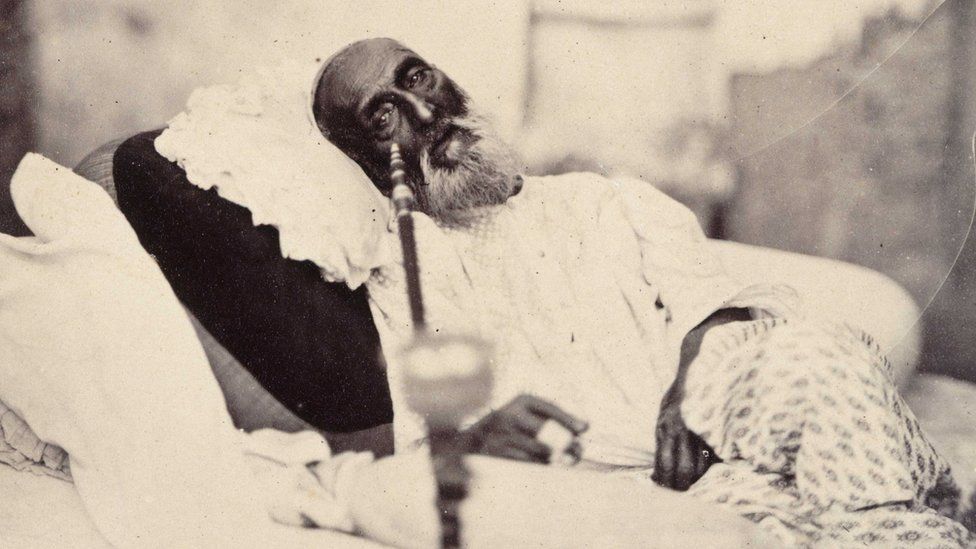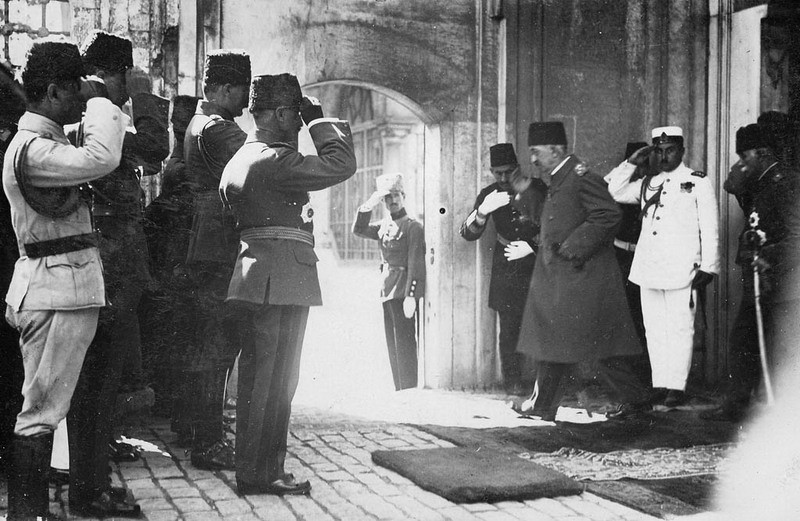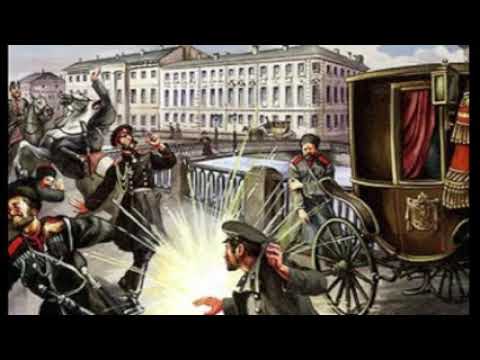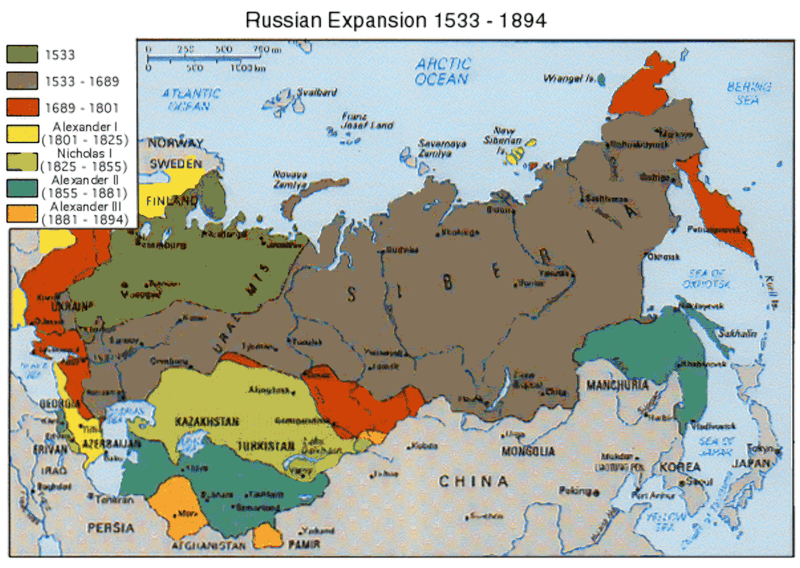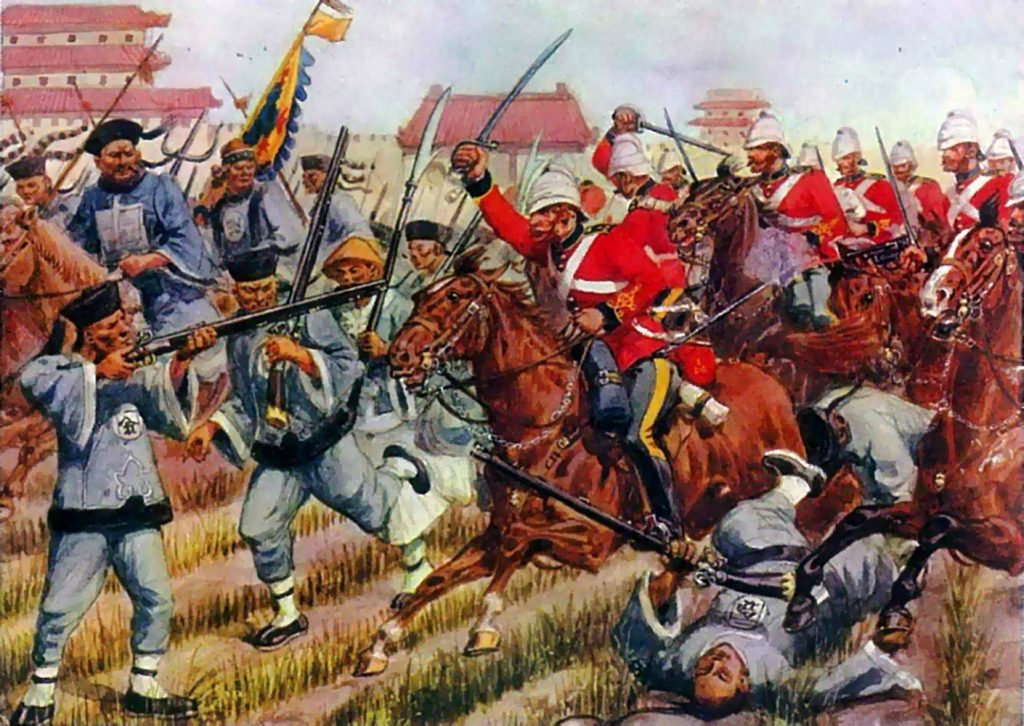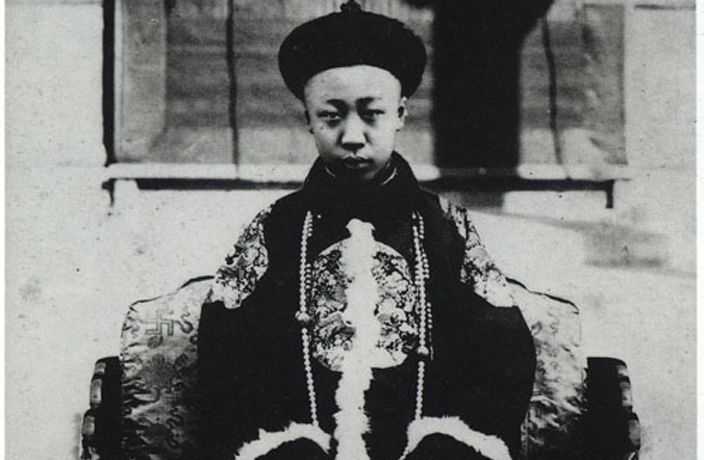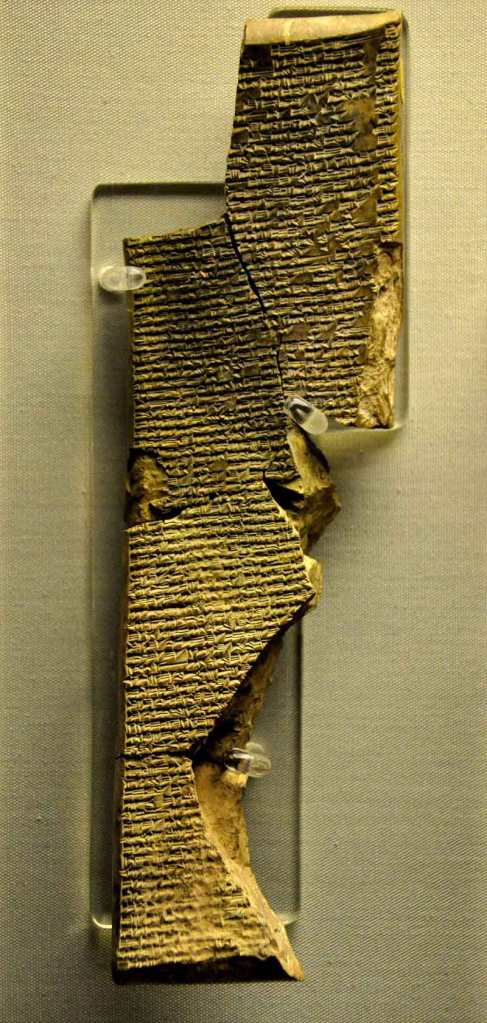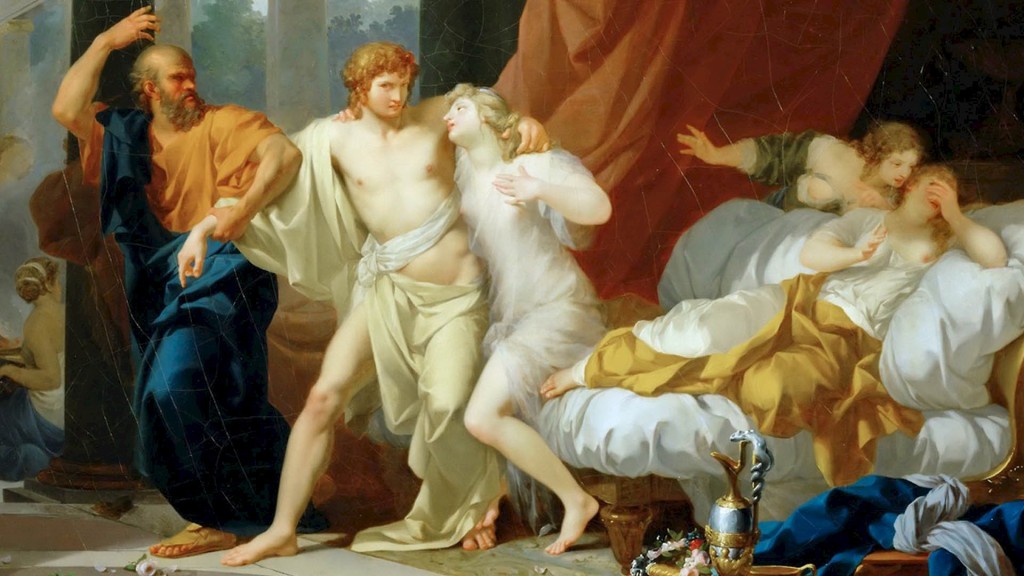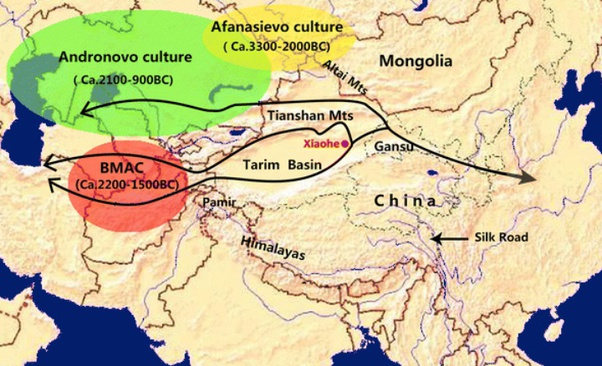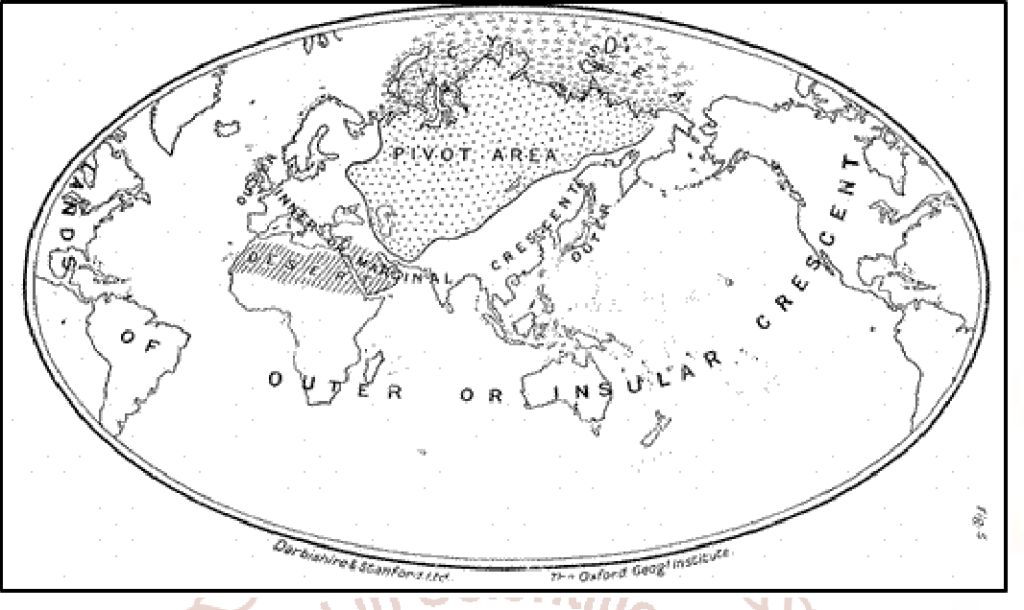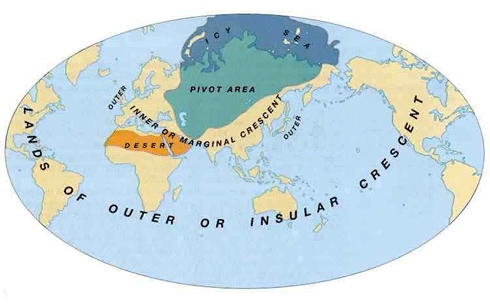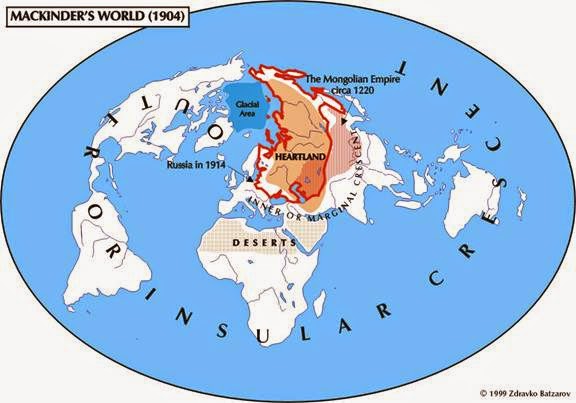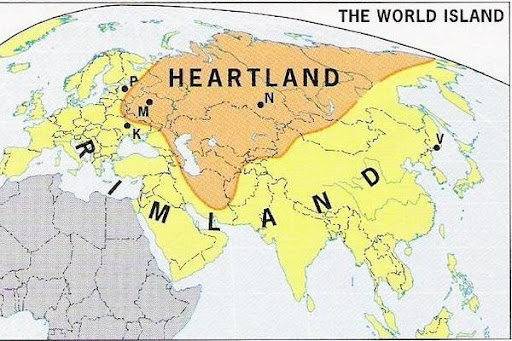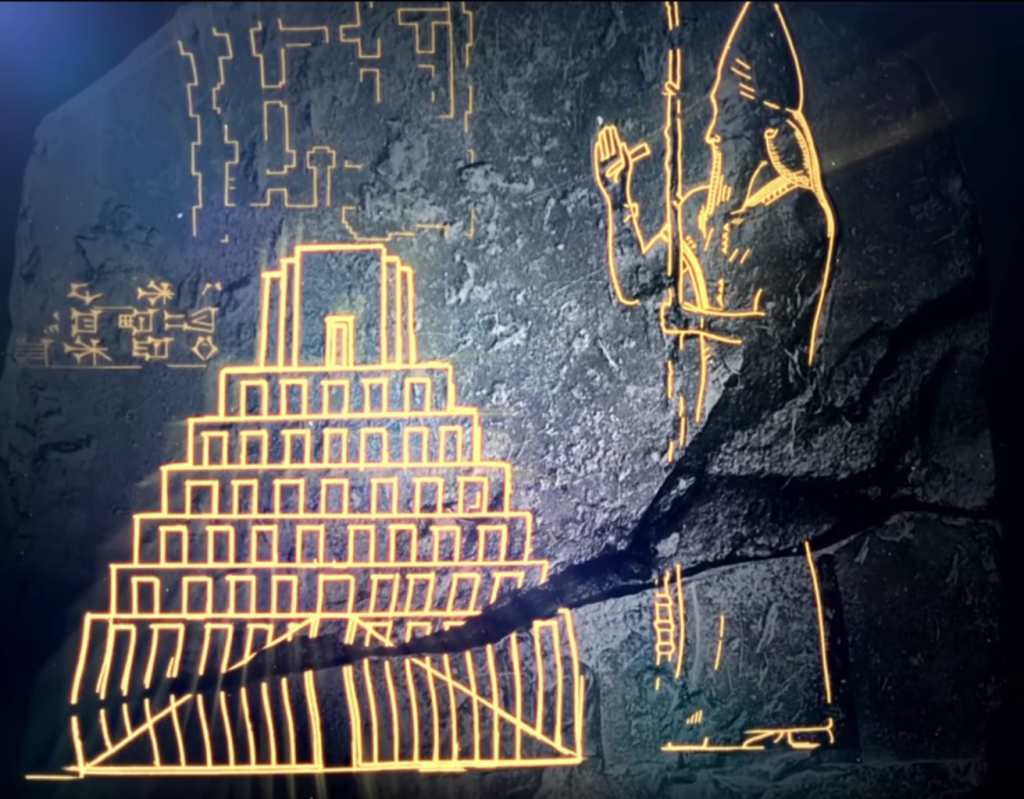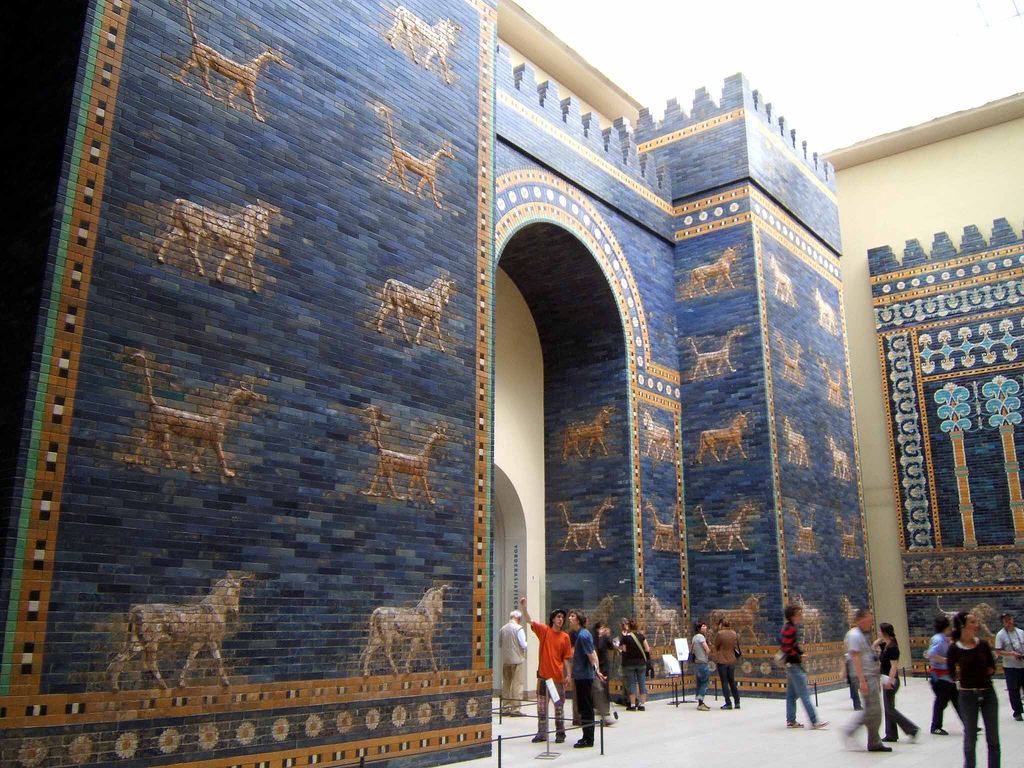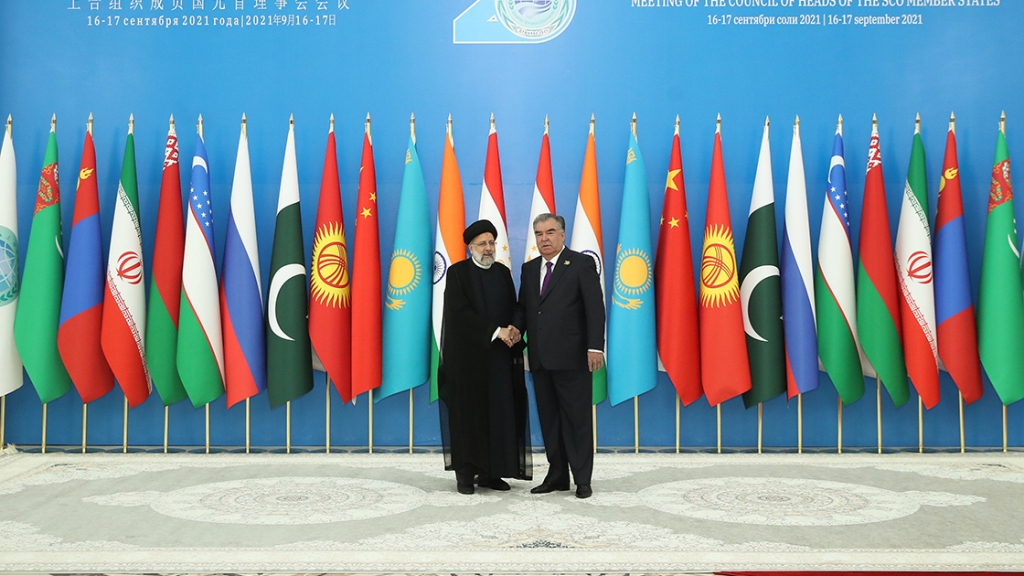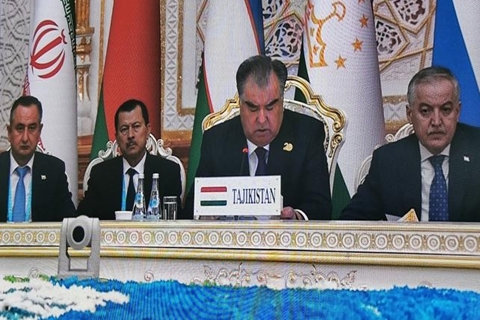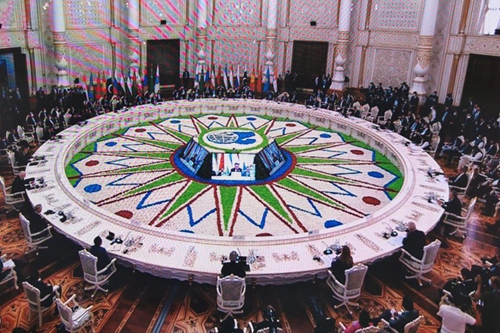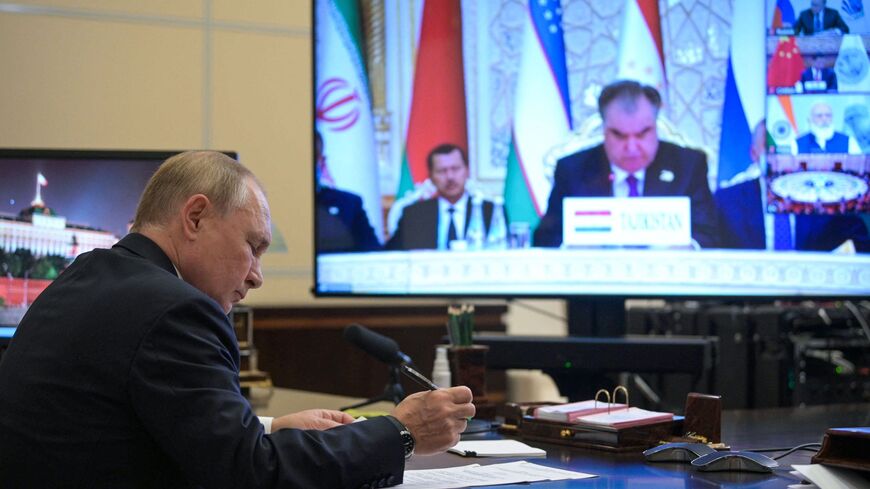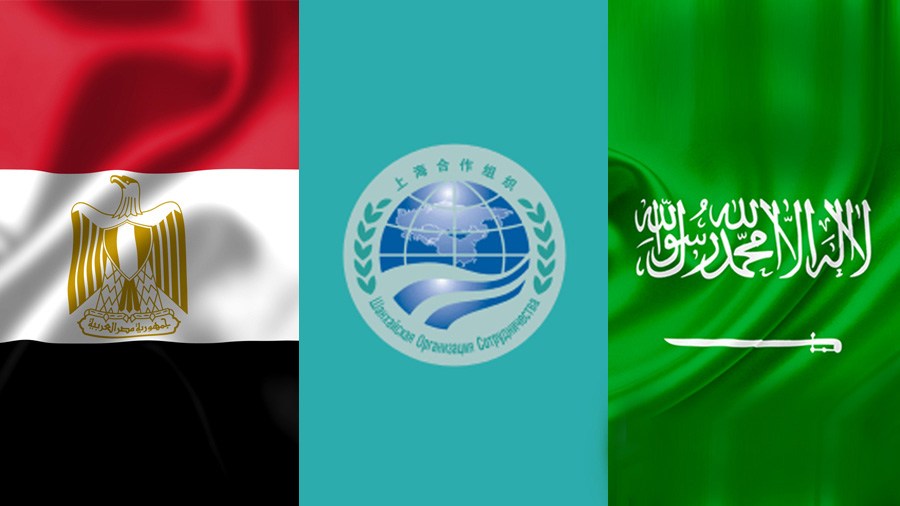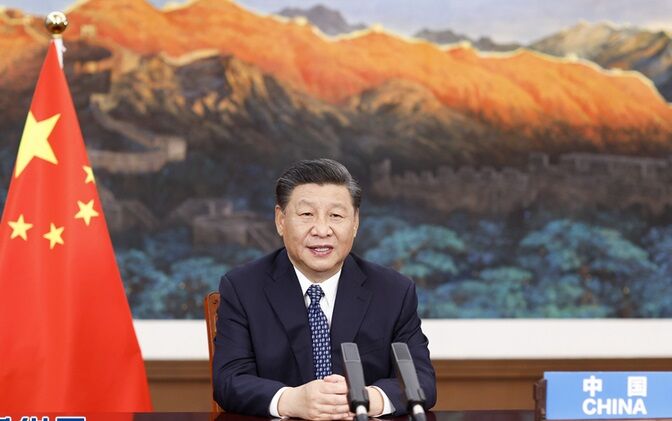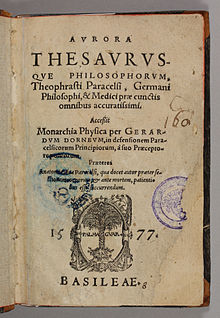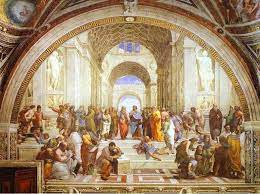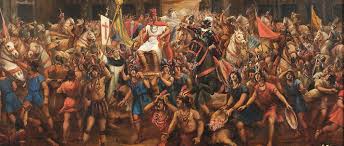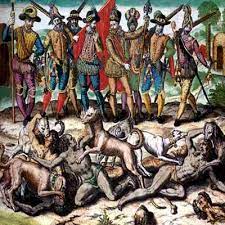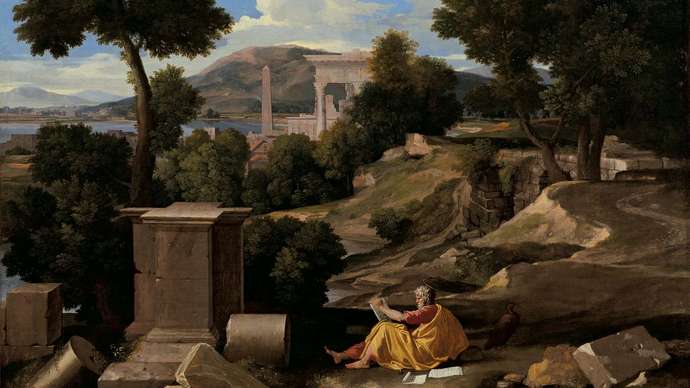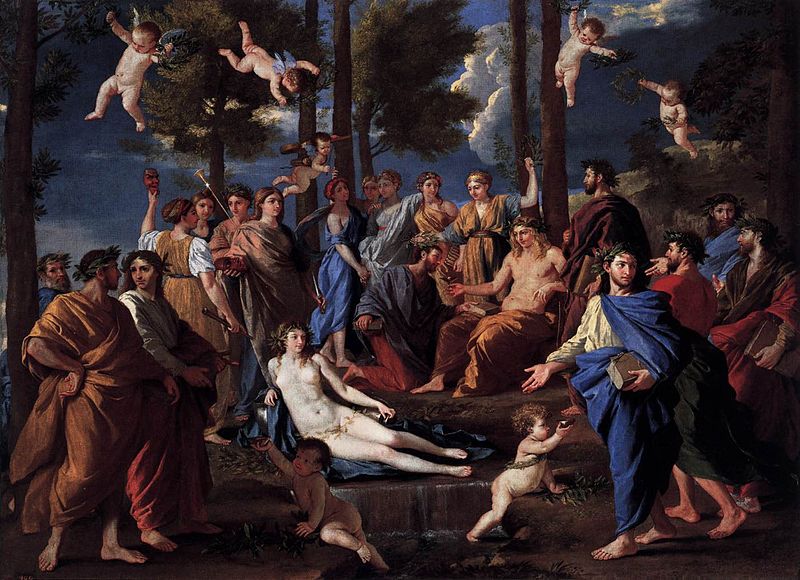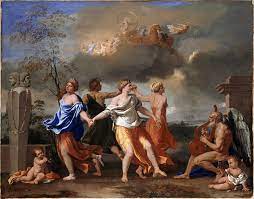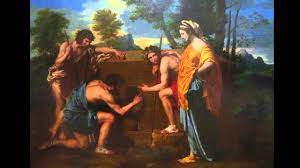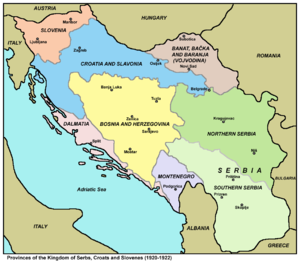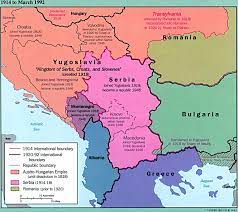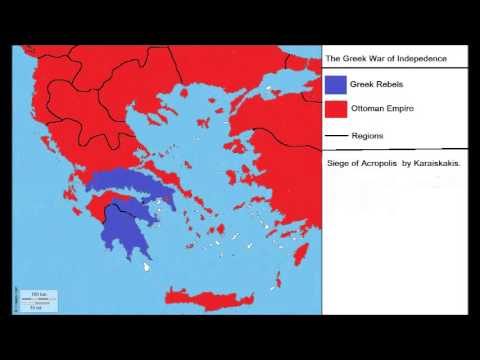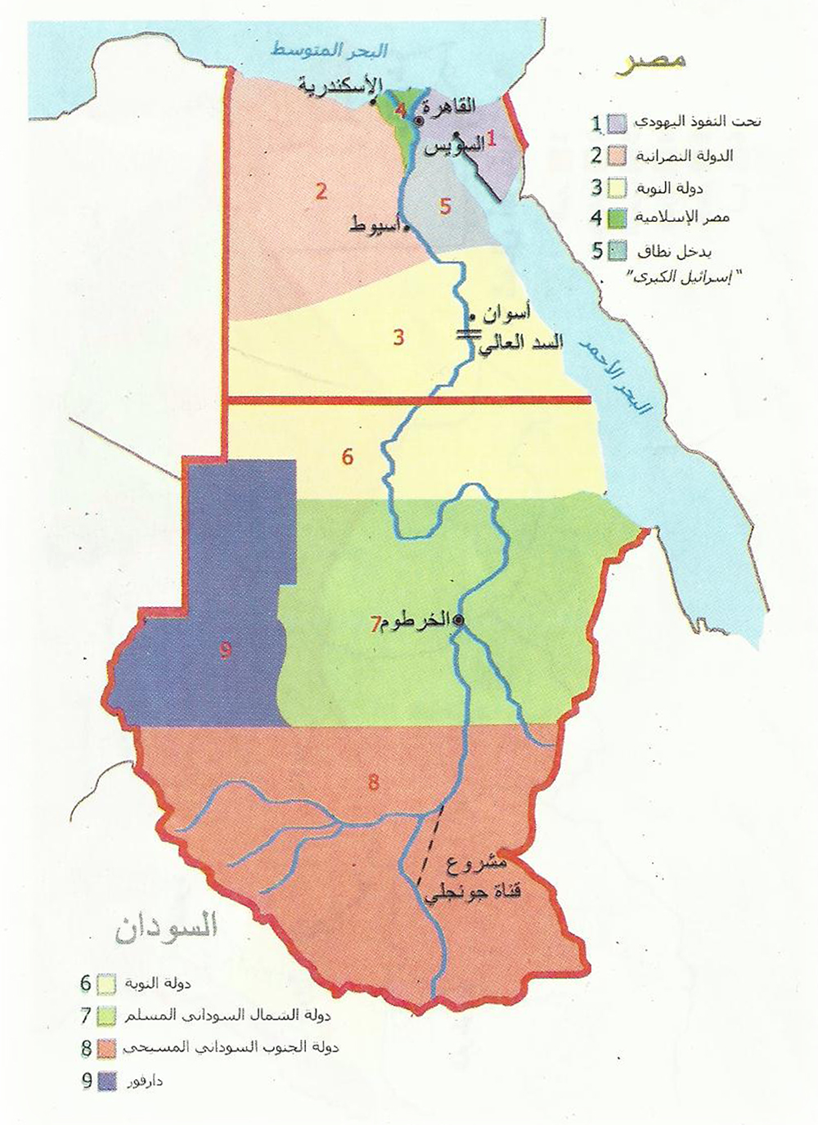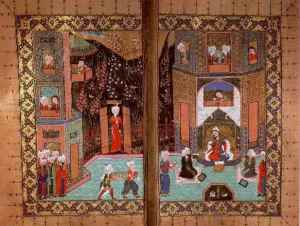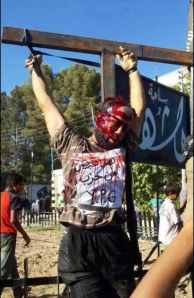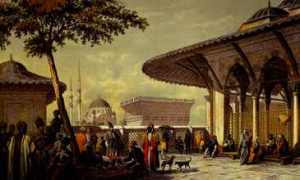Анатолия и Турция: Духовность, мораль, культура, легенда, народная религия, управление, религия, теология и политика
Оглавление
Введение
I. Народная религия, сражения и воины
II. Духовность, мораль, культура, легенда и народная религия
А. Духовность
Б. Мораль
В. Культура
Г. Легенда
Д. Популярная религия
III. История религии: несовместима с западноевропейским манихейским мировоззрением.
IV. Управление, религия, теология и политика
А. Управление
Б. Религия
В. Богословие
Г. Политика
V. Анатолия, Турция, культура, духовность, религия, история и образование
А. Сегодняшние тюрки: они в основном исламизированные восточные римляне на этнокультурном уровне.
Б. Частями национальной души Турции являются все анатолийские цивилизации, культуры и религии.
В. Неоосманизм — антитурецкая паранойя и хитрая западная ловушка против государства Кемаля Ататюрка
Г. Не называйте Анатолийское море «Эгейским морем»!
Д. Восточные римляне и туркменские кочевники: история — это история народов, а не элит или государств
Е. Почему Кемаль Ататюрк мудро закрыл дверь Турции перед уродливым лицом Энвер-паши
а- Тюркские или туранские народы, племена и роды всегда воевали друг с другом.
б- Страны с нерешенными проблемами ничего не получают при слиянии с другими.
в- Пытаясь объединить несколько маленьких стран, вы теряете большую картину и лучший шанс!
Table of Contents
Introduction
I. Popular Religion, Battles, and Warriors
II. Spirituality, Moral, Culture, Legend, and Popular Religion
A. Spirituality
B. Moral
C. Culture
D. Legend
E. Popular religion
III. History of Religion: Incompatible with Western European Manichaean Weltanschauung
IV. Governance, Religion, Theology and Politics
A. Governance
B. Religion
C. Theology
D. Politics
V. Anatolia, Turkey, Culture, Spirituality, Religion, History and Education
A. Today’s Turks are mainly Islamized Eastern Romans at the ethnic-cultural level
B. Parts of Turkey’s National Soul are all the Anatolian Civilizations, Cultures and Religions
C. Neo-Ottomanism is an Anti-Turkish Paranoia and a Subtle Western Trap against the State of Kemal Ataturk
D. Do not call the Anatolian Sea ‘Aegean Sea’!
E. Eastern Romans and Turkmen Nomads: History is the History of the Peoples, not of the Elites or the States
F. Why Kemal Ataturk wisely shut the door of Turkey on the Ugly Face of Enver Pasha
a- Turkic or Turanian peoples, tribes and clans always fought one upon another.
b- Countries with unresolved problems gain nothing when merging with others.
c- Trying to unite few small countries, you lose the greater picture and the best chance!
————————-
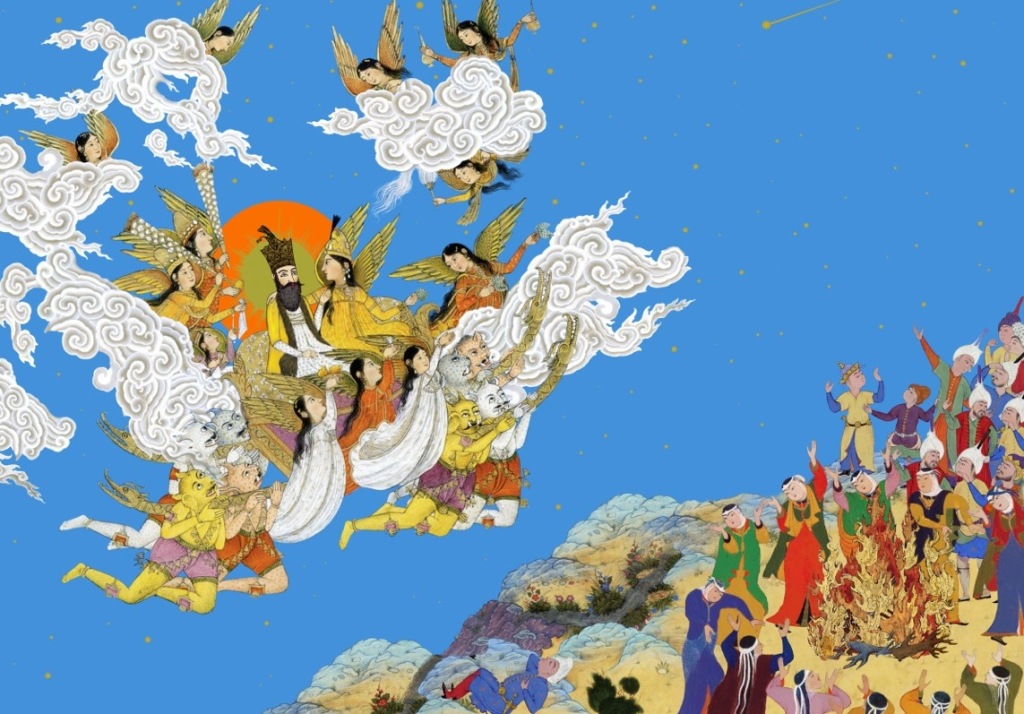
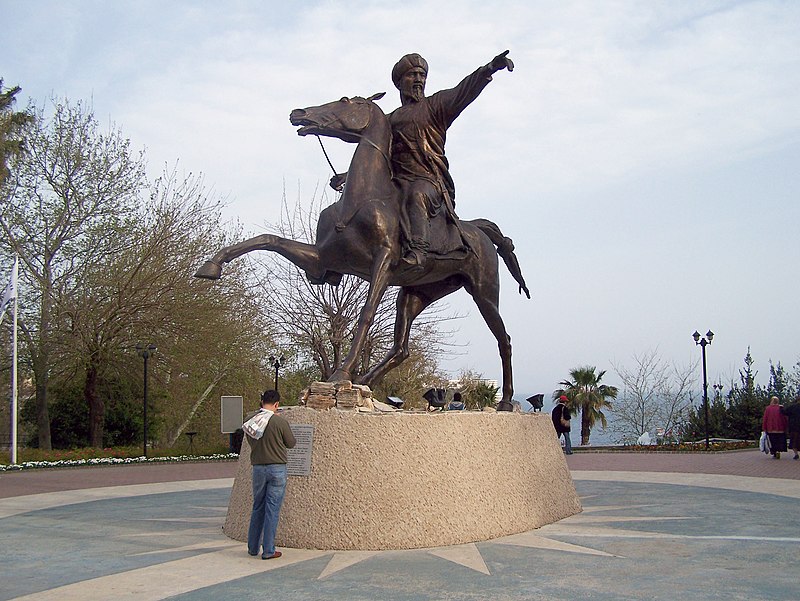
A long response and an article full of definitions …
Introduction
A few days ago, I received an interesting comment sent by an astute reader of my recently published text in which I analyzed the interaction among the following factors: falsified history, fake religion, and perverse education. In that text, I made it clear that this nefarious combination leads to wars serving the eschatological agendas of several secret societies and evil religious Orders, notably the Jesuits.
The title was published under a rather long title as it concerned many countries:
Egypt, Palestine, Syria, Iraq, Iran, Turkey and Greece: False History, Fake Religion and Worthless Education lead to Disastrous Wars to fit an Evil Eschatological Agenda
The text comprised the following units:
I- The Calamitous Structure of Cultural Colonialism
II- Southern Canaan: an Egyptian Territory
III. Wrong Education & Ignorance of Historical Identity can destroy entire countries
IV. National History, not Religion, makes today’s Nations Strong
V. What means National History for today’s Turks?
VI. Between Turkey and Greece, there can only be a Clash between Two Opposite Historical Models.
VII. Muslim Countries without National History will disappear in the Forthcoming Reconquista
VIII. Religion does not liberate Nations! National History and Identity do!
My reader’s comment made me understand that I did not clarify several points and I will now do so, while also responding to the comment. As a matter of fact, even if all the historical data are accurately known to someone, a persisting confusion about several critical terms does indeed generate incomprehension and misjudgment.
Many conflicts, strives, unrests and wars would have been avoided had people not confused terms such as ‘spirituality’ and ‘religion’, ‘moral’ and ‘religion’, ‘religion’ and ‘theology’, ‘governance’ and ‘politics’, and ‘culture’ and ‘religion’. These conditions of the Mankind are presently misperceived, misunderstood, misinterpreted or even ignored, and this dire situation opens the way for people to be subconsciously manipulated up to the point of failing to react against their forthcoming, well-planned annihilation. I will therefore plainly define these terms and also clearly demonstrate how distinct they are from one another, thus offering a better and most accurate understanding of my positions.
——————– Comments made by a reader ————————
Dear Prof. Megalommatis,
The writing style looks mostly ranting, but you have some strong points. I like how you paint the ‘religion’ of a nation as the collective spirit that keeps them alive through the times. I would say that it is very likely that when two populations get into a war in the material plane through kinetic warfare, they also engage in “metaphysical” warfare in the narrative plane. The god of freedom defeating the forces of tyranny only makes sense because the American Revolution and its gods defeated the British monarchy. That is why the revolutionary trope is repeated in so many cultural artifacts of the west. The victory of the sacrifice of Christ over the militant Hebrews only makes sense because the Hellenic-Romans that adopted some Semitic customs took control over the Roman Empire. The militant Jews had a second opportunity with the advent of the Prophet Muhammad as the Semitic-speaking Aramaeans took control over the Middle East.
I guess that what you try to say in this post is that the current historical narrative of Turkey lacks of gravitas to pull traction into its direction, maybe because they take the Islamic faith in full while you advocate for a model where the history of Turkey absorbs all the residents of the Anatolian peninsula. For example, Ankara should take Justinian as its own emperor. Here then rises the challenge of how to explain the Byzantine-Ottoman wars. Are they civil wars? Why do you renounce pan-Turkish in full when the union with Azerbaijan would be fairly feasible?
I believe you are onto something, and I hope my comment helps to further your intellectual quest.
—————————– My response ————————-
Dear Sir,
Thank you for your time and comment!
Yes, your points do help me clarify my position.
Apparently, my writing style varies according to the topic; when I present the History of Kazakhstan, there is no trace of rant. However, when I denounce the falsification of History or another sort of evildoing, my wholehearted denunciation of the iniquity certainly impacts my written expression.
I. Popular Religion, Battles, and Warriors
Your definition of ‘religion’ (or rather what you describe as my way of painting it) and my definition of ‘religion’ are not the same; but they are both very far from the absolutely ridiculous, worthless, vicious and evil understanding of the term that most people, believers (Muslims, Christians, Hindus, Buddhists, Confucians, etc.) and non-believers, have today.
What you say that you like in my way of painting the ‘religion’ (namely ‘the collective spirit that keeps them alive through the times’) is not the ‘religion’, but the ‘popular religion’ or ‘folk religion’. This condition is inalienable to the humans. You can be a human being or a human society without systematic theology and without official religion, but definitely you cannot be a human or establish a human society without a ‘popular religion’ or ‘folk religion’.
‘Popular religion’ or ‘folk religion’ is the cornerstone of every culture and civilization. That’s why today’s criminal forgers and gangsters, who intend to bring about the massive extermination of the Mankind, express paranoid rage, extreme hysteria and nonsensical argumentation in their effort to discredit and to delete ‘popular religion’ or ‘folk religion’ from among human societies. In their worthless ‘definition’ of the term, they even use the adjective ‘pervasive’! Rabid dogs are healthier indeed than the authors of this poisonous text t, which literally speaking was written with the intention to spiritually kill the readers:
“Popular religion as the pervasive beliefs, rituals, and values of a society”
Extremely vicious, false and pathetic is also the related Wikipedia entry: https://en.wikipedia.org/wiki/Folk_religion
Behind this disingenuous attack against ‘popular religion’ or ‘folk religion’ are the Anglo-American gangsters whose forthcoming nuclear extinction will liberate the Mankind from its current slavery. These are the sick and corrupt rascals, who contaminated the Earth with their fake discoveries and evil ‘inventions’. Now, they must disappear along with their Facebook, Metaverse, transgenderism, homosexual marriages, and the rest of their diseases and anomalies.
What you say about the clash of two populations is essentially true:
“When two populations get into a war in the material plane through kinetic warfare, they also engage in ‘metaphysical’ warfare in the narrative plane”.
You mean ‘spiritual’ warfare; I personally never use the false term ‘metaphysical’. In reality, it is meaningless, confusing and erroneously produced: Aristotle wrote a text without title. It concerned his understanding about the spiritual world; when this text was copied in the libraries of the Late Antiquity (in Turkey’s Antioch or Egypt’s Alexandria), it was written (on the papyri) after another text written by Aristotle that concerned his observations of the material (or natural) world. Christian monks, who copied these texts later (either in the Eastern Roman Empire or in pseudo-Christian Western Europe), named the former ‘Physica’ (i.e. ‘about the natural world’ / it has nothing to do with ‘Physics’) and the latter ‘Metaphysica’ (lit. «text written after the ‘Physica’»).
As you see, the original use of the 3-word phrase (in Greek: Μετά τα Φυσικά) has nothing to do with the contents of the text, but merely denotes its location in the papyrus (‘after the text about the natural world’). Only later, the contents of the text (about the spiritual world) gave another meaning to the word ‘Metaphysica’ and, at a later stage, the word ‘metaphysics’ started being used to describe all references to the spiritual world. It is therefore advisable to avoid using this term.
What you write about a 2-level war during the battle time, namely the material and the spiritual planes, is correct, but it does not happen always at the same scale; it depends on the degree of the national spiritual consciousness that the fighters have during the battle. It also hinges on the degree of sincerity that the fighters (from both sides) have in their respective faiths. In any case, the issue of each and every battle is a complex matter to study, if you truly want to be fully aware of what actually happened there.
Never forget that a battle is engaged between two armies; every military force is composed of human beings; and every man’s thoughts, feelings, emotions, desires, passions, fantasies, imaginations, and even delusions are expressed at all levels: material (physical), mental-sentimental (lower spiritual – also known as ‘astral’), and spiritual. Sometimes, a warrior’s imaginative skills, particularly when making parallels between himself and legendary heroes (such as Rustam or Fereydun) can do wonders, because they activate spiritual forces of what you call ‘the collective spirit’. I would not describe it like that, although the terms are not wrong, but it is clear that you refer to an existing spiritual entity (in the case of each community or population or nation).
Contrarily to what you say (“the collective spirit that keeps them alive through the times”), the spiritual entity of a community or nation does not ‘die’; it continues existing and has evidently its own History, because it affects and impacts in many different ways
a- the remnants of a defeated nation after the collapse of a state, kingdom, etc.;
b- the amalgamated population that may have come out of intermarriages between the rest of a vanquished population and the invaders/newcomers;
c- the settlers, who arrived in a specific land, which had been earlier populated by another population of which none survived; and
d- later incomers, who may have settled in the same land many centuries after the early disappearance of the first inhabitants.
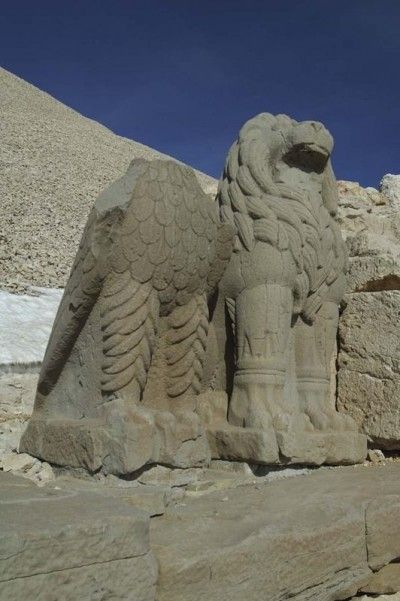
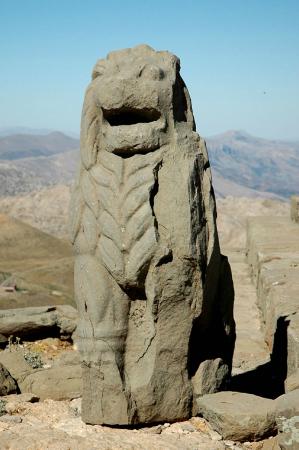
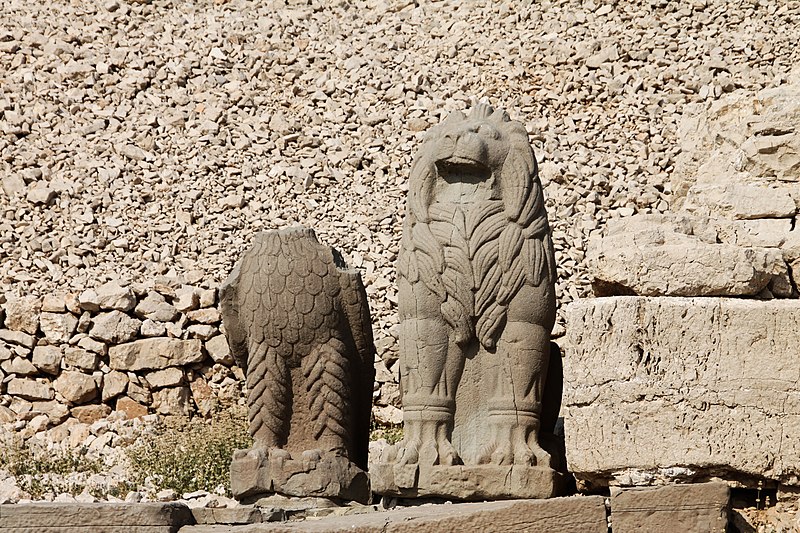
Typically Hittite artistic traits in the statues of lions and eagles at Nemrut Dagh (Mountain) peak sanctuary (62 BCE), more than 1100 years after the fall of the Hittite Empire and more than 600 years after the Assyrian invasion of the Neo-Hittite kingdoms, and the subsequent assimilation of the Neo-Hittites into the Aramaeans.
———————————————-
Similar developments are not always visible – to the greatest chagrin of modern materialist and atheist scholars who cannot comprehend the diverse ways by which numerous concepts, visions, designs, beliefs, traditions, eschatological faiths, and artistic designs are passed on from one nation to another. Typical examples in this case, as far as Anatolia is concerned, are
i- the absolutely Hittite design of the statues of lions and eagles in Mount Nemrut peak sanctuaries, and
ii- the typically Hittite concept of the Antichrist rising from the sea (Revelation 13), which originates from the Hittite eschatological epic Ullikummi.
(Myth and Apocalypse from the Hurrians and the Hittites to the Revelation of John; speech given at New Acropolis Organization, Callithea-Athens, 24 November 1990 – https://www.academia.edu/86352434/Μύθος_και_Αποκάλυψη_από_τους_Χουρίτες_και_τους_Χιττίτες_ως_τον_Ιωάννη)
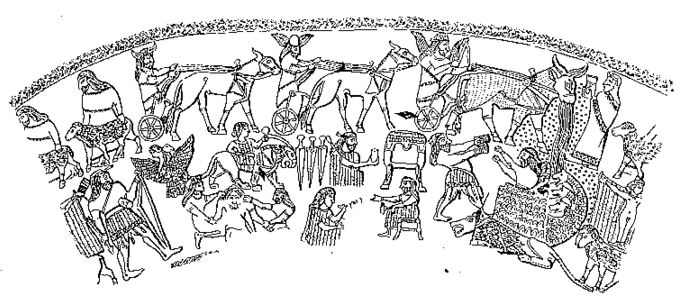
Representation of Ullikummi rising from the sea, found on a golden cup from Hasanlu (NW Iran) – lower part, right side
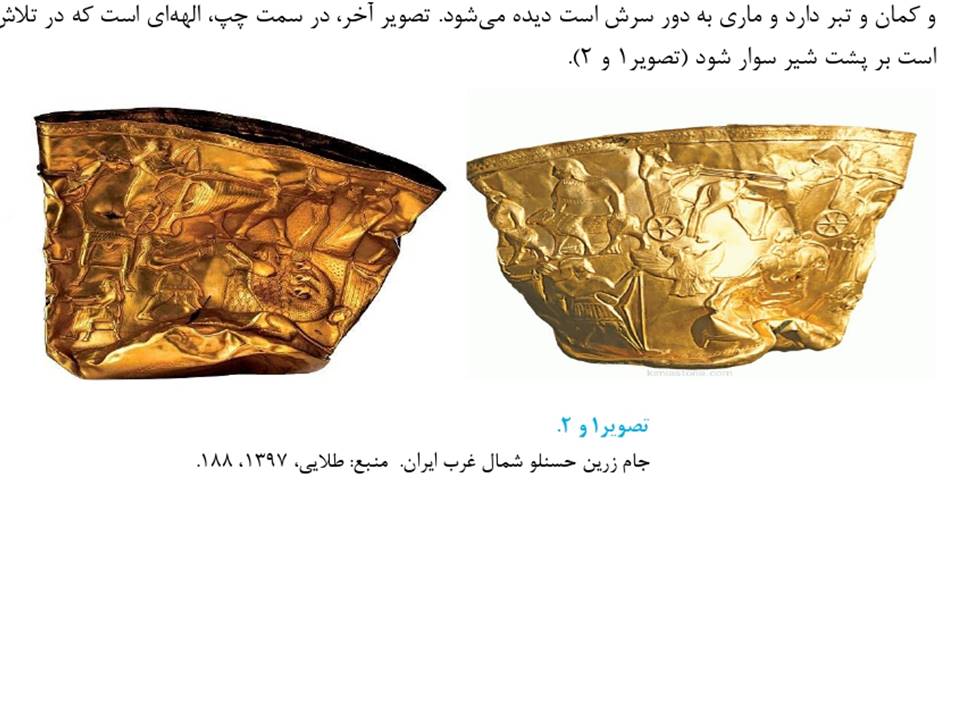
Picture taken from the article of چنور سیدی and فاطمه سیدی:
تحلیل ریختهای اسطورهای در نگارۀ جام زرین حسنلو (عصر آهن) بر اساس رویکرد منظومه شبانه و روزانه ژیلبر دوران
—————————————–
There is therefore, at this point, an evident need for several definitions of terms that we use in our conversation.
II. Spirituality, Moral, Culture, Legend, and Popular Religion
A. Spirituality
Spirituality is not identical with religion; it is incommensurately higher than religion.
DEFINITION
Spirituality is the ability of the human being to establish sensible connection among his soul (spiritual entity), his heart, mind and solar plexus (lower spiritual entity or ‘character’), and his body (material entity). Spirituality is not a theory, a thought or a consideration; it is a practical exercise involving spiritual effort to utilize the body and its electromagnetic flows for a certain purpose either at the spiritual or the material level.
The results of spiritual exercises bring forth the comprehensive synergy of the human individual’s three parts and the materialization of what today’s average people would call ‘miracles’. Spirituality allows humans to enter in contact with spiritual entities of all created hierarchies; its cardinal importance can be assessed if one takes into consideration that only through one’s soul (so spiritual entity) can one person contact or fathom the Creator. Spirituality does not exist without incessant praise of God, endless thanks for His misericord, glorification of His attributes, and complete devotion to the Moral principles and standards which make the spiritual-material synergy possible.
Modern definitions of the term ‘spirituality’ are rather materialistic like that of the Oxford dictionary: ‘the quality of being concerned with the human spirit or soul’ (https://www.oxfordlearnersdictionaries.com/us/definition/english/spirituality).
The Wikipedia, among other rather confusing statements, offers a partly correct definition of ‘spirituality’: ‘a process of re-formation which aims to recover the original shape of man oriented at the image of God’. Although this is true, the definition does not make it clear that this is a practical endeavor. During this process, every apprentice carries out many exercises in order to sense, familiarize with, and streamline the electro-magnetic fields of his body in view of a better synergy among his soul, character and body.
However, in the same entry, the definition involves several absolutely mistaken statements: this process is described as ‘religious’, which is extremely wrong and very confusing. Irrespective of his own religion, any person can practice spiritual exercises, because the ability for this is inherent to humans from the Creation and totally unrelated to ethnic, linguistic or religious differences. However, this very ability is highly conditioned by Moral, and persons living in immorality or amorality are de facto incapable (and also unwilling) to re-connect with their soul. In the same definition, spirituality is confused with religion for a second time, when it is stated that spirituality was exemplified by the founders of religions. https://en.wikipedia.org/wiki/Spirituality
‘Founders of religions’ is an entirely modern misconception, an evil forgery, and a viciously treacherous term fabricated only to spread confusion; there have never been ‘founders of religions’. The identity of the persons, who are called like that, is other: they are prophets, false prophets, eventually founders of an organization, but not of religion. Religion is certainly very different from spirituality, but it is not an ‘office’. Only offices, companies, institutions and organizations can be founded. I will further expand when defining religion.
Spirituality has nothing to do with philosophy, which is a theoretical, not practical, effort to grasp the truth, to make real wisdom out of it, and to describe some of the spiritual world’s facts, situations, conditions and developments in human language (up to the very limited extent that this is possible). Philosophy is a minor and low mental activity, always viewed as profane by high priests, ancient scientists, spiritual masters, and mystics; a philosopher is a man who talks uselessly, because even if he understands, he does not feel or sense the realities he speaks about.
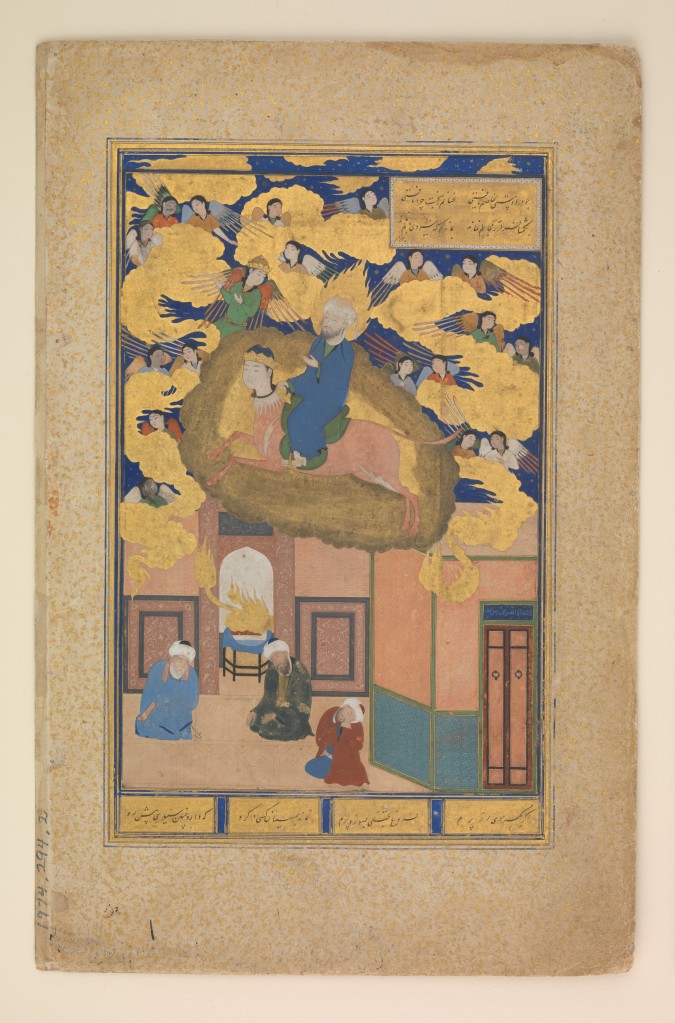
Israa and Mi’raj of prophet Muhammad depicted on a manuscript of the famous opus ‘Bustan and Gulistan’ of the 13th c. Iranian poet Saadi (Calligrapher Sultan Muhammad Nur; date: 1525-153; Folio 3v, The Metropolitan Museum of Art
————————————————-
Quite contrarily, a mystic is a man of action, able to reveal to his disciples the unfathomable realities of the spiritual world and the way to perform while in synergy with their soul. Describing the method of spiritual action, narrating in detail the various spiritual exercises, writing in detail about the spiritual world is an oddity of our time; in the Antiquity, this was absolutely impermissible as it was viewed as a profanity and a blasphemy. Apparently, you cannot reveal the spiritual truth to the vulgar infidels who live in compact materialism, paranoid rationalism, absurd utilitarianism, and other mental-sentimental-intellectual diseases.
Within the context of the Islamic world, spirituality was uniquely embodied by prophet Muhammad and his spiritual experience, notably the nocturnal journey and the ascension (al Isra’ w-al Mi’raj) and the revelation of the Qur’an. Since Islam (i.e. the correct attitude of a human toward God) did not start with prophet Muhammad (it was actually only spelled out more analytically thanks to his recitations and his revelations/explanations), spirituality was also exemplified earlier by all previous prophets, starting with Adam. Spirituality was concretized in the exercises and the teachings of Hz. Ali ibn Abi Taleb, his sons and his descendants; the same concerns several mystical orders of the Islamic world (notably the Mevlevis, the Safavis, the Bektashis, and many others), which tried to preserve the cherished practices until they progressively lost them due to the decay that spread throughout the Muslim societies.
B. Moral
Many people make the mistake to exclusively associate Moral with religion; this is wrong. Equally mistaken is the effort to associate Moral with philosophy. Modern definitions of Moral basically relate to the ‘standards or principles of good behaviour’ (https://www.oxfordlearnersdictionaries.com/definition/english/moral_2) or to ‘a body of standards or principles derived from a code of conduct from a particular philosophy, religion or culture, or it can derive from a standard that a person believes should be universal’ (https://en.wikipedia.org/wiki/Morality).
These approaches and interpretations fail to explain why mystics and prophets have always been necessary to appear every now and then to call societies to the correct path. Although it is undeniable that priests specified the correct moral standards for their adepts to follow and philosophers examined almost every issue pertaining to the principles of Moral (or Morality), it is clear that neither religion nor philosophy can be taken as the true source of Moral.
Modern scholars have anxiously attempted to find the origin of the moral values in the organization of the early societies, but this approach is inherently ideologized as it merely reflects militant evolutionism, Darwinism, materialism, agnosticism and atheism. Actually, it cannot be taken into account, particularly in the light of so many sacred texts and holy traditions, as per which the code of moral behaviour is entirely divine.
On the other hand, all people acknowledge that, in reality, Morality is synonymous with ‘goodness’ or ‘rightness’; this helps us understand that the origin of every moral order is the spiritual universe, which is also called the ‘divine world’. In fact, the inherent freedom that the Human Being enjoys since the Creation and, in parallel, the existence of the fallen angels, have produced the double reality of moral and immoral standards, therefore subsequently generating the possibility of the human being to choose for either ways. In fact, these two categories reflect the prevailing situation in the spiritual universe: the Divine Ideas and the lack thereof. Noticeably, it was early known to Ancient Egyptian, Sumerian, Assyrian-Babylonian sacerdotal colleges, mystics and spiritual masters that the Creation of the World hinges on the axe of the Being and the Non Being. At the material level, this means that immorality is a form of denial of one’s own existence.
The association that religion and philosophy have with Moral only corroborates the inherent (in every human) quest for the ‘good’ and the ‘right’ within the context of a fallen world.
DEFINITION
We can therefore conclude that, in reality, Moral is the inherent code of the Creation that must never be breached by any human being; in fact, every person’s conduct in life must be in agreement with the -common to all- moral standards. Spirituality (synergy between the soul, the character and the body) is the only way for humans to pertinently identify the moral standards that they must follow.
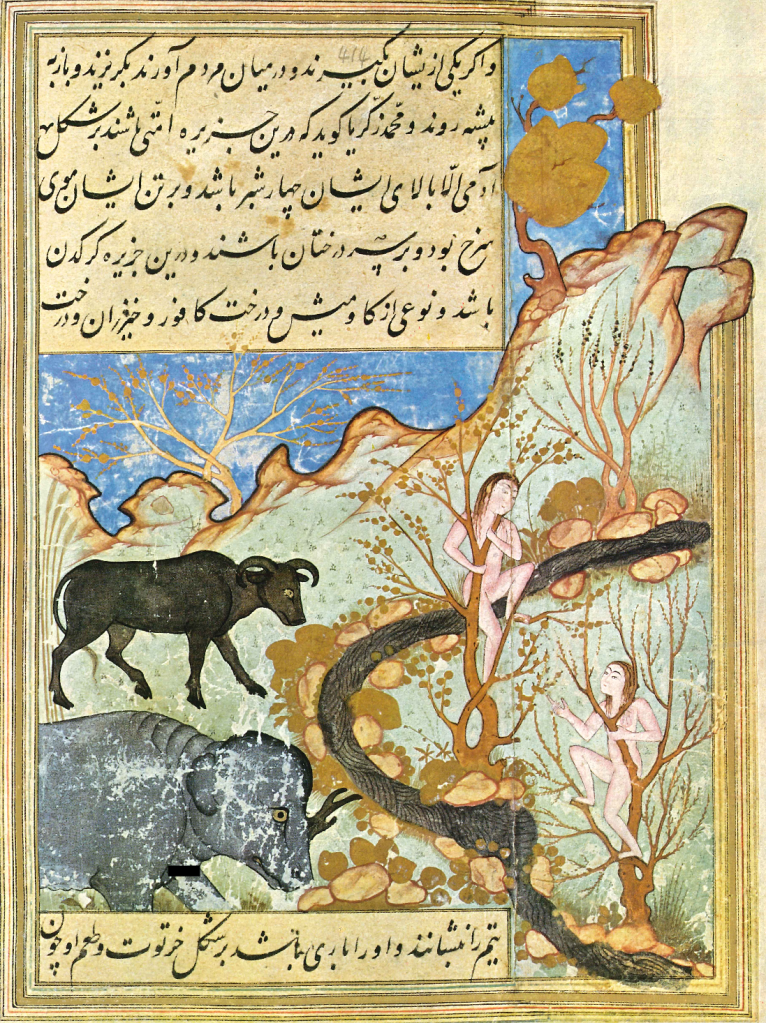
Rhinoceros, bull, and the naked beings of the Tree; from Zakariya al-Qazwini’s masterpiece of spirituality and moral ‘Aja’ib al-Makhluqat wa Ghara’ib al-Mawjudat’ (عجائب المخلوقات وغرائب الموجودات/ Wonders of Creatures and the Oddities of Beings); Zakariya’ Qazwini (1203-1283; زكرياء القزويني) in his aforementioned masterpiece of spiritual and material cosmography clearly demonstrates that every irregularity or oddity of form is due to a moral non-conformity, moral idleness and moral depravity.
The scanned manuscript is available here:
https://cudl.lib.cam.ac.uk/view/MS-NN-00003-00074/1
Basics: https://en.wikipedia.org/wiki/Aja%27ib_al-Makhluqat
https://en.wikipedia.org/wiki/Zakariya_al-Qazwini
https://en.wikipedia.org/wiki/Al-Mi%27raj
https://en.wikipedia.org/wiki/Karkadann
https://en.wikipedia.org/wiki/Shadhavar
——————————————————————————–
C. Culture
All present definitions of Culture are false because they are written by authors who intended to dissociate humans from their spirituality and therefore presented the History of the Mankind as a succession of customary acts and a process of material actions, as if humans were idiotic automatons and silly robots. Several definitions of Culture may seem therefore correct, but they are actually not, as long as they do not establish a clear link between material actions and spiritual faiths.
In a typical example of wrong definition of Culture almost everything is accurately stated, but there is no mention of or reference to Spirituality and Moral: ‘the ideas, customs, and social behaviour of a particular people or society’. Yet, all these ‘ideas’ and ‘customs’ originate from the spiritual activities of a society and the ‘behaviour’ hinges indeed on the moral standards of these very ‘particular people or society’! (https://www.oxfordlearnersdictionaries.com/definition/english/culture_1?q=culture).
Even worse, other definitions of Culture involve unnecessary elements of modern societies, such as institutions or laws. This is merely a consequence of the erroneous but prevailing evolutionism as per which modern societies are more ‘developed’ whereas in reality they are more decayed than the traditional societies. An example is offered by the Wikipedia: ‘Culture is an umbrella term which encompasses the social behavior, institutions, and norms found in human societies, as well as the knowledge, beliefs, arts, laws, customs, capabilities, and habits of the individuals in these groups’. (https://en.wikipedia.org/wiki/Culture)
In this manner, modern lexicographers and grammarians are forced to dissociate ‘culture’ and ‘folklore’, because they want to offer to the former a much wider range of notions and concepts in order to also comprise within the semantic array of its values possible definitions of secluded segments of society (notably the elites and the secret companies or initiation organizations) and of their ‘culture’. However, this is an elitist approach, and as such definitely Nazi and absolutely evil. Even worse, this lexicographic and academic attempt consists in an amalgamation of the truly genuine (the traditional unitary societies) and the fake (modern, stratified and segmented societies). In this case, the distorted definition (of Culture) and the dissociation (of ‘culture’ from ‘folklore’) help only further corrupt today’s societies, engulf readers into misconceptions, and rapidly spread the grave contamination that leads today’s sick Western World to death.
Culture, folklore and lore are similar notions.
When it comes to lore, one could consider the following definitions as correct, but they are not: ‘a body of traditions and knowledge on a subject or held by a particular group, typically passed from person to person by word of mouth’ and ‘knowledge and information related to a particular subject, especially when this is not written down; the stories and traditions of a particular group of people’
(https://www.oxfordlearnersdictionaries.com/definition/english/lore?q=lore).
First, these elements (‘body of traditions’, ‘knowledge’ and ‘information’) do not concern just persons or groups of people but entire societies, communities or nations.
Second, the total absence of reference to the spirituality of the community or society or nation in question fully cancels the veracity of the definitions; this is so because these elements (‘body of traditions’, ‘knowledge’ and ‘information’) emanate from, pertain to, depend on, and account for the spiritual life of the said community or society or nation.
As lore we should therefore define the totality of oral traditions, stories, narratives, songs, fairy tales, legends, didactic and moral tales, oral historical knowledge, as well as statements of popular wisdom and proverbs, which are passed from generation to generation as cornerstone of the local home education. This oral treasure of the community or society or nation in question is indissolubly linked to the spiritual life of these people. Consequently, it constitutes the foundation stone of the national identity, because without cherishing the values encrusted in their lore, individuals of this group of people cannot be considered as really indigenous.
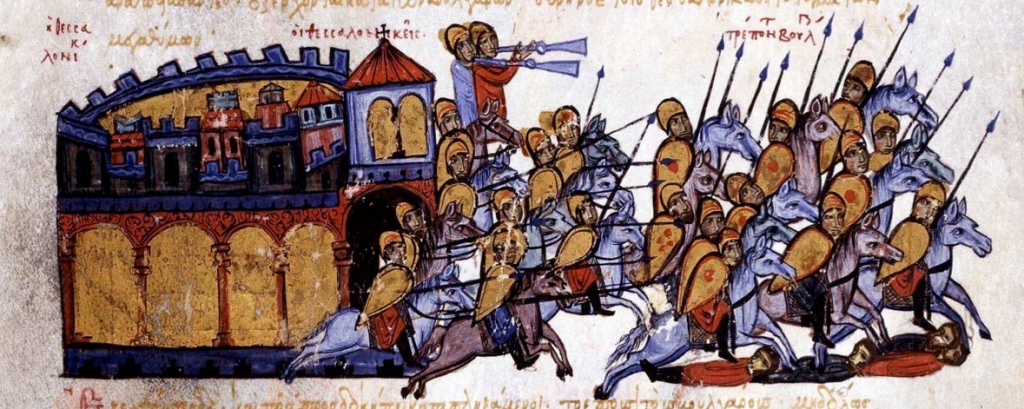
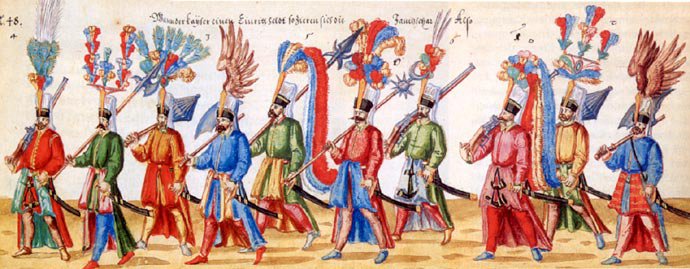
Eastern Romans soldiers (above) and Janissaries (below): different states, similar traditions
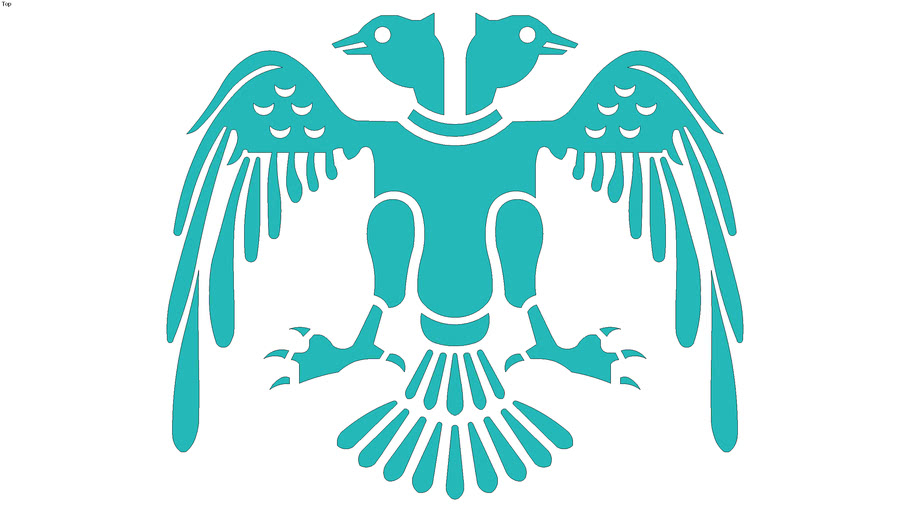
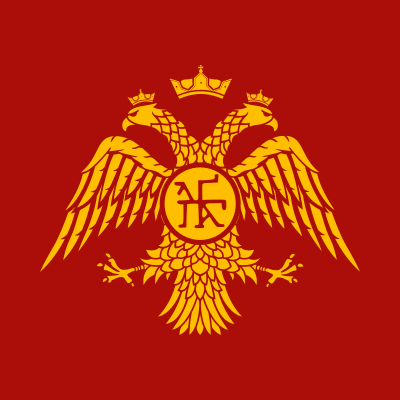
Double-headed eagle in the Seljuk (above) and the Palaiologos family Roman (below) versions
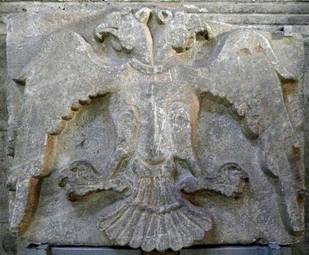
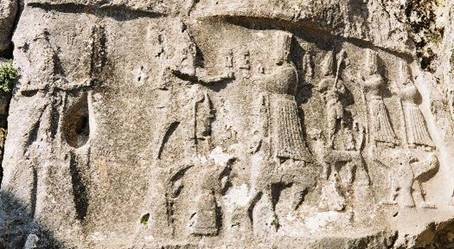
Double-headed eagle from the time of Ala ad-Din Kaiqubad (1188-1237) in Iconium-Konya (above); two divinities standing on double-headed eagle from the Hittite rock-relief (13th c. BCE) of Yazilikaya, the Hittite religious capital (below, at the right end of the picture)
————————————————————————-
Folklore is a wider notion, because it also includes material traditions and activities (involving local architecture, handicraft, typically local artifacts, etc.), many religion-related practices (that are not religiously indispensable stricto sensu), customary actions, popularized faith, art, folk dances, material culture with respect to the human life cycle (birth, weddings, funerals, etc.), rituals, initiation rites, ceremonies, celebrations, customary lore, undertakings that are necessary for folk beliefs and local traditions, etc. Similarly with lore, folklore hinges on the spiritual life of the community or society or nation and makes the daily life very colorful, joyful, vivid and pleasant for all the members of that group of people, thus strengthening the bond that unites them. Folklore is therefore a crucial element of the national identity and the cultural integrity of a nation; it goes without saying that nations that lost their folklore have zero chances to survive.

The Red Apple: Basic Element of Anatolian Folklore

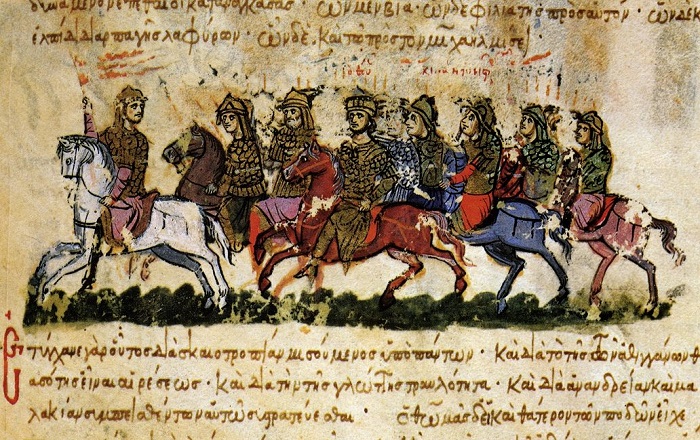
Folklore, as notion, is not as wide as Culture; the latter involves also behavioral patterns and customs, the moral values of the community or society or nation, the popular religion, the rudimentary structure of education, the annual cycle of agricultural activities, and -in general- the traditional way of life, which is markedly impacted by the geomorphological and meteorological conditions of the land inhabited by the said group of people.
That is why, although they have the same religion, the Baluch of Pakistan’s coastland, the Hazaras of central Afghanistan, and the Tajiks, who inhabit the Valley of Fergana and the Pamirs, have ostensibly different cultures. This shows that the (‘official’) religion is not as determinant as Culture in the national life of every nation. And this was something that, for the case of Anatolia, Kemal Ataturk understood very well and very early. This fact marks indeed his irrevocable superiority over all the ignorant and pathetic sheikhs of Al Azhar, Mecca, Medina and today’s Diyanet (a Turkish ‘office’ that must be abolished).
DEFINITION
In brief, the Culture of a nation is the reflection of its collective spiritual entity on the material life of the population.
D. Legend
As in all the previous cases, all the existing definitions of the term ‘legend’ are ideologically motivated and severely distorted in order to deprive the term from its spiritual nature and dimensions. This fact has calamitous consequences on our understanding of past and present cultures, traditions and nations; furthermore, similar definitions destroy the originality of the national education in every country where these definitions and the associated ideas are accepted. Example: ‘a story from ancient times about people and events that may or may not be true; this type of story’ (https://www.oxfordlearnersdictionaries.com/definition/english/legend?q=legend)
In the Wikipedia, the notions of lore and folklore are entirely confused; this affects the definition of ‘legend’, which is associated with the folklore, and not the lore of a nation. The definition of the ‘legend’ becomes therefore the epitome of the most absurd materialism: ‘a genre of folklore that consists of a narrative featuring human actions, believed or perceived, both by teller and listeners, to have taken place in human history’ (https://en.wikipedia.org/wiki/Legend). It is very interesting that neither the word ‘myth’ nor the term ‘symbol’ are mentioned in this monstrously distorted definition. In the rest of the definition, we notice the systematic effort to avoid the use of the words ‘spiritual’, ‘faith’, ‘heroism’, ‘heroic’ and ‘spirituality’: ‘narratives in this genre may demonstrate human values, and possess certain qualities that give the tale verisimilitude. Legend, for its active and passive participants may include miracles. Legends may be transformed over time to keep them fresh and vital. Many legends operate within the realm of uncertainty, never being entirely believed by the participants, but also never being resolutely doubted’. It is clear that such definitions constitute a severely biased attitude of scrupulous militants, who want to deliberately plunged readers in ignorance and confusion.
A legend is by definition a constituent element of the identity of a community, society or nation. There cannot be nation without legend or it will be a fake. At the earlier (and most important) stage, a legend is an oral story / tradition that can give birth to an associated epic, i.e. a long poem orally remembered from generation to generation due to memory techniques (mnemotechnics). Whether the epic is written down or not is immaterial. If this happens, the legend itself and the epic may follow totally different orbits.
DEFINITION
As an oral story, the legend describes heroic deeds of superb men, who fight ferocious enemies in magnificent battles – epitomes of the contrast ‘Good and Evil’. In other words, there cannot be a legend dissociated from the high moral standards that must be cherished by all those, who want to be true humans and carry out the great deeds that everyone has to perform in the material world before returning to the eternal, spiritual world whereby the only possible reward is to be sought after.
There is no legend for disbelievers, materialists, consumerists, modernists, sectarian idiots, filthy plotters, evil crooks, and most of the common types in decayed periods like ours. At times, legends serve to overwhelmingly denounce devious egocentric and greedy imbeciles for whom material benefits are all that matters in life. In this regard, various legends memorized, recited and cherished among many different nations constituted the means to preserve healthy, moral and human societies of people, who were/are diametrically opposed to the sexually devious and perverse, worthless and idiotic consumers of today’s materialist and corrupt Western World.
In other words, the legends offer exemplary paragons of life and perfect paradigms of honorable men, who should become the models for children and adolescents to follow in life. The legends functioned therefore as educational systems able to sustain the local societies or nations for centuries and millennia. The various legendary heroes and valorous characters became part of the national soul, which maintained the encapsulated virtues as national traits throughout ages. We can therefore safely claim that the legends reflected the national spiritual entity and epitomized the lofty values for which the brave ancestors of each true nation died.
As narrative, a legend is composed by people, who fully accept the existence of the spiritual world and are therefore fully acquainted with the mythical language and the symbols that stand between the spiritual and material worlds as lighthouses and landmarks. The mythical perception of the spiritual and material universes and the ensuing mythical language are the only possible manner by which realities of the spiritual world can be communicated to humans and understood by them.
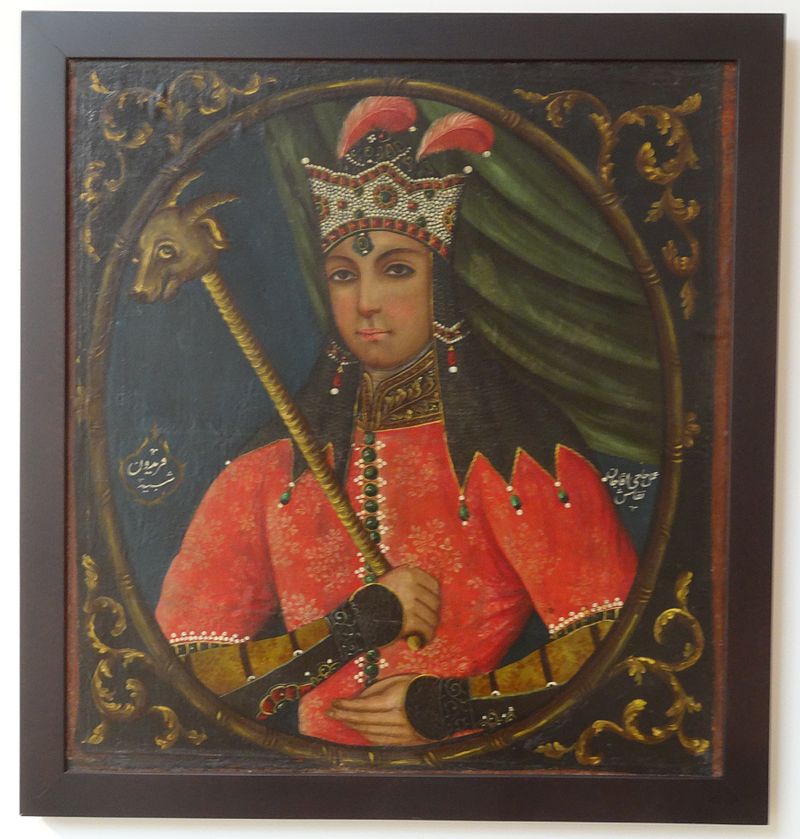
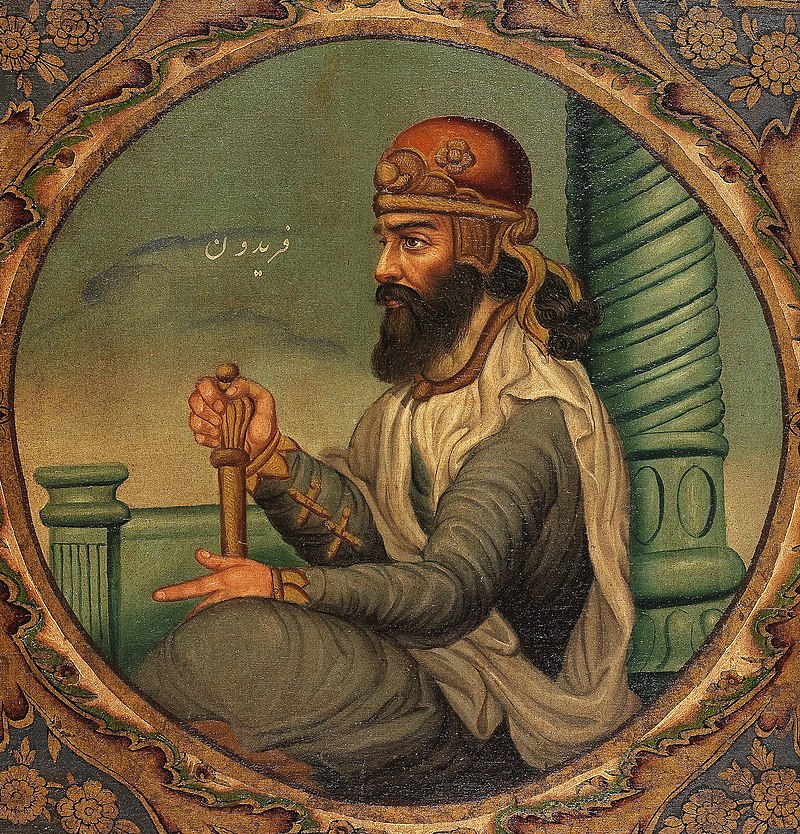
The legend of Fereydun, antedates the splendid poetry of Ferdowsi (Shahnameh), which merely gave literary value to an old story that the diffusion of Islam in the Iranian-Turanian world proved unable to erase; even the Ottoman Selim I, when exchanging insulting letters with Ismail Safevi before the battle of Chaldiran (1514), identified himself with Fereydun.
———————————————————————
This is so because supernatural and supratemporal situations have to be conveyed at (or converted to) the material plane and this inevitably involves concepts, which are nonexistent at that level. For this to be achieved symbols have to be created at the intersection of the two worlds (spiritual and material); they don’t represent what is actually seen (in them) but what they stand for as encoded notions within a field of semiotics.
The mythical language was earlier known to all; later, due to several calamitous developments mythologized as the ‘Flood’, it became a privileged instrument for priesthood; it subsequently lost most of its coherence and original meaning. This apparent deterioration of the human conditions of life generated major hindrances (notably polytheism, organized religion, doctrinal narratives and evil themes) in the path of average persons toward the spiritual world and increased the distance that they had from it (turning people to material cults, liturgies, black magic, superstition and idolatry).
Despite the fact that the mythical language always existed within the context of spirituality, religion and popular religion, many theologians of various religions tried deliberately to leave it aside or diminish its importance in order to spiritually control the followers of their religion. Philosophers and scientists tried to oppose them but failed. At the end, the mythical language was decomposed and it remained as the incomprehensible part of a nation’s culture and popular religion, serving as unfathomable foundation for the epics and the legends, the fairy tales, and the traditions of the said nation.
E. Popular religion
About the popular religion, I already expanded in Unit I; however, at this point, I will add a definition. In striking contrast to the nonsensical definitions that are available today, popular religion is the leading part of a nation’s culture. It is far more important than the official religion itself, in the sense that it is alive. It has nothing to do with the concepts and theories of a Talmudic Rabbi, a Father of the Christian Church, and a Muslim Initiator of Madhhab (School of Jurisprudence) or with the interpretation and the hermeneutics of modern theologians of any religion. Verbosity is by definition not a virtue in every popular religion worldwide.
DEFINITION
Popular religion stands often in striking contrast with the official religion; in that case, the popular religion is far more original and trustworthy. Popular religion, to start with a simple definition, is the way people feel their religion in their daily lives, involving the physical activities, the moral values, and the imaginative power of every faithful as regards mythically conceived and narrated facts or historical events of cardinal importance, legends, and exemplary attitudes of brave believers, who preferred salvation in the spiritual world than success and pleasure in the material world. When it comes to popular religion, imagination is far more important than thought, reason, and rationalism.
Reasoning cares, argumentations, and ‘proofs’ are nonexistent as entirely worthless within the context of popular religion; it is all about impetuous compassion, impulsive expression of religiosity, cultic devotion, piety, and other forms of emotional self-accomplishment effectuated on the lines of transcendental experience, repentance, truth, and magnanimous altruism.
Official religion is experienced in religious litanies, ceremonies, liturgies, feasts, congregations, festivals and solemn celebrations on specific occasions. It can be at times pompous, grandiloquent and imperious.
Popular religion is lived in every single moment of a person’s life.
It is therefore intricately intertwined -in every single believer differently and markedly individually- with other spheres of the culture of the local community or population or nation, i.e. the historical traditions and the legends, the myths about the origin of the nation, the lore and the folklore, the annual cycle of agricultural activities, and the behavioral philosophical system that emanates from the customs and the habitudes of those people.
Official religion may or may not depend on a hierarchical organization that carries out the material schedule of the religious activities; there have been religions with minimal structure in their organization and religions with multilayered, perplex and sophisticated structure.
More perplex the material administration of a religion is, more polytheistic the religion may be; in such a case, the spirituality becomes weaker among the adepts, an increased dose of fear, superstition, and negative emotions is spread across the popular religion, the daily life takes a less heroic dimension, and materialistic concepts and concerns prevail in the minds of the people, turning them to heartless beings.
The triumph of the popular religion can be attested in every believer’s balanced stance at the very center of a triangle from the three corners of which depart paths leading to exploits of unprecedented gallantry, examples of magnanimous solidarity, and acts of humble devotion.
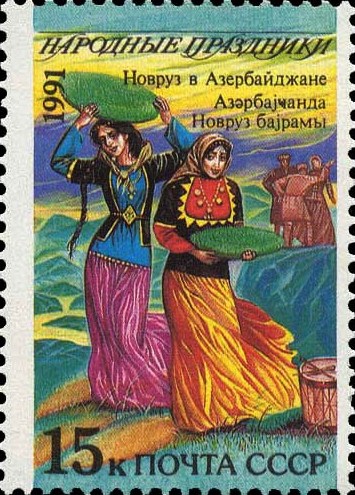
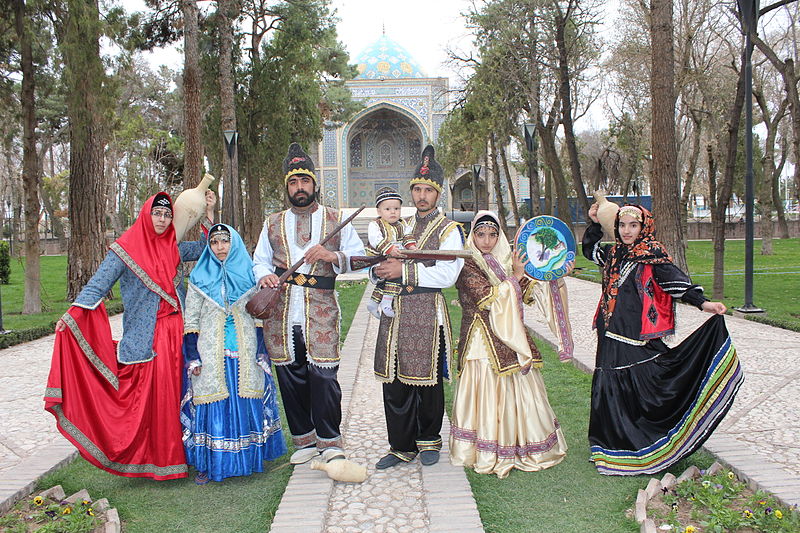
Soviet stamp commemorating the Nowruz (نوروز / Новруз) in Azerbaijan (left); Iranian family commemorates the major feast (New Year’s Day) in Nishapur. Neither the Soviet instructors of Marxism-Leninism nor the Islamist theologians of Iran could uproot the popular religion, although they both hated it, because it represents the true social life of a nation.
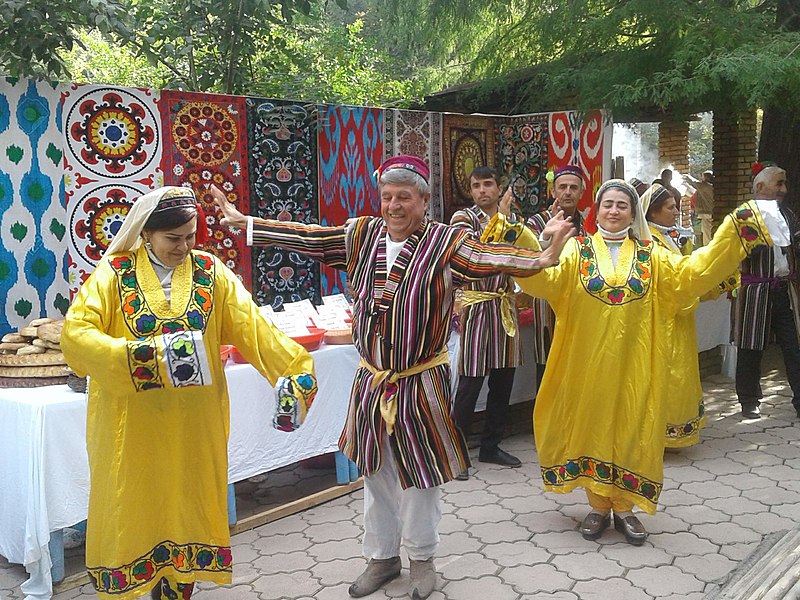
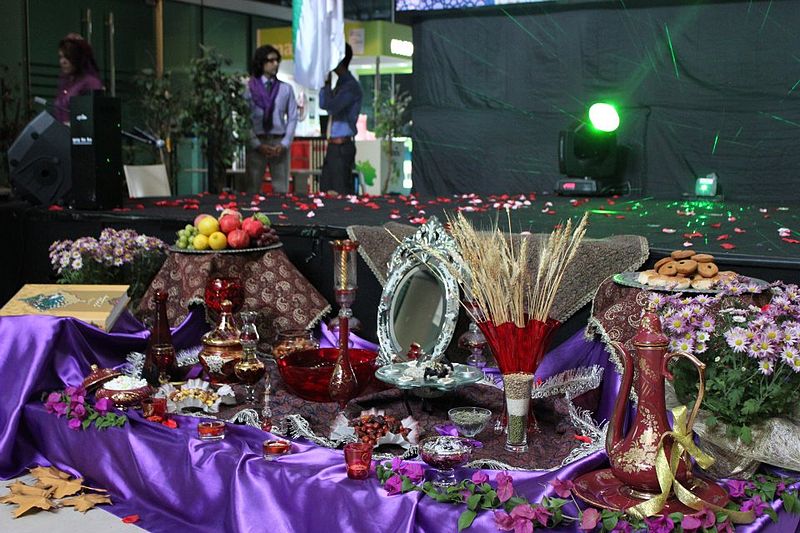
Tajiks celebrate Mehregan (مهرگان), a traditional pre-Islamic Iranian feast which is still cherished among Zoroastrians, Parsis and Muslims; originally dedicated to Mithra (also known as Mehr), the feast coincides with the fall as it starts ten days after the fall equinox.
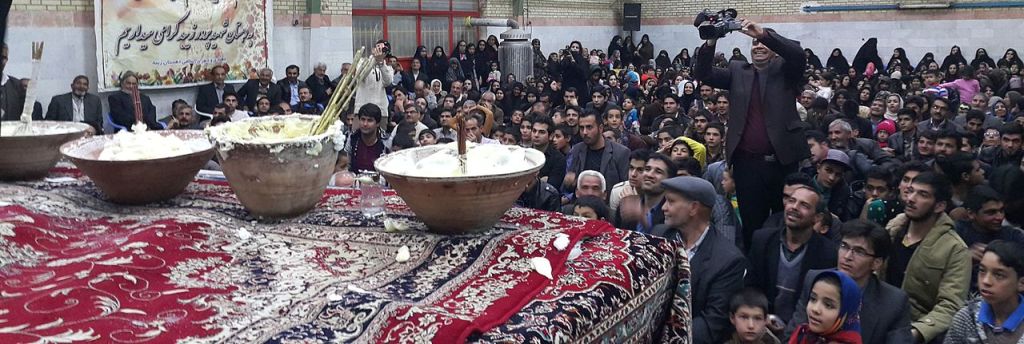
Feasting Yalda (winter solstice) or Shab-e Yalda (شب یلدا) in Zibad, NE Iran

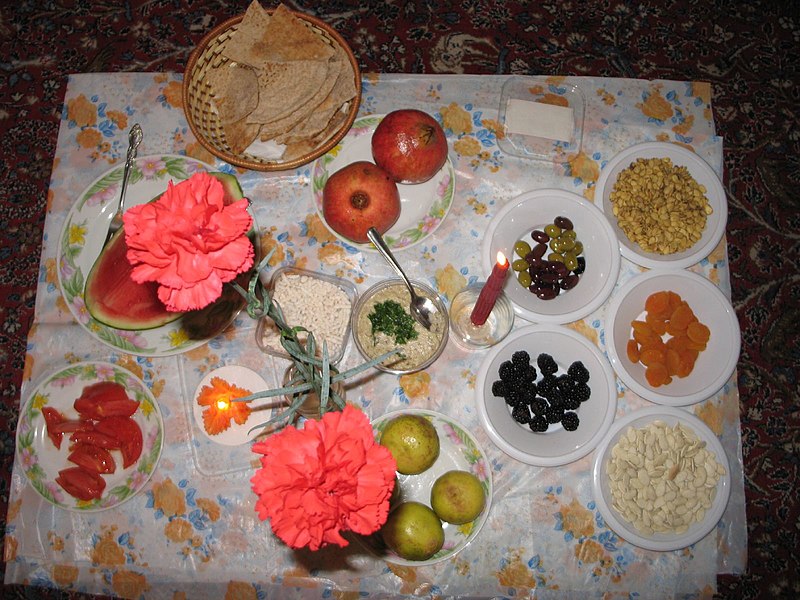
Typical Yalda tables
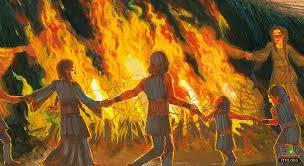

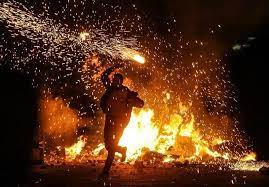
Chaharshanbe (چهارشنبهسوری) festivities on the eve of Nowruz
—————————————————————–
III. History of Religion: Incompatible with Western European Manichaean Weltanschauung
Having clarified issues pertaining to the correct definition of the aforementioned terms (in the previous unit), I can now continue responding to your comments.
You speak of the ‘god of freedom’ and of ‘the forces of tyranny’. This is exactly what you say: “The god of freedom defeating the forces of tyranny only makes sense because the American Revolution and its gods defeated the British monarchy. That is why the revolutionary trope is repeated in so many cultural artifacts of the west”.
I find your approach as mechanically Manichaean and I disagree; there is no ‘god of freedom’! What you call as ‘the forces of tyranny’ are not literally so. They are simply sick and paranoid gangsters, tools of the Evil, and enemies of the Mankind; their evildoing is not limited in the case of their colonies in North America. By using these terms, you only confuse yourself. The humans are created free, and for this reason ‘tyranny’ is basically an evil effort to strip humans from their normal condition. But I don’t take part in that conflict; the Americans, who wanted to ‘be free’, were in reality English or other West Europeans, who carried out a shameful genocide of the highly civilized indigenous populations (falsely called ‘Amerindians’).
Because of their clash with the English at the time, the Americans did not have their sins atoned. Even worse, approximately one century after their independence, the Americans were again invaded by the English in a more subtle and clearly invisible manner. Historically viewed, the American Independence is merely … ‘too much ado for nothing’. The oppression and the persecution of the indigenous nations of those lands is a shame for the entire Mankind. For all the other states of the world, this fact consists in a clear reason for immediate termination of every possible contact with the US. The same concerns the relations of third countries with UK, Canada, New Zealand and Australia.
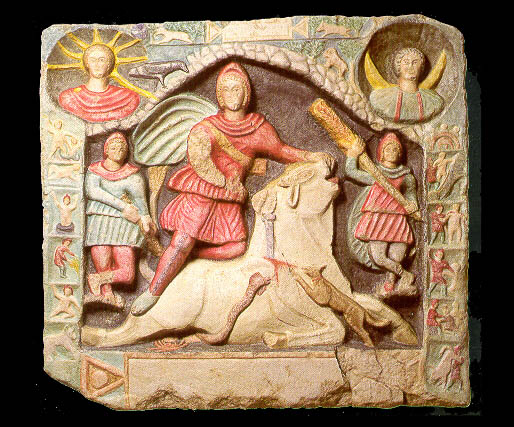
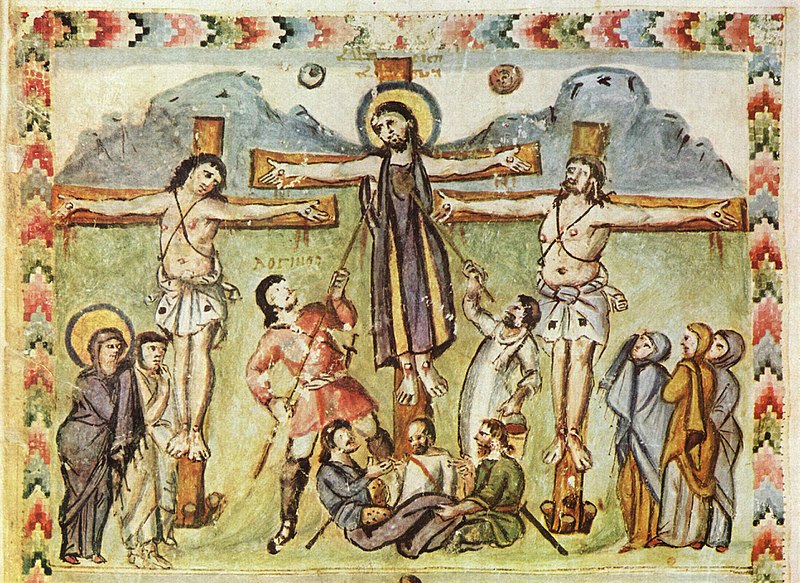
Above: As divine trinity, Mithra performing tauroctony (Sterzing, Tyrol) in presence of Cautes (: sunrise), at the right, and Cautopates (: sunset), at the left, who hold their torches. / Below: Crucifixion, in the earliest manuscript illumination from the Rabbula Gospels {written by the Aramaean monk Rabbula (ܪܒܘܠܐ)}, which were copied in the Monastery of St. John of Zagba, near Apamea (close to Hama), Syria (late 6th c.).
———————————————————————————-
When referring to the sacrifice of Christ, you become eminently schematic. You write: “The victory of the sacrifice of Christ over the militant Hebrews only makes sense because the Hellenic-Romans that adopted some Semitic customs took control over the Roman Empire”. Unfortunately, this can never lead to correct conclusions and understanding. It is not a black and white affair; actually, it is not the sacrifice of Christ, but that of Mithra! The Mithraic slaying of the Bull! Strange? No! First, the bull-sacrifice was transformed into a Crucifixion. After people for almost 2000 years believed that ‘god’ killed himself in order to be resurrected, the survivors (i.e. eight billion people) are now being processed into the next stage. And the unrepentant Jesuits still today intend to perform the ritual and, instead of a bull, sacrifice the entire Mankind, leaving only five (5) million people alive after the well-planned double nuclear extermination. They expressed regret in public for several cases of Catholic evildoing; true! But they never rejected (let alone repented for) the evil teachings, the duplicity, the mendacity, the heinous mentality, and the atrocious deeds of the founder of their religious Order, Ignacio de Loyola, and of his followers.
So, long before the Romans “adopted some Semitic customs”, they had accepted Iranian faith, mysteries and cult, initiation rites and divine attributes, traditions and cosmological concepts. Certainly the Romans embraced also Hamitic cultural, spiritual, intellectual, religious and esoteric rites and traditions, notions and world views, by seeking salvation in the Ancient Egyptian Iwnw Heliopolitan Isiac dogma. Nevertheless, a certainly strong Semitic spiritual component made its way to Rome, due to the diffusion of several Aramaean and Phoenician religions throughout the Roman Empire; but it has little to do with the Rabbinical (: Talmudic) Judaism of those days. You should know and remember that!
If you forget Elagabalus, you allow every Western European and Anglo-American racist pseudo-scholar to fabricate and spread his evil pseudo-historical dogma of ‘Greco-Roman civilization’. This is not only totally false and viciously discriminatory, but also harmful and destructive for the national interests of all modern Oriental states concerned (Turkey, Syria, Lebanon, etc.). This is so because the young Roman Emperor of Aramaean Syrian origin, who reigned from 218 to 222 CE, replaced the cult of Roman Jupiter with that of the Aramaean god whose name he was bearing.
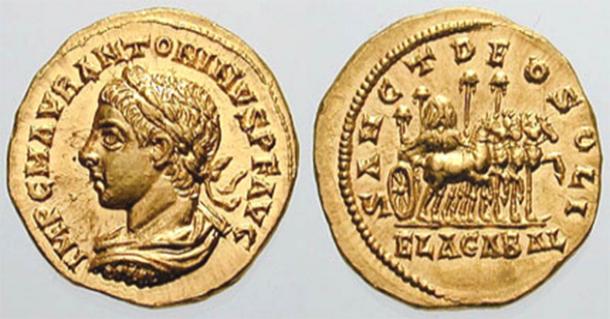
Elagabalus (204-222; reigned from 218) coin minted in Antioch; high priest of the homonymous Aramaean god of Emessa (Homs) before becoming Roman Emperor, he posed a major threat to those who wanted to prevent the diffusion of Aramaean and Babylonian festivities (Akitu) that would block the later imposition of sacrifice-related festivals. That is why Elagabalus was slandered in unprecedented manner.
————————————————————-
Semitic impact on the Roman Empire was multifaceted; when you discover this fact and you propagate it worldwide, you will produce an enormous friction between the colonial gangsters and the rest of the world, fully justifying your national position and canceling all worthless claims to ‘Western’, ‘Greco-Roman’, ‘Hellenic’ civilization and to Indo-European supremacism. Otherwise, you allow your villainous enemies to tell you ‘you came from Central Asia and Siberia; go back there’! This statement is of course entirely false, but if it is left unanswered, it can become the first paragraph in an entirely false (but widely acclaimed) discourse, which would back any sick type of colonial irredentism.
That is why the importance of Manbij (Menbiç/ مَنْبِج) hinges on Ancient Aramaean past, heritage, cults and sacredness, and not on Islamic eschatological considerations. Known as Mabog in Syriac Aramaic, this location in today’s NW Syria was the religious center of the ‘Syrian goddess’, i.e. Atargatis. To make her mysteries and cults known to the Greeks and the Romans, the Aramaean author, philosopher and erudite scholar Lucian of Samosata (Samsat; now under the waters of the Ataturk Reservoir Lake) wrote his treatise ‘On the Syrian Goddess’. For all Turks, Syrians and Lebanese, this text is more important than all the Hadith of prophet Muhammad, because these states face perplex colonial threats, involving historical revisionism, territorial irredentism, military attacks, financial war, and political plots from the US, England, France, Canada, Australia, New Zealand, Israel, Holland, NATO and their local stooges and pawns.
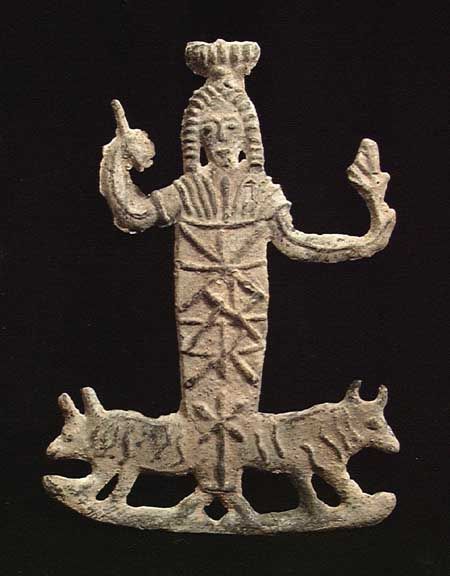
Atargatis, the Syrian goddess of Manbij; the remains of the ancient castle of Samosata (Samsat) before the erection of the Ataturk dam and the formation of the dam lake
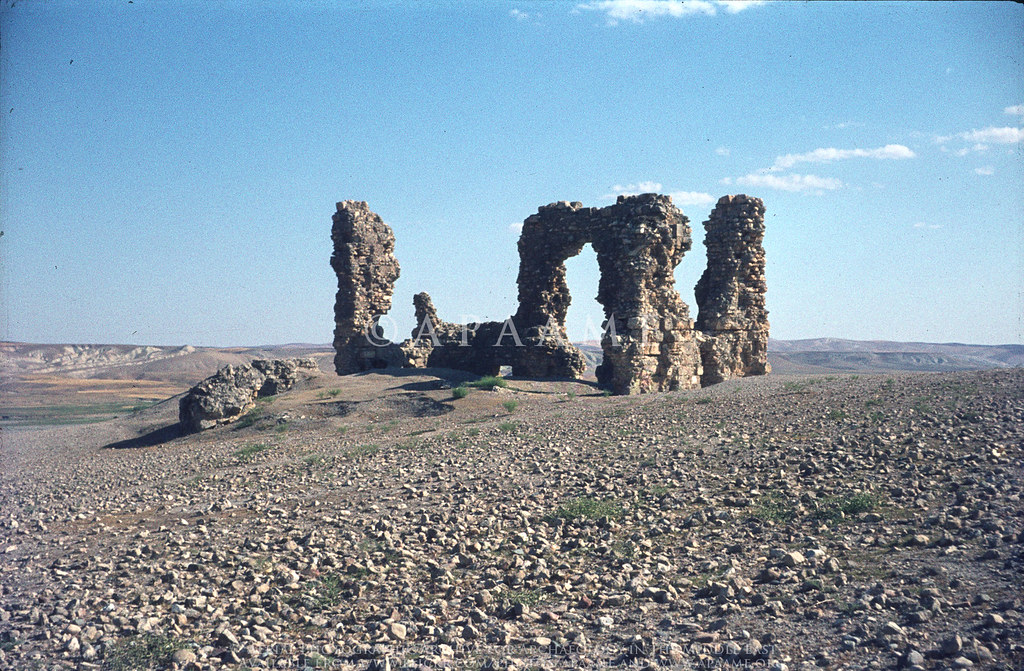
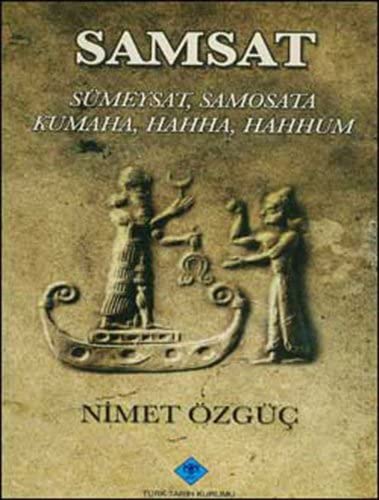
Of course, I understand that not all the people will become specialized historians and intellectuals; however, it would be absolutely essential for Turkey’s national identity, academic-cultural orientations, international stance (notably in UNESCO), foreign relations, and bilateral affairs to closely monitor educational patterns in Italy and duly implement them locally, after effectively replacing/readjusting all mistaken parts of the contents. When facing the financially backed Armenian irredentism, the pseudo-Kurdish nationalist discourse, and the paranoid bogus-theory of Hellenism of Greece, Turkey does not need Islam in its cultural, educational, intellectual and academic discourse.
On the contrary, Turkey needs a creative, proactive reassessment of the Anatolian historical heritage (in all of its components and in its most genuine, comprehensive and vivacious interpretation) and its effective application in the formulation of the country’s national identity internally and externally. For this to be done, the useless syllabuses of Turkish Primary and Secondary Education -with their meaningless, ineffective and rather childish references to Early Islam- must be resolutely thrown to the rubbish basket and entirely replaced with translations of sacred texts, historical documentation, and epigraphic material originating from all ancient civilizations that flourished in Anatolia – and of which the only true descendants are today’s Turks.
No Armenian can speak of Commagene and no Greek can speak of Ionia more than a true Turk of Modern Turkey; because in fact, by introducing the name Türkiye in replacement of the Ottoman Shame, Kemal Atatürk meant ‘Anadolu’ (Anatolia), and this can be shown in the truly first Turkish Constitution (ratified on 29th October 1923). It is implicit, not explicit, but still very clear in the formulation of the founding text. You must therefore realize that any great achievement at the international level starts always with the correct, efficient and up-to-the-point Secondary Education.
Anytime anywhere and under any circumstances whatsoever, people are linked to the Earth, their own land, and not to the silly bogus-religious story of an ignorant and uneducated imam who confuses religion with theology. Irrespective of their veracity or fallacy, historicity claims including references to the Antiquity cannot be opposed by idiotic Islamist literature; they can be rejected only by opposite claims which go back to more ancient times. But this must not be one author’s conviction or one diplomat’s erudition; it must be shared by the entire nation, as it vividly happens in Iran.
In fact, by consciously or unconsciously accepting Western colonial misinterpretation of the historical facts, by adopting typically Manichaean, bipolar stories that Western intellectuals intentionally produced, and by failing to know the history of every part of your land and its spiritual-cultural radiation, you only serve your country’s worst enemies, duly facilitating their plans. Whatever the name of your country may be, Turkey, Russia, Iran, Egypt or Yemen, with your attitude you unfortunately play only into the game of your enemies. That’s why the English colonial diplomats enroll and use idiotic puppets, like the Muslim Brotherhood and the fanciful leader of Pan-Turkism Alparslan Türkeş (a Turkish Cypriot!), in order to confuse sizable parts of population and attract them to sterile, counter-productive ideologies which do not reflect Anatolia’s cultural heritage, historical tradition, and spirituality.
The rise of Islam, as preached by prophet Muhammad, was not a “militant Jewish victory”. Again, your approach is mechanically Manichaean; you write: “The militant Jews had a second opportunity with the advent of the Prophet Muhammad as the Semitic-speaking Aramaeans took control over the Middle East”. If you were correct, every Anti-Roman and Anti-Constantinopolitan Christological dispute would be the product of Jewish militants. However, no one among Arius, Theodore of Mopsuestia, Eutyches, Nestorius and many other theologians, who were denounced as ‘heretic’, was Jewish or pro-Jewish. More importantly, the History of Early Christianity and of the Christological disputes must be an indispensable part of the Turkish Secondary Education, because these ongoing disputes concern populations that still live in Turkey (the Monophysitic/Miaphysitic Aramaeans/Suryani) and, without good knowledge of the History of Anatolia, no Turk would effectively function as an Anatolian – duly rejecting foreign claims.
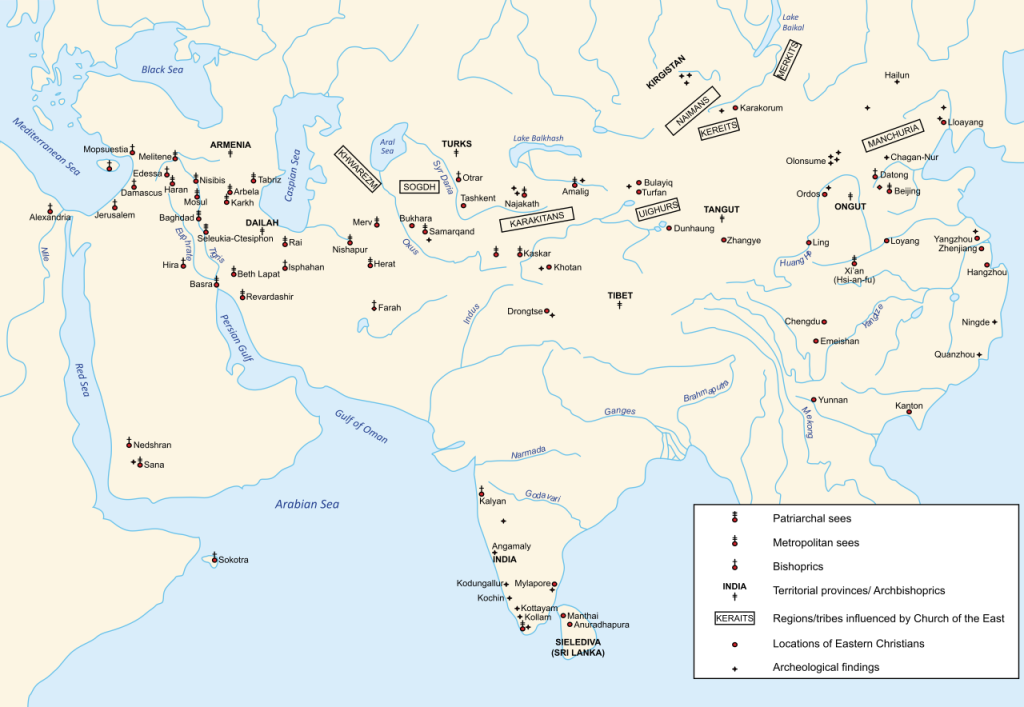
A man from Germanikeia / Kahraman Marash elaborated a Christian theology that was diffused without war throughout Asia and expanded more than Orthodox and Catholic Christianity, yet today’s average Turks now nothing about him: Nestorius Patriarch of Constantinople (386-451). It goes without saying that when don’t claim your own cultural wealth, others do.

Above: Nestorians celebrating Palm Sunday from a wall painting in Qocho-Turfan, Eastern Turkestan/Xinjiang-China / Below: Nestorian tombstone from Chifeng Inner Mongolia-China
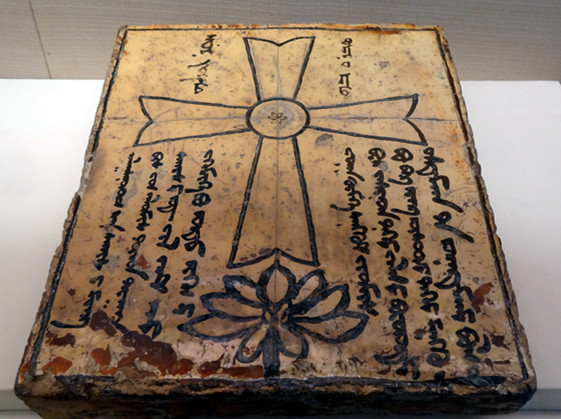
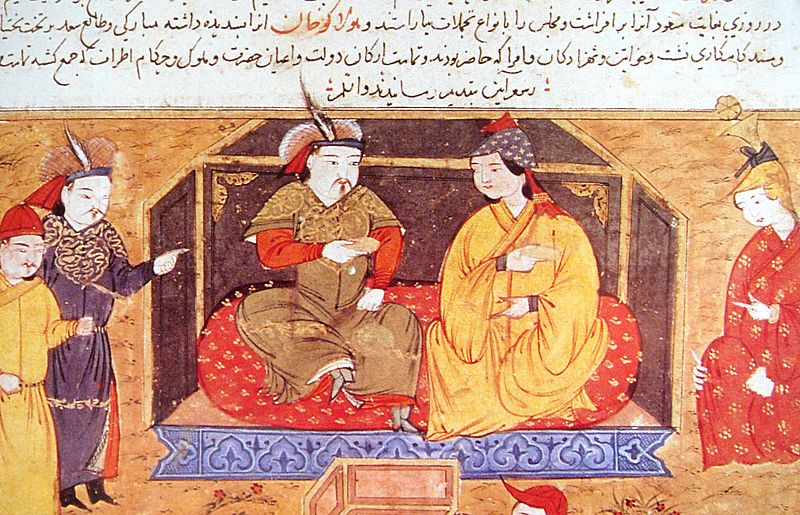
The Tengrist-Buddhist Emperor Hulagu Khan (هلاکو خان / 1217-1265; grandson of Genghis Khan) and his Nestorian wife Doquz Hatun (دوقوز خاتون)
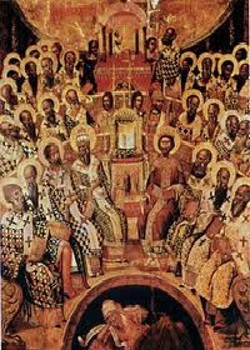
The Council of Chalcedon (in today’s Kadıköy, on the Asiatic side of Constantinople / Istanbul; 451 CE) condemned and rejected Nestorianism; when almost two hundred years later the early news about Islam reached the Eastern Roman Empire, they viewed the preaching of prophet Muhammad as a new, extreme version of Nestorian theology.
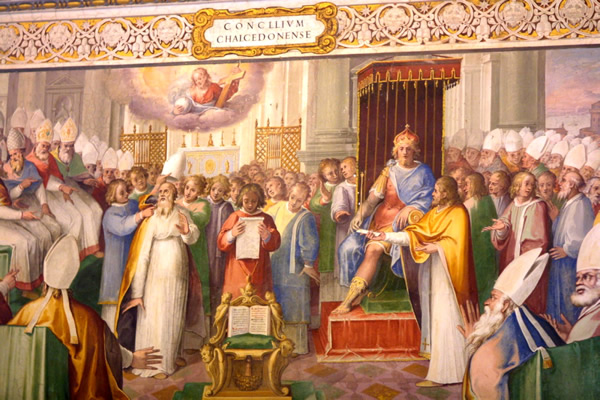
Instead of knowing the names of several culturally and nationally useless locations in Hejaz, Turks must come to know very well locations such as Mopsuestia (today’s Yakapınar, Yüreğir, Adana) and Germanikeia (Maraş) where Nestorius, a leading Christian theologian and patriarch of Constantinople, was born. His theological system served as foundation of the most important Christian denomination, i.e. Nestorianism (Nestûrîlik), which spread among many Asiatic nations, notably Aramaeans, Arabs, Yemenites, Indians, Iranians, Turanians, Mongolians and Chinese. Persecuted in the Eastern Roman Empire and in the Sassanid Empire of Islam, Nestorianism became the most widely diffused branch of Christianity before the 16th c., involving many churches and parishes in Eastern Anatolia, Mesopotamia, Iran, India, Central Asia, Mongolia and China. The grandson of Genghis Khan, Hulagu Khan, the magnificent Mongolian emperor who terminated the Abbasid Shame in Baghdad, had a Keraite (Keraitler) Mongolian Nestorian wife, namely Doquz Khatun (Dokuz Hatun), but still today’s Turks do not learn in their schools that it all started Germanicia/Kahramanmaraş. Only your worst enemies must have condemned you to this disastrous situation!
So, my conclusion about your points is that to best avoid this type of Western traps (which have engulfed dozens and at times hundreds of millions of people into fake dilemmas), you need to best study the historical heritage of your country, the wider region, and the Orient in its entirety. Stories about the wives of prophet Muhammad are useless in 2022; and, contrarily to the silly ideas of the uneducated sheikhs of Al Azhar, this conclusion of mine does indeed represent the correct Islamic approach to the topic.
IV. Governance, Religion, Theology and Politics
A. Governance
Before responding to your last points, I must expand and clarify several terms and situations that are disastrously confused nowadays by almost all people worldwide. This is due to your reference to historical, cultural, educational and intellectual matters that hinge on governmental decision-making. I have to also add that the confusion about which I speak exists only to the benefit of the Western colonial states, and of their respective agendas.
As you see, I mention four terms in this unit’s title and you can easily understand that most of the people worldwide would associate one of these terms with another, thus forming two pairs, i.e. a) Governance & Politics, and b) Religion & Theology.
These two groups of terms are very different in the sense that, with respect to the second pair, both ‘religion’ and ‘theology’ always existed, whereas as regards the first pair, only ‘governance’ existed always.
The two groups differ also in another manner; whereas ‘religion’ and ‘theology’ are considered and defined as different (despite the fact that many people confuse them and at times view them as interchangeable), ‘governance’ and ‘politics’ are ostensibly confused whereas they are different, in the sense that ‘politics’ is only one form of ‘governance’. In this regard, one must add that an enduring, multi-layered and systematic effort has been deployed worldwide over the past 100 years (and more) to deceitfully portray all types of ‘governance’ as ‘politics’ and to make the average people believe that the way societies were always ruled or governed can be called ‘politics’. That’s very wrong.
To further implement this calamitous forgery and widely diffuse this disastrous delusion, Western colonial academics constructed the absurd term ‘Political History’, which helps them engulf hundreds of millions of unsuspecting students into an enormous misconception that leads only to incomprehension and to a mistaken interpretation of historical facts. In fact, ‘Political History’ existed only in lands where, and in periods when, ‘politics’ was the locally prevailing system of governance.
Erroneous definitions of ‘governance’ make the term so generic that it can fit even companies, corporations and organizations; it is subsequently thought to be purely materialistic of nature, as if the governance of a country could possibly be an affair absolutely deprived of spiritual and moral dimensions. This most unfortunate and disastrous situation leads to extreme vulgarization of the society, which is governed by idiotic, pathetic and ominous people who believe that governance can possibly be unrelated to spirituality and morality. Prompt consequences of such a decayed and utterly worthless social environment are the catastrophic rise of lawlessness among rulers (: their laws are not laws), and the spread of criminality, monstrosity and bestiality among the people, who inhabit that deviate society and country; then the final decomposition and the ultimate disappearance of that country are highly ostensible. Examples: ‘the action or manner of governing a state, organization, etc.’, and ‘the activity of governing a country or controlling a company or an organization; the way in which a country is governed or a company or institution is controlled’
(https://www.oxfordlearnersdictionaries.com/definition/english/governance?q=governance)
At times, verbosity is tantamount to nothingness; the English Wikipedia constitutes a good example in this regard, because it helps diffuse the confusion I already spoke about (‘governance’ and ‘politics’): ‘Governance is the process of interactions through the laws, norms, power or language of an organized society over a social system (family, tribe, formal or informal organization, a territory or across territories). It is done by the government of a state, by a market, or by a network. It is the decision-making among the actors involved in a collective problem that leads to the creation, reinforcement, or reproduction of social norms and institutions. In lay terms, it could be described as the political processes that exist in and between formal institutions’. https://en.wikipedia.org/wiki/Governance
To add insult to injury, the same site adds the following as part of the definition: ‘A variety of entities (known generically as governing bodies) can govern. The most formal is a government, a body whose sole responsibility and authority is to make binding decisions in a given geopolitical system (such as a state) by establishing laws. Other types of governing include an organization (such as a corporation recognized as a legal entity by a government), a socio-political group (chiefdom, tribe, gang, family, religious denomination, etc.), or another, informal group of people’.
Every definition of the term ‘governance’ that happens to be associated with this approach is entirely false and does not represent in anything the historicity of the term, the way societies were governed, and the conviction of people from different backgrounds, civilizations and times as regards how their governance was, why it was so or who specified how humans should be governed.
To effectively block every access to the aforementioned issues, which are not reflected in modern times’ definitions of the term, modern scholars incessantly produce articles and books, using the false term ‘Political History’ whereas this term is historically irrelevant in most of the cases.
There were no ‘politics’ and ‘Political History’ in Ancient Sumer, Akkad, Assyria, Babylonia, Egypt, Cush, Hittite Anatolia, Yemen, Iran, Turan (Central Asia and Siberia), China, India, Thrace, Macedonia, Illyria, Mexico and Peru; and similarly, there were no ‘politics’ and ‘Political History’ among the Ancient Somalis (Punt), the Phoenicians, the Aramaeans, the Armenians, the Georgians, the Scythians, the Celts, the Cimmerians, the Achaeans, the Ionians, the Etruscans, the Teutons, the Slavs, the Huns, the Mongols, and the numerous African and Asiatic nations that were organized as either proper kingdoms or tribal confederations.
Similarly, there were no ‘politics’ and ‘Political History’ in the momentary empire of Alexander the Great, in the various kingdoms of his successors (Seleucid Syria, Bactria, Ptolemaic Egypt, Attalid Anatolia, and Macedonia) and in the Roman Empire (from Octavian to Constantine I the Great and afterwards until 1453 and the Fall of Constantinople).
Equally, there were no ‘politics’ and ‘Political History’ in the Christian Nestorian communities in Asia, in the Manichaean Uyghur kingdom, in the early Islamic community around prophet Muhammad in Medina and in Mecca, and in the Islamic caliphates, emirates, sultanates, khanates, sheikhdoms and kingdoms down to 1923 and the abolition of the caliphate. The period of Western colonial involvement and interference and the time of the subsequent decadence and decomposition are of course excluded in the aforementioned statement for obvious reasons; it was then that the evilness of ‘politics’ started being malignantly introduced, masqueraded as ‘progress’, ‘modernization’ and similar nonsensical lies.
Last but not the least, there were no ‘politics’ and ‘Political History’ in the Soviet Union, in the state of Kemal Atatürk (Türkiye), and in the Zhonghua Renmin Gongheguo (中华人民共和国/People’s Republic of China).
With the exception of the aforementioned three modern states, which were/are unrelated to politics and which were established over the past 105 years, throughout the History of the Mankind, ‘Governance’ was always conceived and accepted by all the inhabitants of a country and by all the members of a society, nation, tribe, clan or family as divinely inspired, spiritually implemented, morally guided, religiously endorsed, culturally corroborated, and intellectually-artistically praised.
DEFINITION
Governance has inalienably been the quintessence of human activity on Earth before we pass -generation after generation- away to Immortality; governing the smallest social cell or the tiniest group of humans (i.e. a family) demands wisdom superior to that needed for morally conducting one’s own independent life. From the earliest Sumerian agglomerations and pre-dynastic Egypt to the Tengrist beliefs of the first Siberian and Central Asiatic nomads and from the first small societies in China to the most rudimentary social structures in Africa, in the land of the Olmecs, and in the Andes at the time of Caral-Supe culture, Governance was viewed as the human effort to solemnly reflect the perfection of the spiritual universe on the surface of the Earth.
The best definition of Governance is the shortest and the oldest: ‘as above so below’. This maxim reflected the concept and the world view behind every empire in the History of Mankind. From the world’s earliest empire, that of Sargon of Akkad, to the Turanian Empire of Timur (Tamerlane), governance was in the hands of an Emperor, and not a high priest. Despite the incessant, antediluvian and postdiluvian efforts of an evil priesthood to introduce forms of Papo-Caesarism, the History of the Mankind was a permanent quest for the perfect Caesaropapism. That is why the spiritually most conscious emperors (those of Assyria), before being rulers of their land, they were ‘Kings of the Universe’ (sar kissati).
In Kemet (Ancient Egypt), the pharaohs were divine, and every one of them had to plainly declare his universal world view and to spiritually color his governance in the five Pharaonic names that he would chose as his, at the time of his coronation. Furthermore, each and every pharaoh had to perform as an exemplary embodiment of Horus, the Egyptian Savior and Messiah or Mahdi, who will eliminate Seth, the Ancient Egyptian Satan and Antichrist (Masih al-Dajjal), in an epic battle at the End of Time, thus ushering the Mankind into a paradisiacal society.
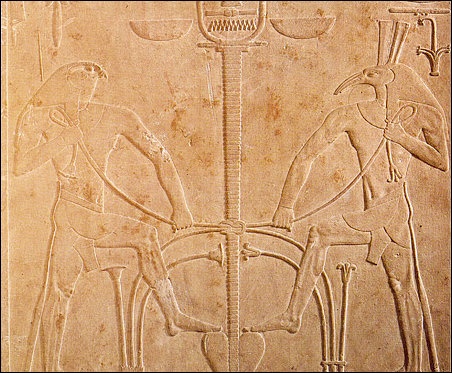
Horus, the Egyptian Messiah (left) vs. Seth, the Egyptian Antichrist (right)
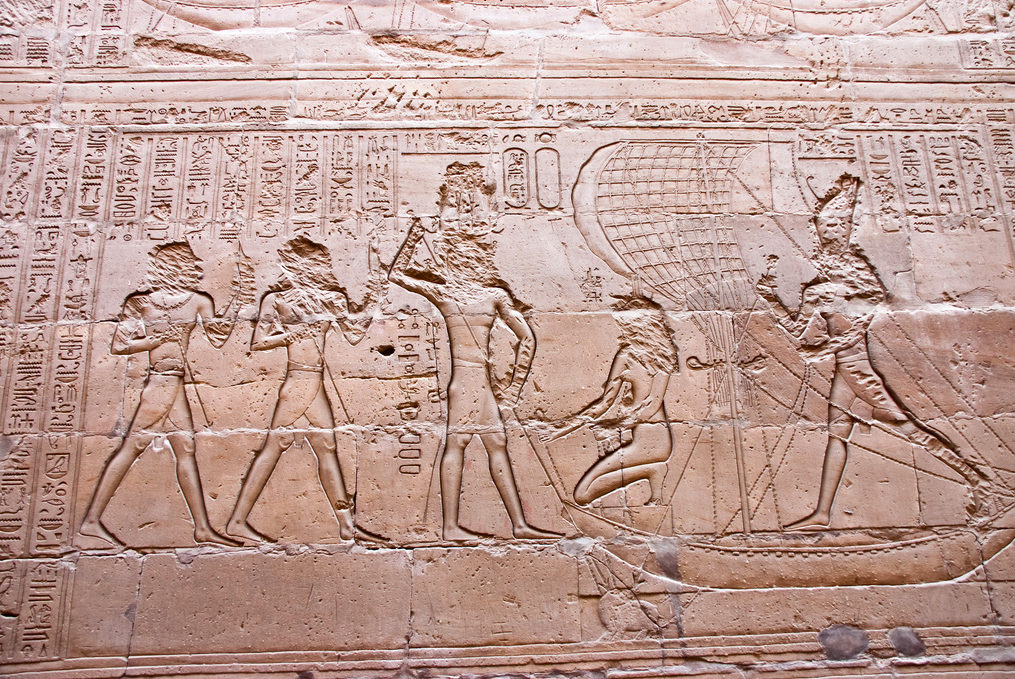
Representation of the final battle between the Messiah (Horus) and the Antichrist (Seth) on the inner side of the external wall (western part) of the Horus Temple at Edfu, in Upper Egypt; depicted as double (on the shore and on the sailing boat) and superb, Horus demolishes Seth, portrayed as a small hippopotamus (and in other relief panels of the same wall as an insignificant crocodile).
Similar eschatological concepts and epics we attest in Assyria and in Hittite Anatolia, but there was never an eschatological notion without the respective cosmogonic narrative, cosmological description, and imperial quest. The reason is very simple: irrespective of the number of inhabitants (just 10000 people or even 1000000 people, which was a huge number in the Antiquity), the empire had to always be the perfect reflection of the divine order and of the spiritual universe on Earth. This had to be so because Man was created as a king, and he had therefore to act as a king; in reality, a king or emperor was only the divinely blessed ‘king of kings’ and in the successful empires, all men were treated as noble and royal humans by the emperor. The same concept was preserved in Islam, as per the principles of which Man is declared as the Caliph (lit. ‘Representative’) of God on Earth; that’s why the term ‘caliphate’ was used.
The modern notion of the term ’empire’ is materialistic, quantitative and therefore meaningless. People designate as ’empire’ a kingdom that happens to expand out of its traditional border; that’s silly. In the Antiquity, the distinction between ‘king’ and ’emperor’ was made thanks to few exceptional terms that were used in the case of the several kings whose spiritual force, intellectual clarity, and material deeds justified the distinction: ‘king of the four quarters’ (meaning that the empire was a reflection of the initial Paradise, which was divided into four parts by the four initial rivers), ‘stable king’, ‘strong king’ or ‘king of kings’.
The concept that Man was created as a ‘king’ is the cornerstone of Jesus’ teaching as documented in the Gospels; what all humans must seek, according to Jesus, is the ‘Kingdom of Heaven’, which is the effective function, fruitful performance, and conscious synergy of all the components of the human being (soul, character and body) at the ethereal plane exclusively. By deliberately using the term ‘kingdom’ (and not ‘sphere’, ‘plane’, ‘level’, etc.), Jesus made it clear that the sole possible way of governance humans have been created to have is a divinely inspired, spiritually implemented, morally guided, religiously endorsed, culturally corroborated, and intellectually-artistically praised kingdom.
In other words, ‘Governance’ has nothing to do with the barbarian, inhuman and evil Athenian ‘Agora’ or Roman Senate, let alone the modern Western states’ disreputable brothels that are euphemistically called ‘parliaments’. In any case, one must add that the Athenian deviation and the Roman misfortune are not due to local conditions. As a matter of fact, the example was given to both of them by the system of governance that the Phoenician colons established throughout the Mediterranean in each and every of their colonies; whereas in Phoenicia, the small local states were organized as kingdoms (Arad, Byblos, Sidon, Tyre, etc.) after the earlier (2nd millennium BCE) Canaanite model (notably Ugarit, the earliest Translation Center in World History), the Phoenician colonies overseas during the 1st millennium BCE were organized as democratic republics.
Centuries before the ignorant barbarians of Rome and Athens established their wretched non-monarchical systems, the greatest Phoenician colony Carthage (Qart Hadasht: the ‘New City’) was founded in 814 BCE, and it was governed by the democratically elected Shoftim (plural of Shophet). The Shoftim (lit. ‘Judges’) were entrepreneurs and traders, captains and owners of companies specializing in the exploitation of Carthaginian colonies’ (in Libya, in the Iberian Peninsula, in Sicily, in Sardinia, and throughout NW Africa as far in the South as today’s Sierra Leone) natural resources, their extraction and collection, their transportation, and their sale in other parts of the Mediterranean, notably Phoenicia, Egypt, etc., and further beyond to the sole superpower of the then world, Assyria. In fact, what happened in Modern Times between England and America occurred first between Tyre and Qart Hadasht in the 1st half of the 1st millennium BCE: the colony totally eclipsed the metropolis. In fact, within 200 years, Carthage outshined all the maritime kingdoms of Phoenicia combined, thus providing the first historically documented ‘sea power’ in World History.

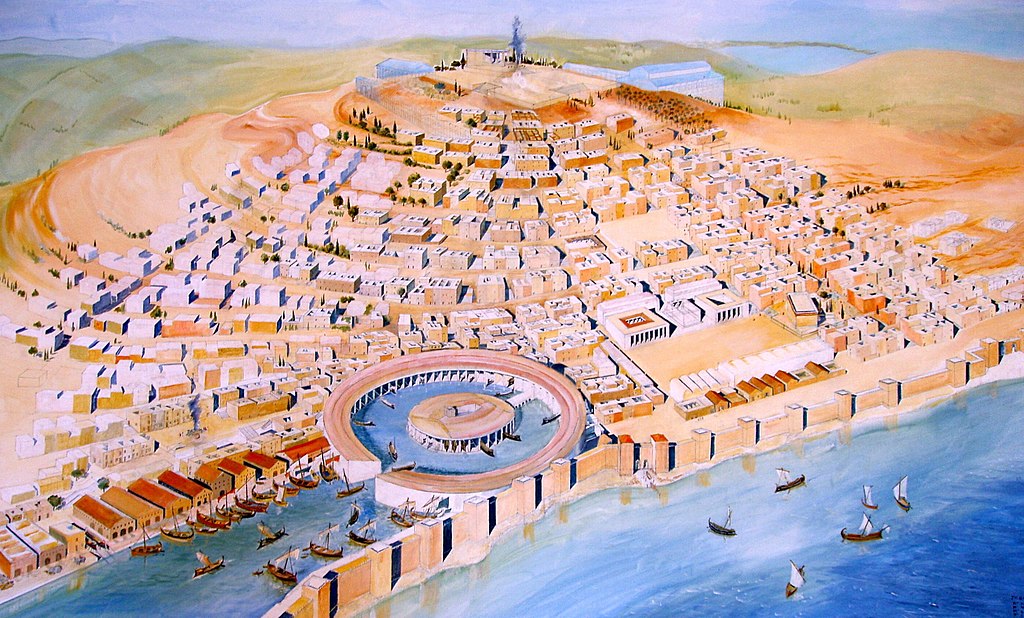
Carthage today and in historical representation; the Carthaginian Empire (map)
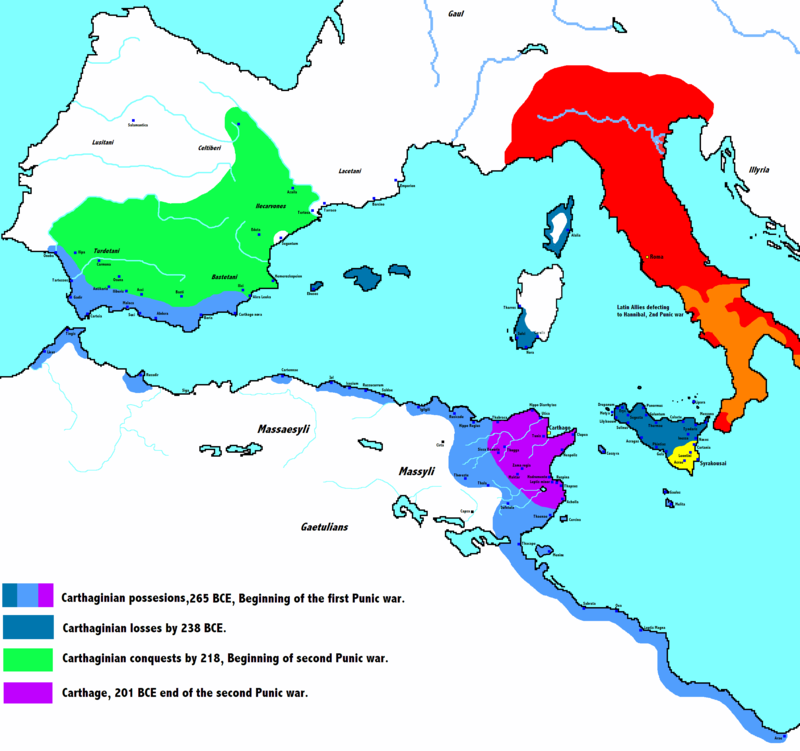
Within this context, one can easily understand that the world’s earliest parliament (from which originate all similar institutions in South Balkans, the Italian Peninsula, Western Europe, and North America) was the ultimate venue for long discussions and debates about the exploitation of natural resources located within the sphere of the immense maritime Carthaginian (or Punic) Empire, the transportation, storage and sale of goods and merchandises, the navigation, further explorations, and the division of this wealth among the great magistrates and potentates of Carthage, as well as about the commercial profit and the business improvement, i.e. simple and low level activities of humans that are totally out of the sphere of the spiritual world. In other words, the Carthaginian Senate was properly speaking a merchant house, meticulously recording and fixing financial details, solving conflicts of interest, and examining other trivial issues pertaining to the material life and the financial profit of the representative body’s members.
That’s why they did not have a proper king (let alone an emperor) and no real monarch could ever exist among them, because no true sovereign deals with petty affairs like those of the Carthaginian Republic. This system affected very negatively the local people, namely the Carthaginians, all the Phoenician newcomers, and, preponderantly, the indigenous Berbers, who ensured the land and desert routes across the Atlas and the Sahara. There were of course many temples in Carthage, but religion became a rather ceremonial story, featuring cults and feasts in guise of tradition, detonating the average believer’s sentimentalism in the process, but having almost nothing to do with spirituality, except for black magic; this is so because the Carthaginian ‘gods’ were effectively subordinated to the material benefit that they defended and even ‘consecrated’. And black magic is nothing more than the blasphemous consecration of material benefits as the ultimate rejection of the Creation, and of the Destiny of the Mankind.
So, we can safely claim now that the correct definition of the devious Carthaginian system of governance was at the very antipodes of that of the traditional imperial system of governance: ‘as below so above’. This counterfeit system brings forth utter disorder, explicit paranoia, extreme immorality, overwhelming lawlessness, vicious individualism, and irreversible inhumanity. The invisible force that generated this immense negativity is, of course, the sea; such a monstrous system of governance could never be formed in a great plain, in a fertile valley, in a major plateau or atop of hills and mountains – only in a misfortunate coastal city or in an island.
This ominous situation -viewed as a concept- had nothing to do with the traditional trade of the Oriental Empires, as documented by numerous historical texts, notably Hatshepsut’s Expedition to Punt; the early commercial contacts and affairs were absolutely subordinated to the spiritual needs of the entire Empire, being totally deprived of any notion of individual profit. But in the case of Carthage and all the similar, posterior states and pseudo-empires, due to the vicinity of the sea, what was really happening was that, in reality, the entire state was a form of ‘institutionalized trade of individual character’.
This evil system of governance was diffused across the Mediterranean and prevailed in some tiny Ionian and Dorian cities in South Balkans, notably Corinth and Athens; as one could surely expect, it produced intentions of imperial character in a small scale of course, and it inevitably ended up with the destruction of Athens by Sparta (404 BCE), the subsequent subordination of Corinth and Athens to Macedonia (336 BCE), and the Roman obliteration of Corinth (146 BCE). Even worse, with the Roman conquest and ruination of Carthage (146 BCE), the basics of the Carthaginian concept of evil governance (institutionalized trade of individual character) spread among the earlier impecunious but militaristic and traditionalist Roman senators and ultimately became the reason of the collapse of the Res Publica Romana, and of the rise of the Imperium Romanum.
The idiotic Roman Emperors did something even worse that the pecunious Punic Shoftim had been wise enough never to attempt; they tried to use the material profit, which was over-centralized in one person’s hands (something that had never been the case in Carthage), in order to systematically wage invasions and wars, finance a terrible mechanism of local oppression, and subsidize unprecedented pompous ceremonies and festivities in a desperate attempt to imitate the Oriental Empires. This was absolutely pathetic for three reasons:
First, these ceremonies were entirely deprived of spirituality, mainly geared for the elite rather than the entire nation, and ostensibly distinct from the local popular religion.
Second, as concept, the ‘maritime empire’, which is merely institutionalized trade of individual character, cannot be a proper universal empire. It cannot combine trade across the seas and land expansion, which is a trait proper to all the true and original empires and which involves a strong dose of military doctrine, absolute order, and unmatched self-command. Quite wisely, the Carthaginians did not bother to invade the entire NW Africa, making a continental empire from Libya to Cameroon. They knew that such an effort would be absurd.
The ill-fated Roman Empire intended to walk at the same time on two roads leading to opposite directions. For a universal empire, it was located in the wrong place; for a ‘maritime empire’, it had impossible universal aspirations and an unnecessary militaristic character. The Romans failed to become the prosperous successors to the maritime Carthaginian Empire and they were unable to effectively inherit the supreme Oriental imperial tradition, namely that of Assyria. The catastrophic Roman wars with Iran, which lasted almost 700 years, were all due to both empires’ rivalry about the Imperial Heritage of Assyria; but imperial aspirations and maritime expeditions against the Yemenite kingdoms of Sheba and Himyar (like the one undertaken by Aelius Gallus in 26-25 BCE) can never make an effective combination.
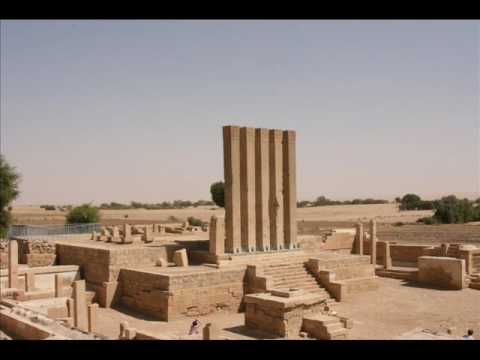
The temple of Marib (capital of the ancient Yemenite kingdom of the Sheba / Sabaeans) and, below, the remains of the ancient Marib dam


Zafar (capital of the ancient Yemenite kingdom of Himyar); Aden (below)

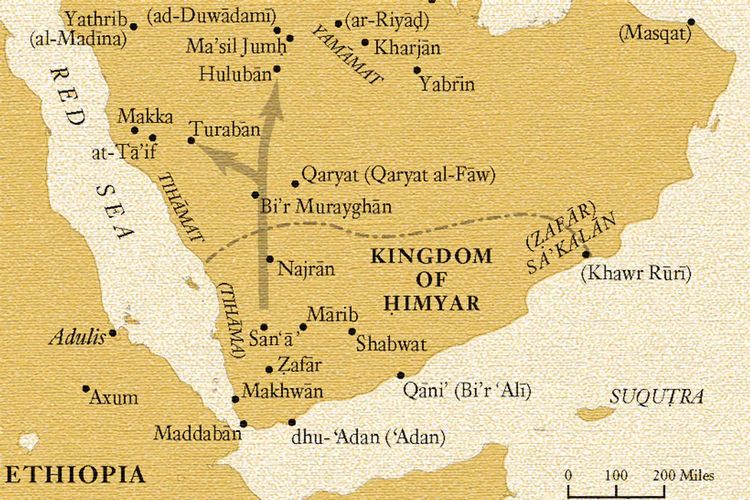
Third, with the diffusion of Oriental cosmogonies, cosmologies, eschatologies, cults, religions, popular religions, mysteries and cultures in the Roman Empire, Rome ceased to be a proper empire in terms of spirituality, moral, popular religion, culture, cosmology, and eschatology. The vast extent of this unprecedented phenomenon draws a deep line between the genuine Oriental Empires (Akkad, Egypt, Hittite Anatolia, Assyria, Babylonia, and Iran) and Rome.
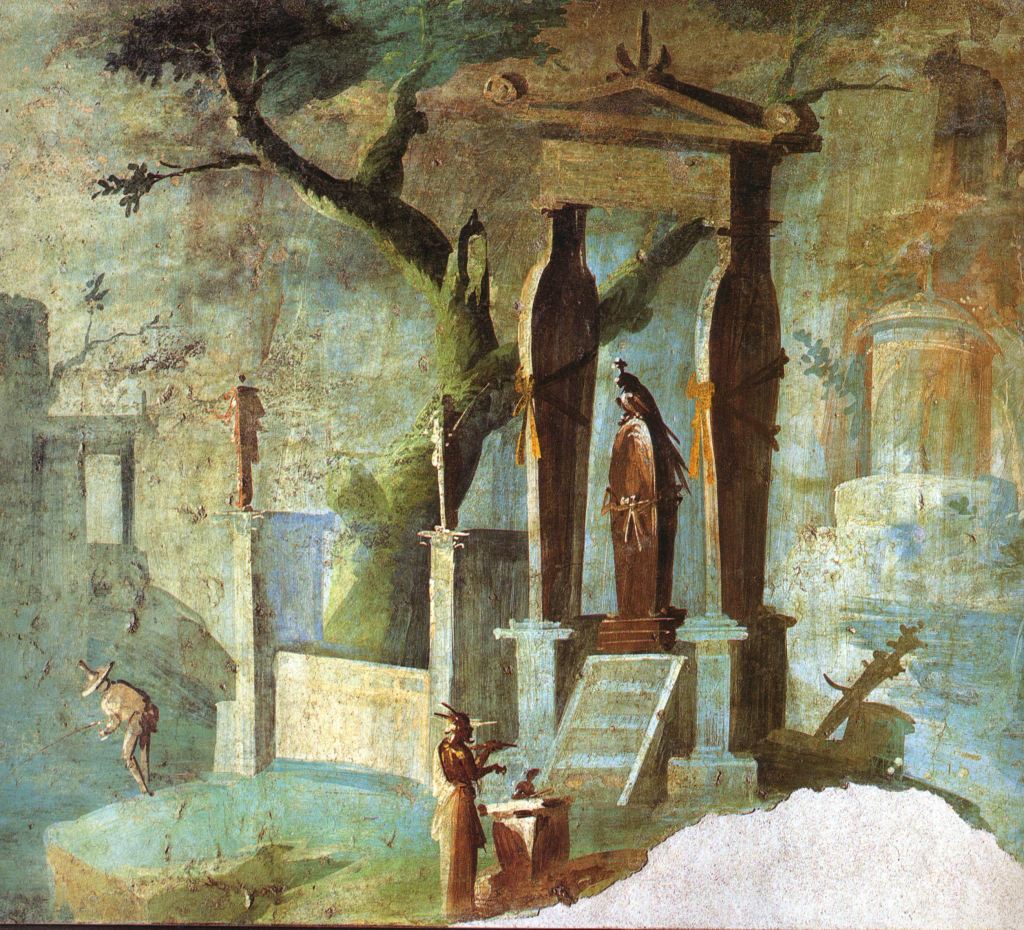
Pompeii Iseum (temple of Isis); Pompeii villa of the mysteries (below)
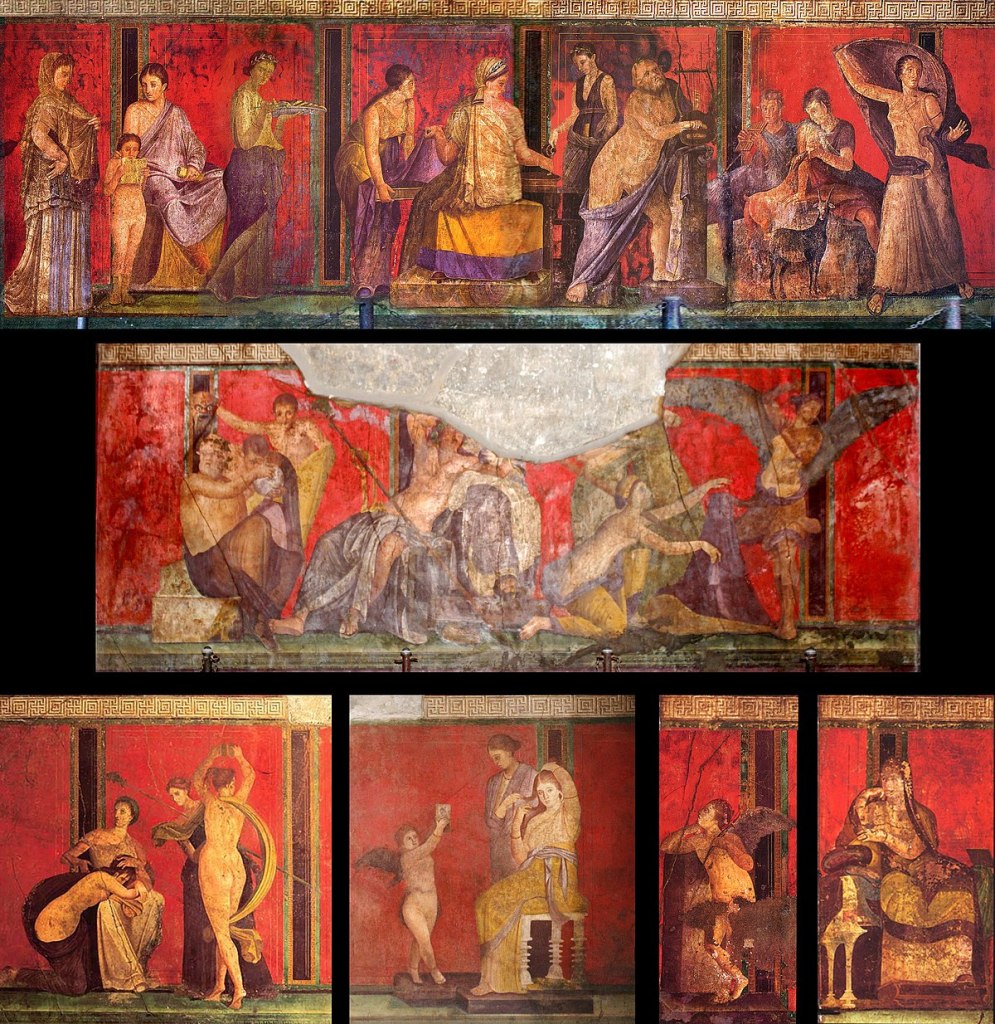
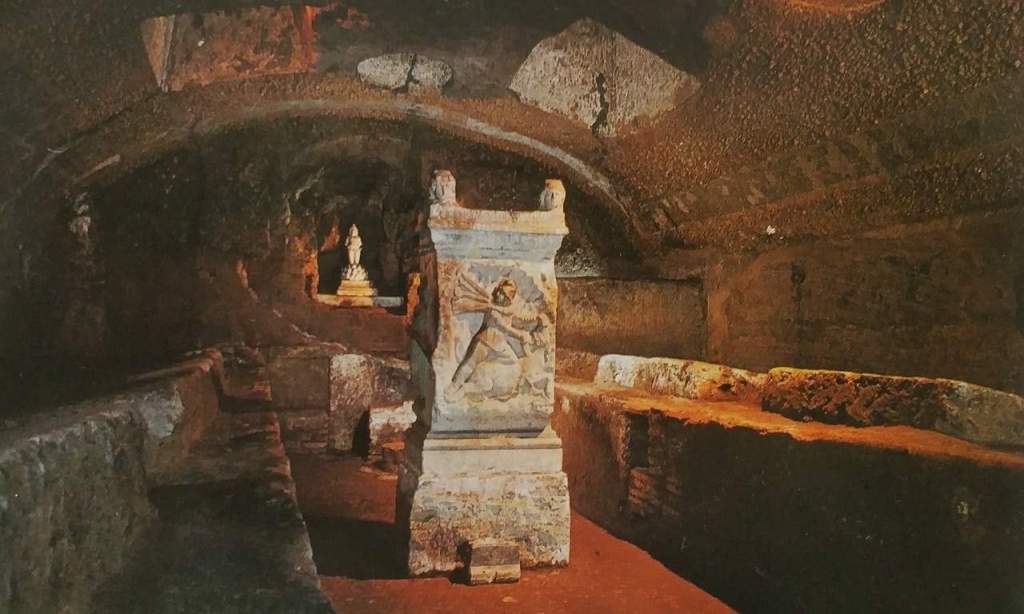
Rome, Mithraeum (temple of Mithras) in the Basilica of San Clemente
————————————————————-
Before Rome, there was never an empire flooded by foreign religions and cultures, which were particular to another empire. As a universal structure of governance, every empire based its material function on spiritual considerations of universal order, eventually containing spiritual and cultural subsystems (other nations’ religions and cultures). However, Egypt was never flooded by Assyrian cults, concepts and myths, and Assyria was never impacted by Egyptian spirituality, mysteries and culture. The same was valid for Nabonid Babylonia and Achaemenid Iran.
Due to its self-contradictory components and inclinations, internal inconsistencies and external cataclysmic impact, the Roman Empire finally collapsed only to become a typical Oriental Empire with a theologically composed religion (Christianity), very different in essence, nature, functions, attributes, symbols, and narratives from the religions of the ancient empires. While becoming finally a universal empire with Christianity as the official state religion, the Roman Empire lost its aspect of maritime empire; and this is very clearly noticed, when comparing the state and its commercial and maritime activities in the early 2nd century and in the late 4th century.
The entire process was completed at the times of Justinian I (527-565 CE), and despite the Reconquista of so many lands around the Mediterranean, the Oriental state takes firmly the appearance of a universal (now called ecumenical) empire headquartered in Anatolia, Syria, Palestine, Egypt and the Balkans and endowed with several ‘colonies’, notably in the Italian Peninsula, Carthage, Sicily, and the southern part of the Iberian Peninsula.
Taking the Roman Empire as the model state, all the modern colonial states of Western Europe (Spain, Portugal, France, Holland and England) and the United States signed their own death warrant, because the model is defective, morbid and abortive of nature. On the contrary, the Eastern Roman Empire could be taken as an imperial universal model, but in this case, Heraclius (610-641 CE) is de facto much closer to Sennacherib (745-681 BCE, reigned after 705 BCE), Shalmaneser III (893-824 BCE, reigned after 859 BCE) and Sargonid Assyria (722-609 BCE) than to Sulla (138-78 BCE), Crassus (115-53 BCE), and the Roman Republic.
B. Religion
Using this term, I herewith speak exclusively of the ‘official’ religion of a state, nation, population or community – not the popular religion about which I already spoke in Unit II E. Religion is widely confused with spirituality and theology; this confusion is deliberately caused by the institutions that administer every ‘official’ religion. The reason for this confusion is that, without it, the religious institutions will lose their entire grip on the wealth, the natural resources, the economy, the society and the governance of the community, population, nation or state.
Most of the existing definitions of religion are nowadays false, deliberately mistaken, intentionally ideologized, and utterly distorted; alternatively, they can be so general that they become useless. A good example is offered by the English version of the Wikipedia: ‘Religion is usually defined as a social-cultural system of designated behaviors and practices, morals, beliefs, worldviews, texts, sanctified places, prophecies, ethics, or organizations, that generally relates humanity to supernatural, transcendental, and spiritual elements; however, there is no scholarly consensus over what precisely constitutes a religion’ (https://en.wikipedia.org/wiki/Religion).
Everyone can understand how ridiculous the following phrase is: “a social-cultural system of designated behaviors and practices, morals, beliefs, worldviews, texts, sanctified places, prophecies, ethics, or organizations”! It seems they want to provide readers with a definition that is not a definition! Same of the ludicrous choice of words: “spiritual elements”! There cannot be ‘spiritual elements’ without a ‘spiritual universe or world’, but this truth is prohibited throughout this site of atheist militantism.
Other definitions focus on beliefs without mentioning anything about the central organization that administers each religion; they mention only ‘buildings’! Example:
‘Religion is belief in a god or gods and the activities that are connected with this belief, such as praying or worshipping in a building such as a church or temple’ (for religion as uncountable noun) and ‘A religion is a particular system of belief in a god or gods and the activities that are connected with this system’ (for religion as countable noun) https://www.collinsdictionary.com/dictionary/english/religion
To deliberately decry the term and offer a most corrupt, deviate and vicious idea of it, the felony of Cambridge atheism suggests two definitions: ‘the belief in and worship of a god or gods, or any such system of belief and worship’ (which is too general) and ‘an activity that someone is extremely enthusiastic about and does regularly’ (https://dictionary.cambridge.org/dictionary/english/religion), which is an outrage, because it takes the mistaken and distorted use of the term, which was produced within a degraded and corrupted environment, in order to present is as possible part of the definition. The criminal act of the Cambridge dictionary is tantamount to deliberate spiritual genocide, and it will inevitably trigger a truly devastating punishment. Vicious institutions that become the very mechanisms of systematic distortion have always an exemplary end, because the nature itself rejects them.
If almost all the contemporary definitions of the term ‘religion’ are erroneous and worthless, this does not mean that 20th and 19th c. encyclopedias and dictionaries offered pertinent definitions. In fact, the term was always troublesome. Within the context of the Ancient Oriental Empires, religion was the way the average people could be connected with the spiritual world; however, in most of the cases, it was a matter of indirect contact through intermediates (i.e. the priests and the high priests) and of representation of the divine and the spiritual world by means of symbols.
This situation ended up with the average adepts feeling an incandescent love for the aspects of the divinity represented to them; this subconscious love was expressed via reliefs, statues, and icons. This developmentwas a priestly crime, because in this manner they straightforwardly exploited the innocent believers, absorbed their spiritual, sentimental and mental energy, turning them to polytheists and depriving them from their spirituality, i.e. their chance to establish a connection among their body, their character and their soul. This fact constituted complete dehumanization of the humans. The ‘religion’ in which the souls of the faithful are held captive by the priests is a criminal and inhuman institution; one can describe these priests as the worst crooks, thieves and embezzlers -or even zombies- in the History of the Mankind.
Karl Marx called this type of religion as the ‘opium of the people’ and he was very right; but this statement did not end but only launched the discussion about the existence of the spiritual world, the spiritual drive of the human being, and the imperative need of all humans to establish -each one independently- a fully operable interconnection among the three parts of their being.
With minimal exceptions (noticeably those of the adamant monotheist Pharaoh Akhenaten in 14th c. BCE Egypt, prophet Jonah’s who preached in Sargonid Nineveh at the end of the 8th c. BCE Assyria, and prophet Zardosht / Zoroaster, who introduced monotheism among the early Achaemenid rulers in 7th/6th c. BCE Iran), all the ancient Oriental religions became the spiritual prison of unfortunate and misguided nations that went astray and sailed adrift. Still, those religions fully predetermined the faiths of the Hebrews, having subsequently a cataclysmic impact on the formation of Christianity and Islam.
That is why the greatest effort to exit from that world was deployed by Mani, and Manichaeism was a far more comprehensive system than Christianity (in any of its diverse Christological forms) or Islam in rejecting the earlier History of the Mankind; simply, it was so negative that it mistook the corrupt elements of the then already decayed world as ‘negative’ whereas they were ‘positive’ in their origin. However, contrarily to Noah, Abraham, Moses, Jonah, Zoroaster, Jesus and Muhammad, who sought to demonstrate that, in spite of the undeniable fall, there could be salvation for the Mankind (via repentance), Mani attempted to provide salvation through extinction, which can hardly be viewed as compatible with the Creation. That is why in Islam we find diametrically opposed views on Zoroaster and Mani; the latter was never accepted as a prophet throughout the Islamic Ages, and the Manicheans were viewed as an evil group of infidels.
How could one define the Ancient Oriental religions? They consisted truly in a ‘state within the state’, because as organizations of faith and cult administration, they also assumed the absolute control of several other major fields of social life. Exploration, science, research, education, intellectual life, cultural activities and traditions, public administration and socio-professional formation (not in all but in many fields), along with spirituality, divination, moral tutorship, cosmogony, cosmology, mythology and eschatology depended on the temples. The temples functioned as universities, schools, research centers, secret societies, initiation organizations, mystical orders and -to some extent- governmental bodies.
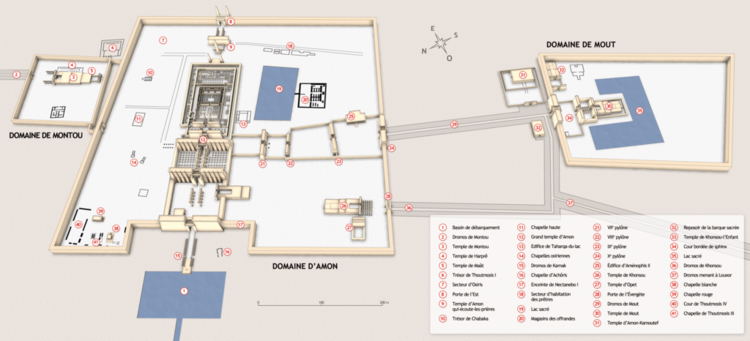
The vast temple complex of Karnak, involving the temples of Amun, Mut and Khonsu
——————————————————————-
The temples controlled a significant part of the socio-economic life and constituted the only center of power, except the palace and the army; it should be added at this point that the palace also functioned as the main center of the government and as real headquarters of the army. All the same, this situation must not be viewed as a dictatorial, tyrannical rule, because in reality, there was not one religion or one temple, but many; different priesthoods waged real and interminable wars one upon the other. Among the many different religious-theological systems and temples that existed within one country there was a really ferocious clash of power.
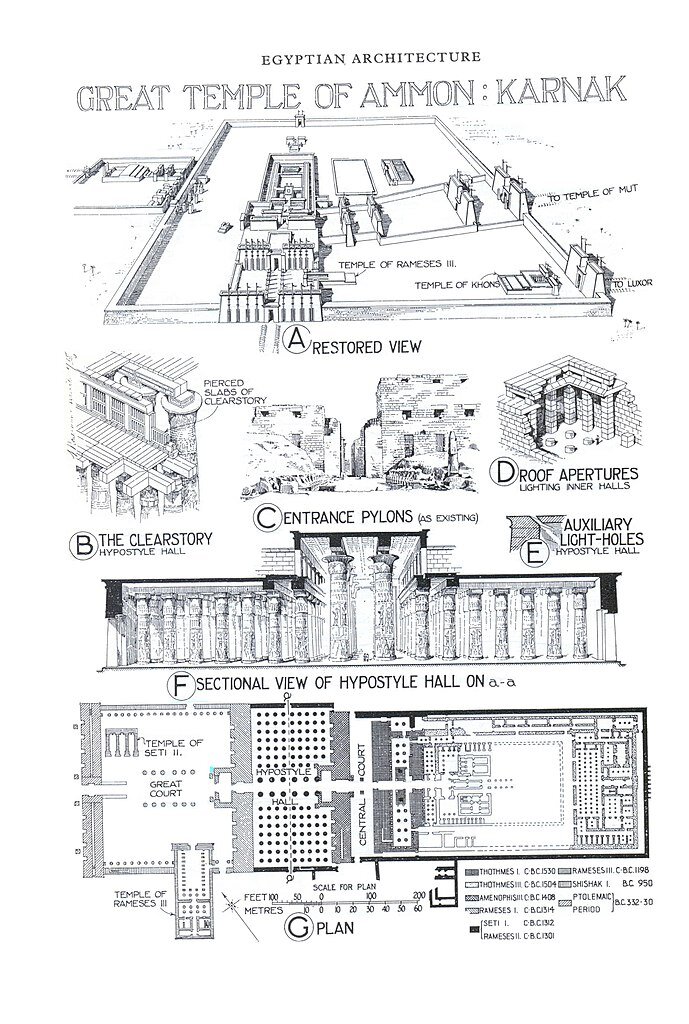
The palace and the army were also involved in these developments for many reasons; first, each pharaoh was formed / educated by, and therefore used to side with, this or the other priesthood. So, as one could normally expect, each pharaoh would wholeheartedly favor his spiritual ‘brethren’, resentfully depriving opponents of their privileges. Second, the palatial priests, scribes, translators and advisers, as well as the army officers, who belonged to the class of major land owners and noble families, had also been earlier formed / educated in the different temples; they should therefore be expected to systematically support ideas and concepts cherished only by that part of the religious establishment, while opposing the other.
Consequently, we can conclude that the ancient religions were simply ‘spirituality institutionalized in a manner to effectively interrupt the direct contact with one’s soul that every person can and must achieve’. Ancient Oriental religions exemplified the interposition of priests between the human being and God. For this to be effectively achieved, the cult had to occupy a central part, whereas the spiritual exercises had to be reserved to the well trained and initiated priests, noblemen, generals and land owners, who would be irrevocably tied to one specific temple (namely the one where they were formed and initiated in the mysteries) and would promote that temple’s interests during their entire lifetime. Long liturgies, litanies and festivities along with ceremonial procedures had to replace spirituality, so that the spiritual force of the followers be permanently absorbed and used by the numerous high priests–zombies that became powerful only because their adepts were reduced to powerless, spiritless beings.
DEFINITION
Religion was not meant to be something so dirty and evil; whereas spirituality is the practical ability of the human being to act in full synergy of his soul, character and body, religion has to be the cerebral column of the human being’s character (founded on a person’s heart, mind and solar plexus). Religion, as sentimental and mental activity, involves the comprehension of the world (world perception), the knowledge of the universes (spiritual and material), the full understanding of the divine orders and the moral standards, the willingness to act according to the Divine Ideas, the permanent desire to discover and tell the Truth, the resolute decision to be always Just, Impartial and Selfless, the love to please the Creator, the need to express one’s own piety toward the Lord, and the magnanimity toward the other creatures of God.
When simple people nowadays define religion as ‘the means to contact God’, they make a mistake, because they
a) do not know what spirituality is,
b) amalgamate religion with spirituality, and
c) imagine that the heart and the brain can contact God, whereas only the human soul can possibly contact God.
Mental or sentimental belief is not tantamount to the true, spiritual belief. Believing in God via words, feelings and thoughts is a far lower level of belief; of course, it is not objectionable. Not at all! But it is not sufficient. It brings minimal results, while also exposing the believers to offenses expressed by the unfaithful, the atheists and the enemies of the Faith. This is how people were led to the extreme misuse of the verb ‘to believe’ in all the languages. Only because of the disappearance of the spiritual belief (a fact for which the religious organizations are responsible) can one misuse the verb ‘to believe’ as in the following sentence:
“Mr. A believes in Communism and Mr. B believes in Christianity”
or alternatively
“Mr. X believes Karl Marx and Mr. Z believes Jesus”
(note: it goes without saying that, in the first part of the two sentences, various ideologies, theories, philosophers and intellectuals can invariably replace the examples given, and similarly, in the second part of the two sentences, the names of different religions and of other ‘founders of religion’ can possibly alternate with those mentioned).
The limits between spirituality and religion are nowadays so confused that I have to offer some examples. When Moses (Musa) and Aaron (Harun) go to the Pharaoh to petition him about the right of the Israelites to go, we have an event included in a religious narrative; the Book of Exodus mentions this story. When Moses’s staff becomes a snake and then turns back into a staff (Exodus 4:2-4), we have an incident that reveals the divine initiation of Moses. This fact relates to spirituality.
When Jonah flees from before Yahweh and goes down to Yaffo to sail to Tarshish (Jonah 1:2) or when Jonah goes one day’s walk into the city of Nineveh and starts preaching (Jonah 3:4), we read about events that are important for a religious narrative. But when Jonah was in the belly of the sea creature three days and three nights (Jonah 2:1), we learn about an incident that reveals the divine initiation of Jonah. This fact relates to spirituality.
When Jesus speaks to people saying that “a prophet has respect, but not in his homeland nor in his family. And because they didn’t believe in him he didn’t do many miracles there” (Matthew 13:57-58), we read about the teachings of Jesus, whom the Fathers of the Christian Church defined as the founder of their religion. This excerpt is a religious narrative, and this point of Jesus’ teaching is an inalienable part of the Christian religion. But when Jesus and Peter are said to have walked on the water (Matthew 14:26-32), we attest a case of spiritual initiation of Peter, offered to him by Jesus. This fact relates to spirituality.
When Muhammad accepted the second pledge at al Aqabah (few kilometers far from the historical center of Mecca), during which 75 residents of Yathrib (later known as Medina) declared loyalty to him (during the Tashreeq Days: 11th to 13th Dhu’l Hijjah 622 CE), we learn about an important episode that triggered the famous Hijra (i.e. the migration from Mecca to Medina). But when we read in the Quran about prophet Muhammad the verses “And he certainly saw that (angel descend) a second time at the Lote Tree (Sidrat al-Muntaha) of the most extreme limit (: in the seventh heaven), near which is the garden of (eternal) residence (: the original Paradise), while the Lote Tree was overwhelmed with ‘divine’ splendors!” {Surah 53 (An-Najm):13-18}, we understand that this was part of Muhammad’s nocturnal travel (Isra’ and Mi’raj). This fact relates to spirituality.
Exactly because the religion is the cerebral column of the human being’s character, consisting in a sentimental and mental activity shared by every faithful, religion in its original form is not a systematic dogma, let alone an organization. A truthful and original form of religion is preached by a luminous mystic and messenger of God, who is the embodiment of the perfect spiritual master for the population to which he is sent. These few, supreme and sublime people do not care about the material goods and posterior reputation; this is so because there is nothing important in the material universe for a spiritual ‘pole’ to possibly care about. Of course, several names have been recorded, but one must bear always in mind that these are only a few among those luminous people.
The ‘messengers’ of God or ‘prophets’ or luminous mystics did not preach ‘religions’ – in any sense the term has had during its long history. I say so because historically the term ‘religion’ has been associated with various perceptions of ‘systems’, but in reality there cannot be anything ‘systematic’ in the reflection of the spiritual universe and order in the material universe.
In fact, the core of the divine teaching of all the ‘prophets’ is the quintessence of the Creation, the reminder of the ‘secret code of the Creation’ that the humans have totally lost after the first fall, being uninterruptedly deprived of it afterwards. The notion of the ‘system’ pertains to the finite world; but the spiritual universe is infinite and therefore the reflection of the spiritual universe and order in the material universe is of absolutely unfathomable nature for average humans.
At this point, one has to make a clarification, which is very easy for many to make, but all prefer to dodge it; all religions are conditioned on the initial fall of the Man. There is no ‘religion’ in the initial Paradise; instead, there are absolute spiritual consciousness and perfect synergy of the soul, the character and the body. Only because of the original fall and following many other subsequent falls, several prophets ‘had’ to be sent in order to demonstrate to all humans what they had meanwhile forgotten.
There is no ‘reason’ in Human History, and there is no ‘reason’ in the human nature; what people called ‘reason’ in different times was the common denominator of their abject ignorance, sinfulness, and delusion. Knowing this and having a supratemporal conception of the material universe, the prophets and the messengers, the mystics and the initiates ‘translated’ the divine reality into the various human languages and into the reasoning of the time they lived and preached in. Each of the sacred books of all the religions reveals therefore only an infinitesimal part of the Divine Truth that the prophets and the mystics were sent to convey.
There is no supratemporal validity in any sacred book in its totality; on the contrary, there is supratemporal truth in many specific excerpts of each sacred book. That is why the idea that a holy book is on a par with God constitutes extreme blasphemy. But the blasphemous religious organizations have the need to diffuse this villainous falsehood in order to justify their raison d’être. That is why there is no ‘prophet’ or luminous mystic who did not fight against an earlier established religious society or organization.
This shows that, when organizations undertake the hypothetical task to perpetuate earlier teachings of mystics and preaching of prophets, every true spiritual and supratemporal element goes, the temporal notion prevails over the supratemporal, and the real meaning of both, the revealed sacred texts and the mystic’s or prophet’s discourses, get fully distorted, deliberately misinterpreted or even concealed and forgotten. Gradually, out of the small circle of followers, disciples and adepts of a mystic or prophet a larger circle is created and then an even larger and so on – only to take more and more distance from the original preaching of the mystic or prophet. In the process, the ‘original’ religion loses its contact with spirituality, inevitably becoming captive of ‘hermeneutics’ and ‘theologies’, which can comfortably portray Satan as the true God – on the basis of the distorted sacred texts and mystics’ or prophets’ discourses.
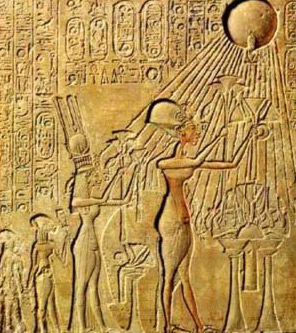
Akhenaten, Nefertiti and their children adoring the Only God, who was symbolized as a solar disc with emanating rays that end in hands offering Life (Ankh)
—————————————————————
That is why Akhenaten, who changed his original Pharaonic name Amenhotep IV, closed down all previous, idolatrous and polytheistic temples of Egypt, terminating all the priests, banning all fake gods (because all the earlier perceived ‘aspects of the Divine’ had already been individualized and believed as independent ‘gods’), and prohibiting the anthropomorphic representation of the Only God. He relocated the capital to Middle Egypt to ensure that the old priesthood and the associated social context would not affect the return to the original, monotheistic religion of Ancient Egypt that he so fervently preached. The great pharaoh, high priest, spiritual master, groundbreaking thinker, visioner and poet can definitely be considered as a ‘prophet’ on the basis of Islamic principles and evaluations. His hymns to Aton were copied, translated into Ancient Hebrew, and included in the Biblical Psalms. The religion instituted by Akhenaten had minimal cult, few priests, intense spirituality, stressed piety, and no mysteries. However, Akhenaten failed and the polytheistic religion of the Theban Trinity (Amun, Mut and Khonsu) was restored.
We cannot properly say that Moses literally speaking ‘preached’ a religion. He took the Hebrews and the monotheistic Egyptians out of Egypt; he guided them in terms of spirituality and morality, but the depravity of the average people forced him to shatter the Tablets with the Ten Commandments. He so much failed that he was not even allowed to enter the Promised Land, and he died alone in the wasteland of the Sinai. Posterior Hebrew priests added however tons of ‘religious’ laws to effectively fabricate the enormous Pentateuch that Moses certainly did not write. Later, during the time of the kingdoms of Israel and Judah, in most of the cases when prophets are mentioned, we notice immediately that they are in straight clash with the kings and the priests, due to the wicked manners that prevailed due to these two institutions, namely the palace and the temple.
Jonah marked a spectacular success in Nineveh, but the Assyrians were the main, central and supreme nation of the Ancient World; the Assyrians were the first nation in the History of the Mankind to identify themselves as the Chosen People tasked by God with the world governance and the administration of the worldly affairs. Not only did they accept Jonah’s preaching, but they also repented and acted accordingly. Reconfirming their role as the focal point of the End Times, they abandoned their land at the end of the reign of Assurbanipal, taking also the Ancient Israelites with them, as this population had already been transported to the NE confines of the Assyrian Empire. Jesus spoke explicitly about the crucial role that the Assyrians will play at the End of Times and the Quran referred to the issue. After completing his preaching, Jonah sat under a small tree on the opposite side of Tigris (Dicle) River in order to observe the developments; however, Jonah understood that he failed to guarantee the permanence of the Assyrians in their own land throughout the ages, and for this he saddened greatly.
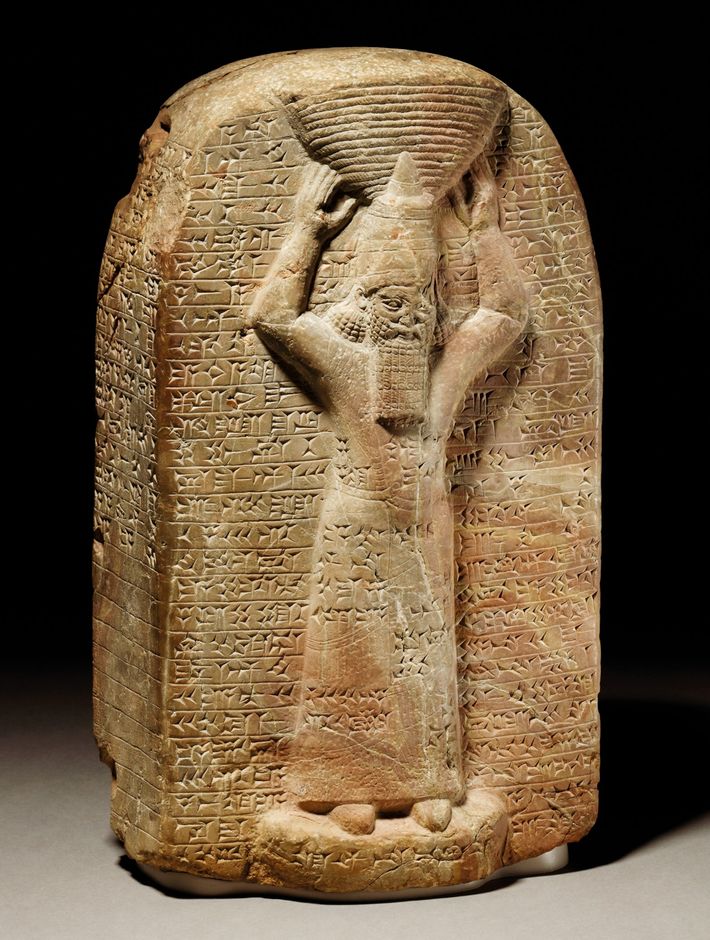
As Emperor of the Universe, Assurbanipal (reign: 669-625 BCE) was literarily bearing the entire universe over his head.
—————————————————–
Jesus rejected the Jewish religious establishment of the Pharisees in a most ferocious manner. Examining Jesus’ terminology in order to accurately understand what evil system of beliefs, practices, intentions and purposes Late Antiquity Judaism had been transformed into, we safely conclude that, in the name of the Mosaic Law, the evil and villainous rabbis of Talmudic Judaism purposefully implemented iniquity, lawlessness, arrogance, fanfare and wickedness, eliminating spirituality from among the faithful. Jesus understood clearly that, due to the sensationalism that the evil Pharisees provoked among the Jews of those days, the priests extorted the spiritual force of the average people in order to ensure material benefits and privileges for themselves. Jesus evidently tried to show how average people could find the true path to Faith, but this was not a religious ‘system’, let alone a ‘church’.
Jesus’ utter rejection of the Pharisees’ raison d’être is not a historical event, but a supratemporal instruction; it is tantamount to absolute repudiation of the Christian Church (this is said with respect to all past and present denominations) and of the similar Muslim structures and organizations. Jesus failed to overthrow the Pharisaic establishment; furthermore, we can even state that he knew very well that, in his name, an evil establishment would then be formed – in the near future. That’s why he took distance from that: “for the ruler of this world comes, and in me he has nothing” (John 14:30).
Muhammad rejected the religious establishment of the then Christian churches in a most ferocious manner, while also making a critical distinction among the Christian monks and priests. Quite interestingly, Muhammad’s distinction between good and evil Christians has nothing to do with the then existing denominations, namely the Nestorians, the Miaphysites (known also as ‘Monophysites’, but the term is clearly derogatory), and the Orthodox (who were not accepted as such by the Miaphysites, who reserved this term for themselves, utterly considering the Orthodox as heretics). Neither the Quran not the Hadith (oral traditions) of prophet Muhammad contain references to these names. However, the distinction is very clear and it is mentioned repeatedly in the Quran.
Indicatively, in the third Sura (chapter) of the Quran (titled ‘the Family of Imran’, i.e. Ioachim, the father of Virgin Mary), we read the following: “They are not all the same. Among the people of the Book is a community standing in obedience, reciting the verses of Allah during the night and prostrating in prayer. They believe in Allah and the Last Day, and they enjoin what is right and forbid what is wrong and hasten to do good deeds. Those are among the righteous. Whatever good deeds they do will never be denied, for Allah knows well the righteous” (verses 113-115).
Similarly, in the fifth Sura of the Quran {titled ‘the Table’ (al Ma’idah/ ٱلمائدة), we read the following: “and nearest among them in love to the believers will you find those who say, ‘We are Christians,’ because amongst these are men devoted to learning and men who have renounced the world, and they are not arrogant. When they listen to what has been revealed to the Messenger, you see their eyes overflowing with tears for recognizing the truth” (verses 82-83).
Tabari’s excerpts about the mission of Dihyah al-Kalbi to Emperor Heraclius and the details of the discussions that prophet Muhammad’s envoy had with the Eastern Roman Emperor fully reconfirm the aforementioned approach, which is recorded in the Quran. In Constantinople and in Rome, there were two totally different groups of priests and monks fighting one upon the other. That is why Heraclius, who had personally accepted Muhammad as prophet even before the arrival of Dihyah al-Kalbi (while speaking with Muhammad’s most ferocious enemy Abu Sufyan, little time after his victory over Iran and his return to Jerusalem in 628 CE), failed to impose his belief on his own empire.
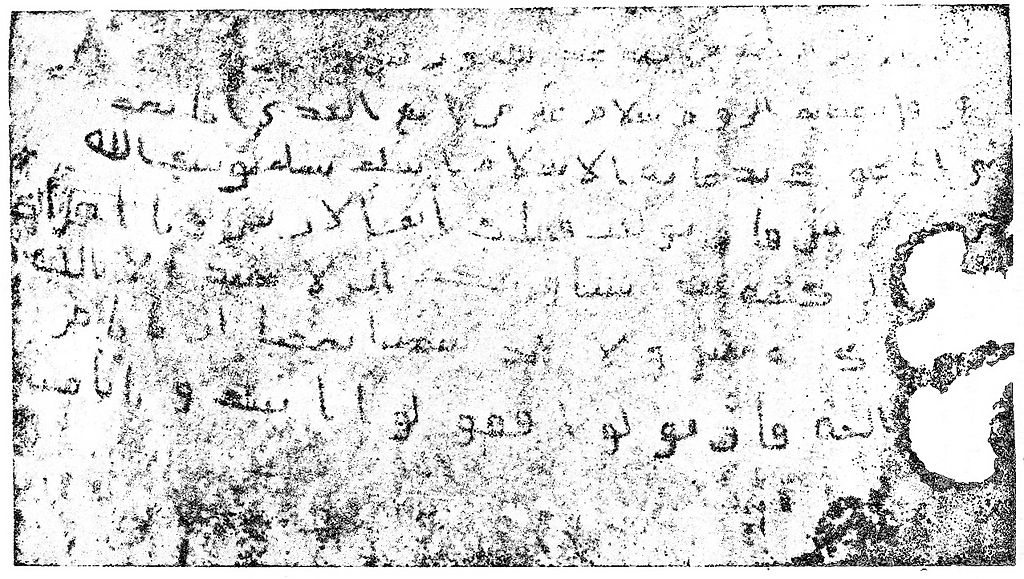
The letter of Prophet Muhammad to Emperor Heraclius that Dihyah al-Kalbi presented.
——————————————————————-
The ‘messengers’ of God or ‘prophets’ or luminous mystics did not properly found ‘religions’, as it is constantly stated today, but they rather reminded people what the only, true and original religion is (as stated in the definition above): a sentimental and mental effort to support -in each person independently- the spiritual life and its modalities.
Religion, in its original state, has little to do with narratives; Moses did not narrate stories about Abraham’s abandonment of his fatherland in South Mesopotamia. Jonah did not go to Nineveh to teach Ancient History of the Hebrews. Jesus did not expand on the relationship between Solomon and the Yemenite Queen of Sheba. Similarly, Muhammad did not describe details about Aaron (Harun), David (Dawud) and Yahya (John the Baptist). Prophets and luminous mystics are not historians and it is very erroneous to take them as such. Sent by God, presented by Archangel Gabriel and uttered by Muhammad, the Quran contained indeed many Biblical stories from both, the Old and the New Testament; but this is due to the role of Muhammad who sought to culturally Aramaize the Arabs for the needs of his preaching and to his struggle to dissociate his fellow countrymen from the ancient culture of Hejaz.
But for the religious organizations, the maximization of the importance of the various narratives helps as a smokescreen in order to fool the believers, to distract their interest from issues of spirituality, and to turn them to spiritless pawns. For this to be done, a good deal of ‘Theology’ is needed.
C. Theology
Most of the existing definitions of ‘theology’ are nebulous enough to allow people to believe that ‘religion’ and ‘theology’ are overlapping notions. Example: ‘a set of beliefs about a particular religion’ and ‘the study of religion and religious belief’ (https://dictionary.cambridge.org/dictionary/english/theology).
An even worse and deliberate distortion made in this regard concerns the utter confusion between
a- the true ‘theology’ (of a historical religion), which involves vast historical documentation (‘theological texts’), as in the case of Christianity the texts of the Fathers of the Christian Church (St. Basil bishop of Caesarea, John Chrysostom, Cyril of Alexandria, Athanasius the Great, etc.), and
b- the modern academic discipline of Theology, which is taught in universities.
It goes without saying that the latter is entirely unimportant and meaningless within the scope of a pertinent definition.
Example: ‘Theology is the systematic study of the nature of the divine and, more broadly, of religious belief. It is taught as an academic discipline, typically in universities and seminaries. It occupies itself with the unique content of analyzing the supernatural, but also deals with religious epistemology, asks and seeks to answer the question of revelation. Revelation pertains to the acceptance of God, gods, or deities, as not only transcendent or above the natural world, but also willing and able to interact with the natural world and, in particular, to reveal themselves to humankind. While theology has turned into a secular field, religious adherents still consider theology to be a discipline that helps them live and understand concepts such as life and love and that helps them lead lives of obedience to the deities they follow or worship’. (https://en.wikipedia.org/wiki/Theology)
DEFINITION – PART I
Theology is in reality what most people across the Earth call ‘religion’ today; in every case of a different religion, this calamitous achievement was the result of the unfair, laborious, incessant, systematic, multifaceted and multilayered endeavors of the organization that administers the religion. I do describe these endeavors as unfair because they cannot be unbiased. Theological texts are written by humans in order to interpret, explain, and popularize sacred texts and discourses of persons deemed to be ‘holy’ or ‘sent by God’ (by the adepts of each religion). As such, theological texts inevitably express one person’s view of a spiritual or religious issue, consideration, affair or narrative; they therefore consist in a de facto alteration of the original issue, consideration, affair or narrative, as a personal projection onto the original fact. They therefore do not represent the genuine spiritual or religious occurrence and text, but another person’s understanding of them.
Either it occurred (according to Christianity) or it did not (as per the testimony of Islam), the Crucifixion is a spiritual eventuality; the texts of the New Testament and the Quran about the topic are religious texts concerning this spiritual eventuality. But what the Fathers of the Christian Church and the early Islamic theologians write about this topic constitute a (Christian and Islamic respectively) theological approach and interpretation. The theological texts do not have the value of a sacred or holy text, but they are able to (first slightly) modify the original text’s reception (by the believers) by adding extra details (disguised as explanations) of absolutely personal nature.
In striking contrast to the religious texts (generally deemed to be ‘sacred’), the theological texts are voluminous, very lengthy, and at times extremely biased; this is due to the fact that in reality the theological texts -almost all- were written with the intention to
a- add vast part of unsolicited and even reprehensible cult (liturgies, litanies, mysteries, festivities, representations and invariably pompous ceremonies) to the few, early religious traditions and spiritual practices,
b- attach excessive, interpretational literature to a briefly discussed story,
c- adjust the sacred texts and the religious narratives to the arbitrarily drawn conclusions of an author/theologian,
d- adapt several excerpts to the evolved beliefs of the faithful after several centuries,
e- transform the quintessence of the preaching of the supposed ‘founder of a religion’ into a pathetic acceptance of the prevailing worldly conditions many centuries later,
f- attack and disparage other interpretations of a spiritual occurrence or a religious narrative (even describing the proponents and their adepts as ‘heretics’ – which in reality is a nonexistent term),
g- assault other religions, theologies, philosophies, mysteries, esoteric schools, dogmas and cultures,
and/or
h- justify the spiritually unacceptable, religiously unnecessary, and therefore immoral formation and rise of an organization hypothetically ‘tasked’ (by whom? !!) to administer the faith and the cult of the adepts.
Theology contributes to the strengthening of an organization that administers the religion; and reversely, the religious organization that controls the faithful may produce tons of theological literature in support of their claims.
Theology may be very evil or very good; it can be God-sent or Satan-incited. Each single text or excerpt of a theological treatise has to be examined independently so that we draw a just and accurate conclusion about it. Throughout Human History, there was never a religion without an adjoined theology; there are few exceptions in this regard. The only period of a religion during which there was no theological activity is the original, i.e. the very beginning of a religion. In presence of the early humans, there was no theology; before the eyes of Abraham, Moses, Jonah, Jesus and Muhammad, there was no theology. This says much about this rapacious activity that wants to eliminate the ‘other’, if the ‘other’ brings forth criticism, disagreement or simply a different perspective. Trying to do the best, theology can bring forth the evil.
When people say that “religions cause wars”, they are either evil liars or idiotic fools. In reality, theologies cause wars, because as utter rejection of spirituality, a theology wants always to bring about the Paradise ‘hic et nunc’ – which is of course absurd and false. All the same, what we know nowadays as ‘religions’ are not properly speaking religions, but vast expanses of theological seas that contain a small island, as their religious nucleus; the only exceptions are several spiritual-religious faiths and practices that are cherished among remote indigenous nations – all those who are blessed enough not to have invented a writing system for their language.
However, today, it is utterly impossible (or even unthinkable) to reject the religious-theological incorporations or amalgamations and to reconstitute the original stage of a religion; this is due to the fact that we don’t have the necessary sources, while also lacking the vast resources needed for the task. Any simple attempt to reconstitute the original stage of a religion, by depriving it of the theological body that was gradually attached to it throughout the centuries, is unfortunately a fully ahistorical approach, which -in reality- leads to nowhere (or to an impasse). Contrarily, such an attempt is eventually possible only at an individual spiritual level.
This attempt may eventually bring forth results and correct conclusions if it happens to be undertaken at the academic-scientific-intellectual level, involving therefore access to hitherto unstudied sources and mobilization of an extraordinary number of unbiased scholars. But at the very religious level, it is evidently nonsensical. This is so because only a spiritually distinct personality, a ‘prophet’ or a luminous mystic can bring the faithful back in the correct track; then, when this spiritually distinct personality comes, we don’t have a laborious academic endeavor, but a new spiritual beginning. This was done with Moses, Jonah, Jesus and Muhammad. And it will occur again at the End of Time with the leading spiritual personalities whom all the religions heralded.
This fact shows how useless the modern science is; even if an enormous and unique effort is undertaken by unbiased researchers in possession of known and hitherto concealed sources, the hypothetically complete discovery of the original stage of a religion, void of the ulterior theological adjunction, will never be able to properly trigger a new spiritual-religious beginning or restart. This is due to the fact that the intellect is part of the material world and therefore intellectual-academic endeavors are in reality lifeless; this is so because life emanates only from the spiritual universe.
Seneca, Ancient Rome’s most erudite person ever, could never bring forth the reinstatement of the Ancient Roman religion in its original form; his monstrous suicide only confirms that knowledge without spirituality is worthless or even harmful.

Seneca (4 BCE – 65 CE)
——————————————–
Similarly, Arius and Nestorius failed whereas Muhammad marked an undeniable success; the two great theologians acted at the mental-intellectual-theological (i.e. material) level only. Either they knew it or not, their eventual success would hinge only on material resources (impact on the emperor, control of the army, tremendous increase in the number of their followers, etc.). But Muhammad initiated a new spiritual beginning, which apparently had the same fate as Moses’, Jonah’s and Jesus’ teachings, preaching, and divine calling.
Similarly, what Luther attempted -obliterating the Fathers of the Christian Church- was doomed to fail and it failed totally. His followers -historically viewed- are not Christians; this is so because rejection of the historical Christianity immediately turns a person into a non-Christian. All the so-called modern Christian denominations are not parts of Christianity in reality; they are bogus-religious systems of political scope, origin, purpose and target. In other words, they are fraudulent, deceptive systems that represent the ugliest form of evilness; that’s why their ‘pastors’ scream like the most ulcerous Taliban.
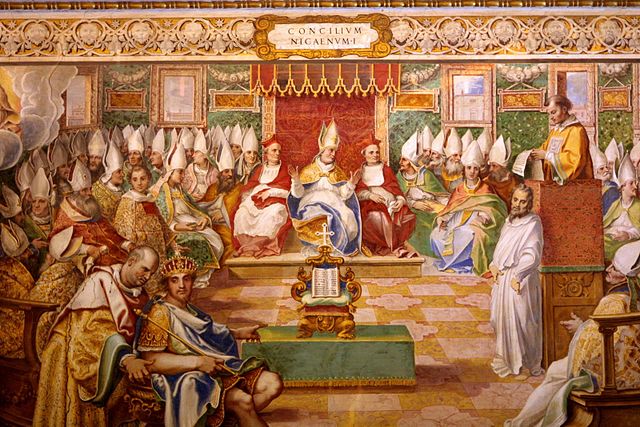
First Council of Nicaea at the Vatican’s Sistine Chapel; Luther could not understand that without the Fathers of the Church there no ecumenical councils, which is tantamount to dissolution of Christianity.
————————————————-
DEFINITION – PART II
In reality, theology is a creeper and a parasite, developed usually around a religion. Despite its vast contribution to the formation of the cult, theology absorbs the believers’ sentimentalism, turning the faith into doctrine and utterly promoting intellectual terrorism, mental rigorism, and verbal belligerence. In other words, theology alters the original religion and often clashes with popular religion; it definitely mortifies Moral, turning it from a lovely, voluntary contribution to the universal balance into an austere and heartless imposition of rules and prescriptions. Ultimately, theology kills spirituality, because theologians never need their adepts to achieve direct contact with their souls and thence with God. Speaking about these topics, I only mention the norm; it goes without saying that there are also exceptions, but they only confirm the veracity of my statements.
Theology existed since the early stages of the Ancient Oriental civilizations; a great number of Ancient Sumerian, Assyrian-Babylonian, Egyptian, Hittite, Hurrian, and Ugaritic theological texts have been unearthed, translated and published until now. Theologians were not very verbose and theological treatises were not very long at those days; it was sufficient to establish a new list of ‘gods’ (i.e. aspects of the Divine), to compose a radically different hymn to a ‘god’, to write the name of a ‘god’ or ‘hero’ differently (with several variable cuneiform Sumerograms or Assyrian-Babylonian syllabograms), to offer a distinct version of narrative, myth, epic, etc., or to elaborate a new epic or apocalyptic myth.
It is at times difficult to define where theology begins and religion leaves off within the context of the Ancient Oriental civilizations; the most common case is the attribution of different nature, characteristics, and activities to a ‘god’ (of one priesthood) by another priesthood. When the Iwnw (Heliopolitan) priests describe the benevolent activities and marvelous exploits of Isis, we have a ‘religious’ text. When the Memphitic priests of Ptah compose a structurally different and even alien Isis for the needs of their religion, thus attempting the spiritual subordination of Isis to Ptah, we apparently read a purely theological text.
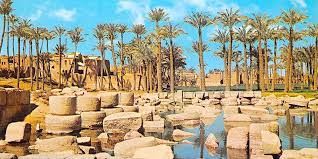
Ptah temple at Memphis (above); statuette of Ptah (below)
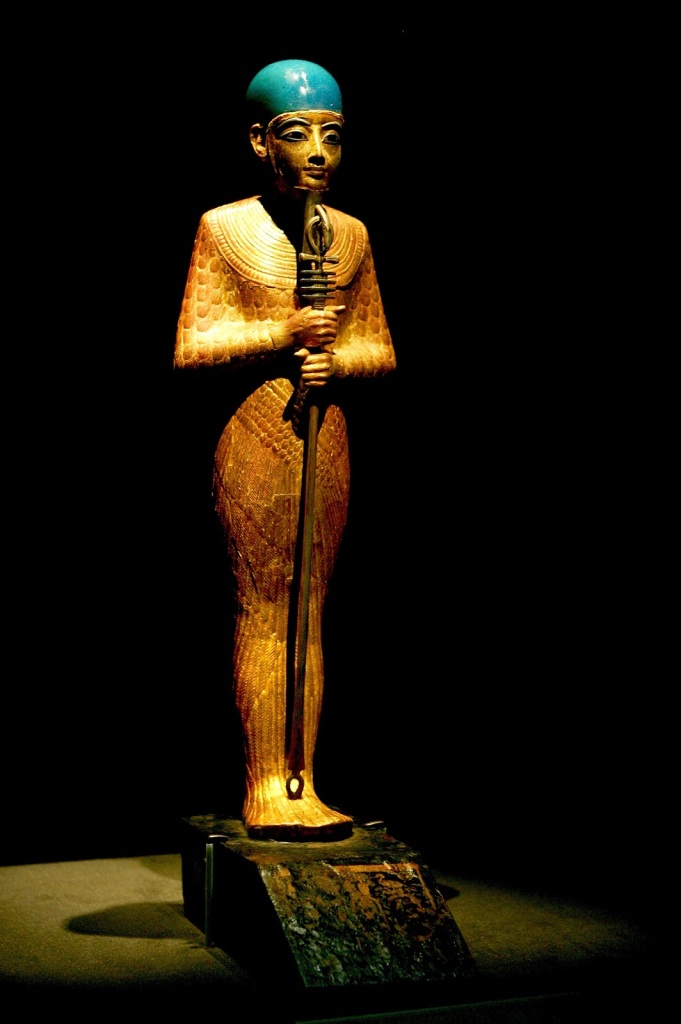
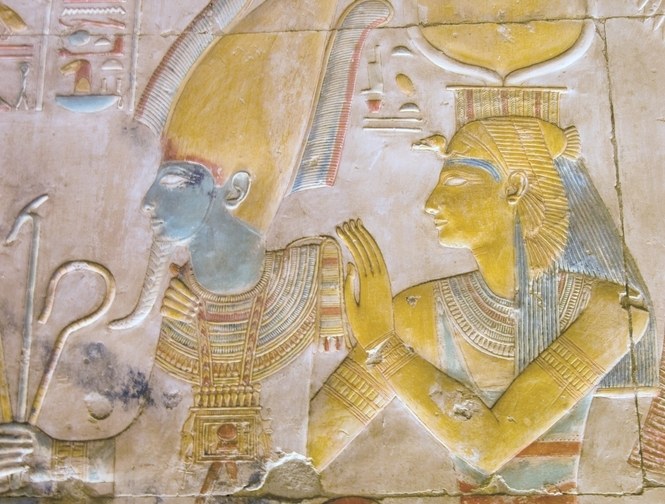
Osiris (: Wser, i.e. the ‘Well Being’) and Isis-Hathor from Seti I temple at Abydos
——————————————————–
The complexity of this issue and the extreme ferocity of the theological wars that took place within the palaces and the temples of Mesopotamia and Egypt became apparently known to Zardosht (Zoroaster), who revealed Avesta while prohibiting the writing of the holy text of Zoroastrianism. Becoming well acquainted with the terrible wars between monotheistic Assyria and polytheistic Babylonia and Elam, Zoroaster identified the problem very well and tried fervently to eliminate the chance of a creeper that would absorb his revelation and eliminate the spiritual climax of his preaching – only for the material benefit of the Jesuit-styled Magi. Zoroaster entrusted the divine revelation of Avesta to the Achaemenid tribal leader (before the formation of a proper kingdom and later empire under Cyrus the Great), his family, and their secluded court priests.
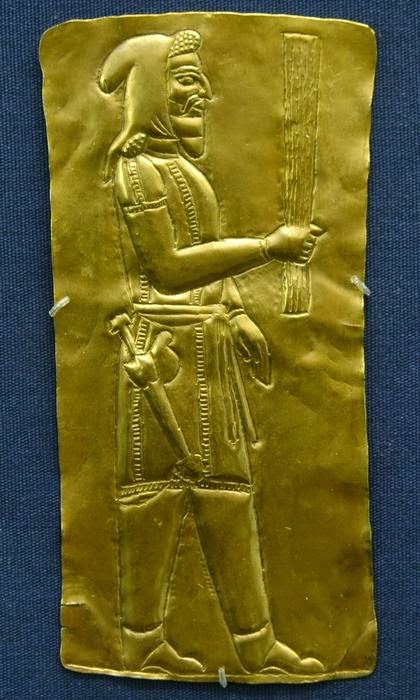
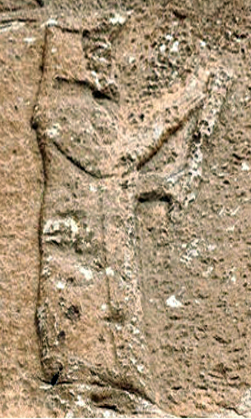
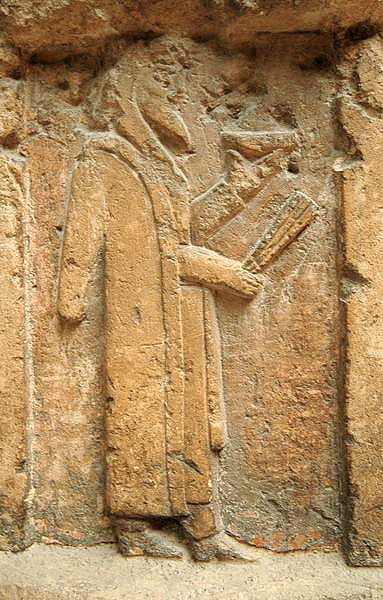
Above: Magus with barsom from the Oxus treasure in Central Asia (stolen by the British Museum); Middle: rock relief of Magus with barsom in Dukkan-i Daoud, near Sar-e Pol-e Zohab (Kermanshah, Western Iran); Below: Magus with barsom and haoma cup from Phrygia (Ankara Museum).
——————————————————-
Zoroaster’s witty device infuriated the Magi, forcing them to abandon the epicenter of the vast Achaemenid Empire where the different nations were duly initiated to the faith preached by Zoroaster. That is why only in Caucasus, Syria and Anatolia the Magi were able to preach their Mithraism in guise of counterbalance to the official Iranian Achaemenid religion that we conventionally name ‘Zoroastrianism’. The exasperated Magi diffused incensed anti-Achaemenid propaganda, and this is what we encounter in texts about Ancient Ionian mystics like Pythagoras, in essays by Athenian philosophers like Plato, and in treatises by Lydian historians like Xanthus. Whatever people in Western Anatolia and South Balkans learned about Zoroaster was totally false and vertically contradictory to the imperial Iranian truth; this is so because it was filtered by the evil Mithraic Magi.

Ahura Mazda, the sole God of the Achaemenid emperors, who forcefully imposed Zoroastrianism among Iranians, thus enraging the Mithraic Magi.
———————————————————
From the above, it becomes crystal clear that initially and for several thousands of years, theology was inextricably associated with religion. A very low-level theology is what we nowadays call ‘philosophy’. In the ancient civilizations of the Orient, spirituality, religion and wisdom were absolutely indissociable; but as it is widely known, every achievement of the Ancient Oriental Empires was due to the methodic organization of their vast temples, which -as I already said- functioned as research centers, universities, libraries, and centers of initiation; thousands of priests lived and worked there specializing in all sectors of spiritual and material sciences. Quite contrarily, the tiny temples of Western Anatolia and South Balkans functioned exclusively as centers of cult; their minimal scientific knowledge and their quasi-nonexistent spirituality forced several people to migrate for studies in the East: Assyria, Babylonia, Phoenicia, Egypt and later Iran. Consequently, Carians, Lycians, Ionians, Aeolians, Thracians, Macedonians, Illyrians, Dorians and many other individuals from peripheral lands traveled to the Valley of the Nile, the coasts of Phoenicia, the plains of Mesopotamia, and the plateau of Iran, seeking the wisdom, the spirituality and the spiritual-material sciences that they could not find at home.
It goes without saying that the lunatic priests of Dionysus, the heinous sorcerers of Hephaestus, and the fanatic sacerdotal colleges of Poseidon did not possess the foremost spiritual force of the Assyrian priests of Ishtar of Arbela, the scientific knowledge of the Babylonian hierophants of Nabu in Borsippa, the cosmological expertise of the astronomers / astrologers of Hathor at Denderah (Upper Egypt), and the eschatological hindsight of the prophets of Horus of Edfu. When the Ionians, the Aeolians and the Dorians, who went to study for many years in the Oriental temples, returned to their homelands and understood how fake the spiritual force of the local priests was, how deceitful their ‘miracles’ (euphemistically called ‘theurgy’) were, how minimal their knowledge was, how insignificant their skills were in terms of Cosmogony / Cosmology, and how nonsensical their eschatological lies were, they revolted. Out of humility toward their Oriental masters, they did not claim to possess their wisdom, and they coined a new term to describe themselves; they therefore were (not true ‘wise men’ but) simply the ‘friends’ or ‘lovers’ of wisdom (meaning that they had not yet achieved to reach and possess it): ‘philosophoi’ (philosophers).
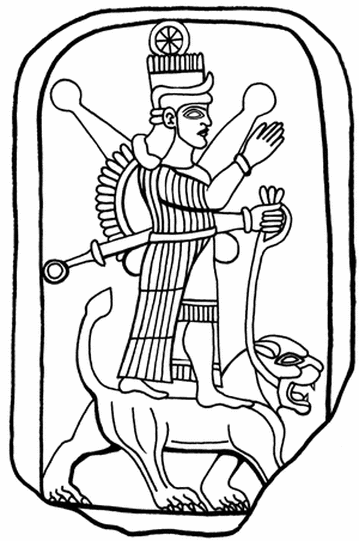
Formidable spiritual symbolisms: Ishtar of Arba-ilu (Erbil)
———————————————————————
That is why I already said that the so-called Ancient Greek philosophy is a low-level theology; making analogies between the ancient religions of the countries where they had migrated to and studied and their local religion, the so-called Ancient Greek philosophers were theologians who tried to explain the world to their limited audience, by using mythical concepts in non-mythical wording. In its original stage, ‘philosophy’ did not have anything to do with ‘reason’ or ‘reasoning’. Modern definitions are once again nebulous, irrelevant, nonsensical, and misleading.
Ancient Greek philosophy ceased to be a theology, as soon as agnosticism surfaced; this development was due to the total lack of spirituality among the philosophers of the late 5th c. BCE. However, one must admit that it was not like that in the very beginning (6th c. BCE); Pythagoras had apparently a certain spiritual power and he was credited with the performance of several ‘miracles’ or ‘wonders’. Only this is enough to demonstrate the low level of the so-called Ancient Greeks and their poor culture and rudimentary civilization; apparently, due to their ignorance in terms of spirituality, spiritual sciences, material sciences, and genuine religion, they perceived the spiritually ordinary and common as materially extraordinary and uncommon.
It becomes clear that even the modern scholarly classification of those deemed to be ‘Ancient Greek philosophers’ is absolutely erratic, inconsistent and mistaken. Among them, there were mystics, theologians, philosophers, simple orators and pathetic fools, who thought they had the right to spread in public their ignorance and idiocy. Even worse, the best among them acted as independent individuals, and that is why they failed to function as a well-organized and systematized sacerdotal college and to truly, comprehensively and effectively ‘transplant’ the textual, cultic and spiritual ‘corpus’ of an Ancient Oriental religion in their homelands. Consequently, Western Anatolia, South Balkans, Thrace, Macedonia, and Illyria remained peripheral to the center of the world, which revolved around the Iranian Empire.
The detrimental failure of the so-called Ancient Greek philosophers is due to their confused understanding of the Ancient Oriental civilizations; this has nothing to do with what is called ‘Interpretatio Graeca’, which is not necessarily wrong. They did not the following cardinal points:
– there cannot be spirituality, wisdom and knowledge without a well-structured priesthood (involving enormous temples-universities-research centers-libraries) that serves a well-defined dogma and doctrine; an individual’s path in the spiritual universe is only personal. It is not enough to bring forth general results and to transform societies and nations.
– there cannot be spirituality and religion without an imperial state structure that is perceived as divine, sacred and universal. Imperial societies do not need to be big, but they have to be universal.
– there cannot be spirituality, religion and universal empire nearby the sea; the vast knowledge of all the Ancient Oriental scholars and priests in terms of Geographical Determinism fully demonstrates why there could never be an important empire and a center of knowledge, religion, theology and science in Western Anatolia and South Balkans. Nineveh, Assyria, Kalhu (Nimrud), Babylon, Eshnunna, Kish, Nippur, Borsippa, Hattusha, Susa, Iwnw (Heliopolis), Niwt (Thebes of Egypt), Men-nefer (Memphis), Pasargadae, Persepolis, Aram Dimashq (Damascus), Samaria and Jerusalem are located far from the sea. Ether, Earth and Soft Waters produce the correct habitat for humans to dwell and prosper spiritually and materially – not the Salt Waters (Sea).
In brief, the various peoples of Western Anatolia and South Balkans lacked the architectural magnificence and perfection of the Ancient Oriental temples, the unsurpassed spiritual and material scientific expertise of the Oriental sacerdotal colleges, and the systematic hierarchization of the universal empires of the Ancient Orient. Worse, they were not even blessed with a prophet or luminous mystic like Abraham, Moses, Zoroaster, Jonah, Jesus and Muhammad. And if we take, on the basis of the Alexander Romance, Ferdowsi’s Shahnameh, and Nizami Ganjavi’s Eskandar-Nameh, Alexander the Great (identified with Dhu’l Qarnayn) as a prophet and king, then we have to conclude that what he did was to abandon his fatherland, move to the Orient, and die there; Alexander the Great was the most explicit and the most vociferous rejection of the Ancient Greek philosophers.
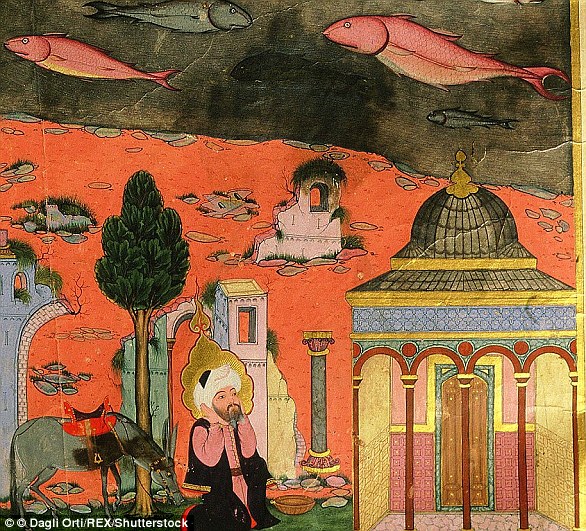
Prophet Jonah (Yunus) receiving instructions from God (above); when facing the cetaceous (below)

——————————————————————-
What the philosophers failed to understand, a king of Macedonia apparently realized and attempted to make its kingdom part of the Orient, by invading the then ailing Achaemenid Empire (at the end of 4th c. BCE): Alexander the Great. However, he soon realized that his native city and fatherland did not have the capacity to become an imperial capital and a universal center. That’s why he finally settled in Babylon.
Is it truly impossible for a theological system to exist without religion?
The answer to this immense question is given by several theologians of the Late Antiquity who are collectively known as the ‘Gnostics’; this appellation is very wrong, because these mystics and theologians elaborated very different doctrines or dogmas. The endeavors of all the Gnostics, i.e. the likes of Simon Magus, Bardesan (Bardaisan), Basilides, Valentinus, Marcion and others, were undertaken at all levels: spirituality, religion, theology.
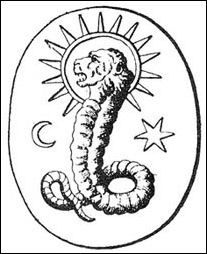
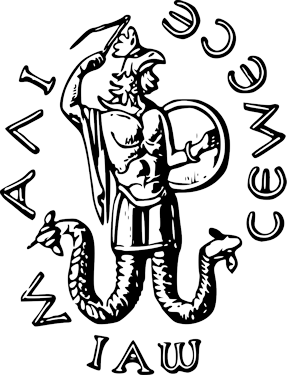
Constructed Gnostic symbols
———————————————————————–
Compared to Plato, Antisthenes, Aristotle, Epicurus, Zeno of Citium, and their likes, the Gnostics were incomparably greater, wiser, nobler and closer to the truth. Some among the philosophers were talking childish nonsense, whereas all the Gnostics realized very well that the origin of everything is the human soul and the spiritual universe. Although some of the Gnostics were spiritually powerful (often due to immoral methods), they were not strong in formulating the basic tenets of a religion or in introducing extensive cultic material in their systems.
This failure prevented them from dragging vast masses of population to their dogmas / doctrines. They never went beyond the limits of a community or some communities (dispersed in various locations). Compared with either the ancient religions of the lands around the Mediterranean or the Oriental religions diffused throughout the Roman Empire and in Europe beyond the Roman borders during the Late Antiquity, the various groups of Gnostics remained a peripheral phenomenon, pretty much like the early Christian groups and sects which had minimal cultic material in their belief.
D. Politics
Modern times’ tyrannies and their instituted paraphernalia deploy a great effort to obfuscate the true meaning of the term ‘politics’, expand its extent, and transfer its application to almost all spheres of human activity and daily life. The reason for this paranoia of politics is very easy to discern; ‘politics’ is the inhuman foundation of all atrocities committed in the modern world. When discussions and debates are made around the different ‘political’ systems, involving bourgeois parliamentarianism, Fascism, Nazism, Marxism-Leninism (Soviet Communism), Third World socialism, post-Soviet liberalism, and the leprosy of neo-conservatism, all participants are deceived, deluded and led to a moral, mental, intellectual, socio-behavioral, governmental, national, religious and cultural impasse.
Why this happens is easy to explain: politics is entirely inhuman, genuinely evil, and utterly Satanic. There is nothing ‘good’ or ‘positive’ or ‘humanly possible’ within ‘politics’. Simply, politics must not exist; wherever it does, it inevitably brings forth inhumanity, degeneration, disorder, destruction, decomposition and putrefaction. There was never a case of country where politics was implemented without awfully calamitous results. What is even worse is that, from Day 1, politics viciously cancels the ability of humans to accurately perceive the reality; people live therefore within the Satanic madness of politics until the tribulation comes, and then -of course- it is too late. This is so because the real essence of politics is a deceitful delusion.
This fact can be easily understood if a correct and accurate definition of the term is provided; that’s why all existing definitions are pathetic generalizations, so that readers never manage to identify the real origin of the term and then realize why nothing good can possibly emanate from politics. Examples of definitions: ‘the activities associated with the governance of a country or area, especially the debate between parties having power’ and ‘the activities involved in getting and using power in public life, and being able to influence decisions that affect a country or a society'(https://www.oxfordlearnersdictionaries.com/definition/english/politics?q=politics)
It is important to notice that the malicious definitions never comprise the term ‘system’! This is due to the fact that the present world’s wardens do not want to offer the prisoners, i.e. the entire Mankind, the chance to sense and feel the compact nature of their imprisonment within politics. Only a ‘system’ could bring the Mankind to their knees, if implemented, and this system was politics. Another example of definition: ‘the set of activities that are associated with making decisions in groups, or other forms of power relations among individuals, such as the distribution of resources or status’ (https://en.wikipedia.org/wiki/Politics)
All the same, there can never be a perfect lie and that is why the unknown authors of the Wikipedia entry unwillingly provide full demonstration of the fact that politics is indeed a ‘system’. Under a picture, they include the following legend, which relates to ‘political philosophy’: ‘Plato (left) and Aristotle (right), from a detail of The School of Athens, a fresco by Raphael. Plato’s Republic and Aristotle’s Politics secured the two Greek philosophers as two of the most influential political philosophers’.
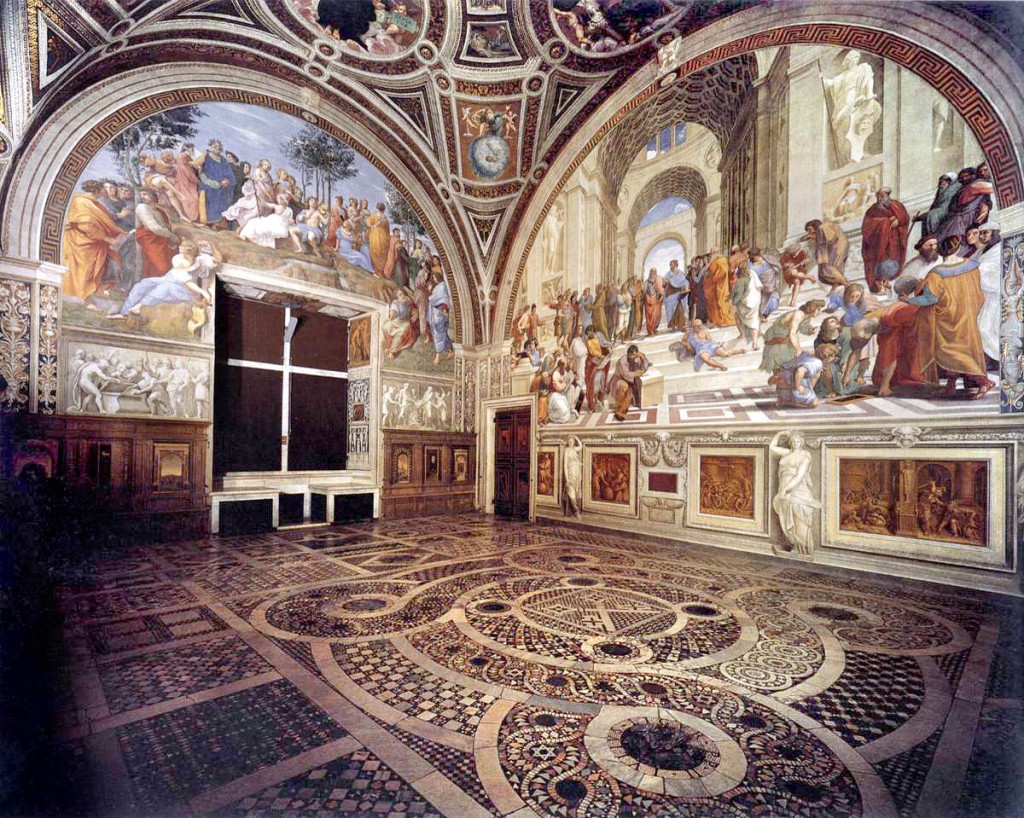
The Epitome of Fallacy, Delusion and Evilness: Rafaello’s hallucinatory School of Athens (Scuola di Atene. 1509-1511) decorates the Stanza della Segnatura of the Vatican palace. https://en.wikipedia org/wiki/Politics#/media/File:Sanzio_01_Plato_Aristotle jpg
—————————————————————————
Philosophy involves various systems of understanding and consideration, and therefore ‘political philosophy’ encompasses the systems of political organization that ‘political philosophers’ conceived mentally and wrote about. Either consisting in the implementation of a theoretical, philosophical system or emanating from simple everyday life and experience, ‘politics’ is a system of governance.
DEFINITION
Politics is the system of governance that prevails in a ‘polis’ deprived of monarchical rule. In Ancient Greek, ‘polis’ means ‘city’, and it is a noun; the associated adjective is ‘politikos’ (masculine), ‘politike’ (feminine) and ‘politiko’ (neutral). The neutral adjective in the Plural makes ‘politika’. This was the title of a treatise written by Aristotle concerning the description of the system of governance of a city – not a country, not a kingdom, not an empire. Out of this, in modern times, the term ‘politics’ was coined to describe one type of system of governance; however, as term, it was absolutely misplaced. Politics can be only a system of governance of a city – not a country, not a kingdom, not an empire.
Even worse, Aristotle was very influential among Western European and North American, anticlerical and anti-Christian, Freemasonic and Zionist philosophers, intellectuals and theoreticians who attempted -absurdly and calamitously- to elaborate and propose systems of ‘politics’ for their countries or -even more criminally and dictatorially- for all the countries of the world. I describe the effort as absurd because the so pompously and ludicrously glorified thinkers of the times of the Enlightenment failed to make the distinction between ‘city’ (polis) and ‘country’, ‘kingdom’ or ’empire’. In their biased madness, these fools (the likes of Montesquieu, Diderot, Voltaire and Rousseau) imagined that it would be possible to implement in a country the size of France an arbitrary system envisioned by an ignorant guy before two millennia for a town – not a sizeable country. In other words, even if it had been correct as a system of governance, ‘politics’ would have been inappropriate for countries bigger than San Marino, Andorra or Lichtenstein.
In the above definition, I describe Aristotle as an ‘ignorant guy’ for a very good reason; he wanted to write about what he had never properly studied. This is surely the irrelevance of philosophy in general, but we can now focalize on Aristotle and his diatribe.
Aristotle’s opinion about the governance system of cities is biased, untrustworthy and irrelevant; he failed to understand that the governance of a country, a kingdom or an empire that one needs more than a month to cross on a horseback is not the same as the governance of a city. He viewed things structurally from his office and without acquiring fundamental knowledge by being present in other countries and getting firsthand information. He even did not have the sense of what it is to rule a country the size of (only) Egypt, because he did was not there – he never traveled. So, we can first conclude that the simple, physical-natural, geographical reality escaped totally his mind.
Second, Aristotle did not have a clue about what he was talking about. Failing to learn foreign languages and assuming a lot, Aristotle proved to be unable to even imagine the vast and complex theoretical systems, which had been formed in the Oriental Empires. Founded on the spiritual sciences and experience, supported by immense religious-theological systems that were maintained by thousands of scientists-priests, and epitomized as imperial doctrine, these Oriental theoretical systems, different from one country to another (Egypt, Babylonia, Iran), were totally beyond Aristotle’s capabilities to study and learn, let alone fully understand and correctly evaluate. To properly acquire therefore this spiritual, religious and imperial theoretical background, Aristotle would need to spend at least ten (10) years in some Egyptian or Babylonian or Iranian temples as a low level pupil and, after learning well the local language(s) and scripts, to study the fields of sciences, which would enable him to get a proper understanding of the topic. On his ignorance are based the modern Western European and North American failures, injustices and absurdities.
The impossibility to implement in a small modern country the size of Albania a system of governance practiced within the limits of a tiny Ancient Greek city (of 40000 people) is not the only reason for which ‘politics’ is an impermissible system of governance. The fact that ‘politics’ is impossible for big countries would only lead to failures. But beyond Aristotle’s hollow theorizing, politics is evil and, as such, it ends up in injustices and absurdities. Speaking about Carthage (in Unit IV A), I described the nature of the Carthaginian Republic and its democratic system, also explaining the reason for them; Carthage started as just a Phoenician colony. In addition, I made a brief comparison between the Carthaginian Republic and the Oriental Empires, highlighting the incomparable superiority of the latter.
In his second book of Politics (out of a total of eight), Aristotle details what he found as the three most exemplary models of politically ruled cities or countries. This part of his treatise (translated in Modern English, it makes around 95000 words) is the most concealed, because Aristotle’s best paradigms do not involve Corinth, Thebes, Argos or Athens, but Sparta, Gortyna (in Central Southern Crete) and Carthage. He states the following: “the government of Carthage seems well established, and in many respects superior to others” (Book II, chapter xi)
The problem with ‘politics’, as an ancient system of governance, is basically moral, spiritual and religious. As I already discussed when speaking about Carthage, this system of governance revolves around material considerations and interests. However, in Western Anatolia and in South Balkans different reasons led to the unfortunate establishment of a similar regime; either the sedentarization of some tribes occurred in parallel with the maintenance with the tribal Kurultay (Kurultai: general assembly) or an early kingdom was overthrown by a gang of disfavored rascals who made of their gang a ‘general assembly’, monstrously killing enemies, ostracizing rivals, discriminating women, and turning servants to slaves, i.e. ‘things’. The collapse of the early kingdom in Rome and in the petty cities-states of South Balkans is a sacrilege, a barbarous act, and a heinous, immoral incident.
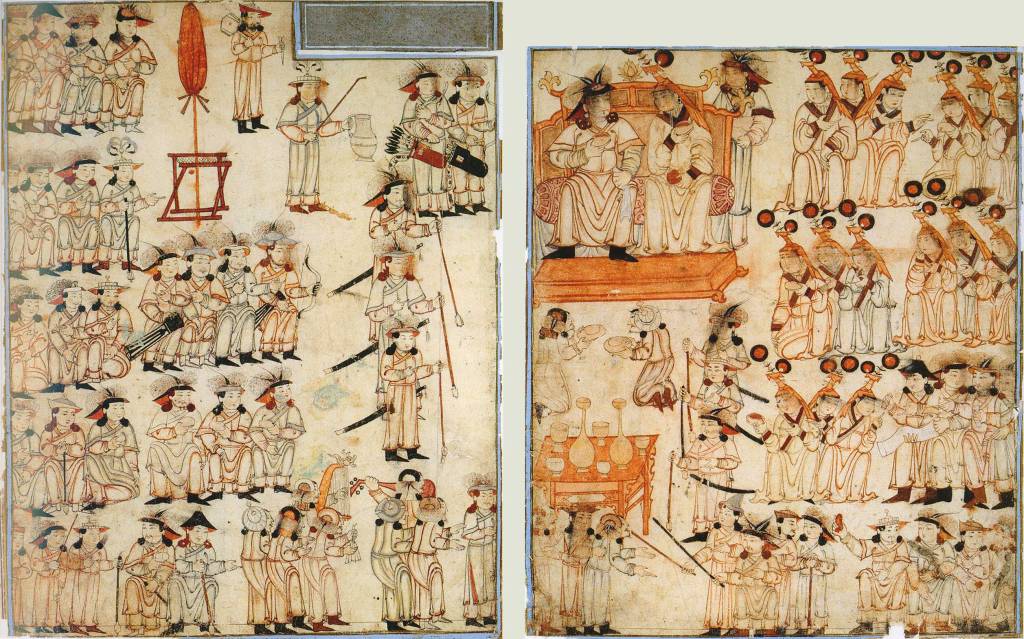
Representation of a Turanian Mongol kurultai and coronation of emperor (perhaps Genghis Khan) from a double-page illustration of Rashid-ad-Din’s Gami’ at-Tawarih; Tabriz (?), beginning of the 14th century
———————————————————————-
Totally deprived of any legitimacy, the criminals who attended these fake assemblies postured as ‘gods’ of the misfortunate local society, deciding upon their destinies as if their filthy, monstrous and evil interests entitled them to decision-making. Even if representative and majoritarian, the decision making of a society does not lie with the people, who care about material interests, but with a brave fighter and his well-prepared, duly grown, severely trained, and comprehensively educated offspring, generation after generation. This person should not be a ridiculous leader (Führer), as the vicious needs of the deviate Western societies command, but a real king (or emperor), who -because he is spiritually enlightened, morally balanced, religiously just, culturally genuine, and nationally prosperous- will be able to uplift the entire population, making of every man a king and of every woman a queen, imposing the natural order ‘as above so below’, and eliminating the material interest and every form of egocentrism.
That is why there is no difference among ‘tyranny’, ‘oligarchy’ and ‘democracy’ as per the very erroneous distinction made by Aristotle, who failed to perceive what the Oriental Empires were (as I already said): the underlying concept of all these heinous systems is politics, i.e. the notion that people can be governed without primarily examining
– the spiritual order of the universe,
– the moral standards set by the Creation (Cosmogony and Cosmology),
– the scope of Life as exemplified in the eschatological narrative of every original religion and mythology, and
– the compulsory reflection of the spiritual universe that every universal empire must consistently be.
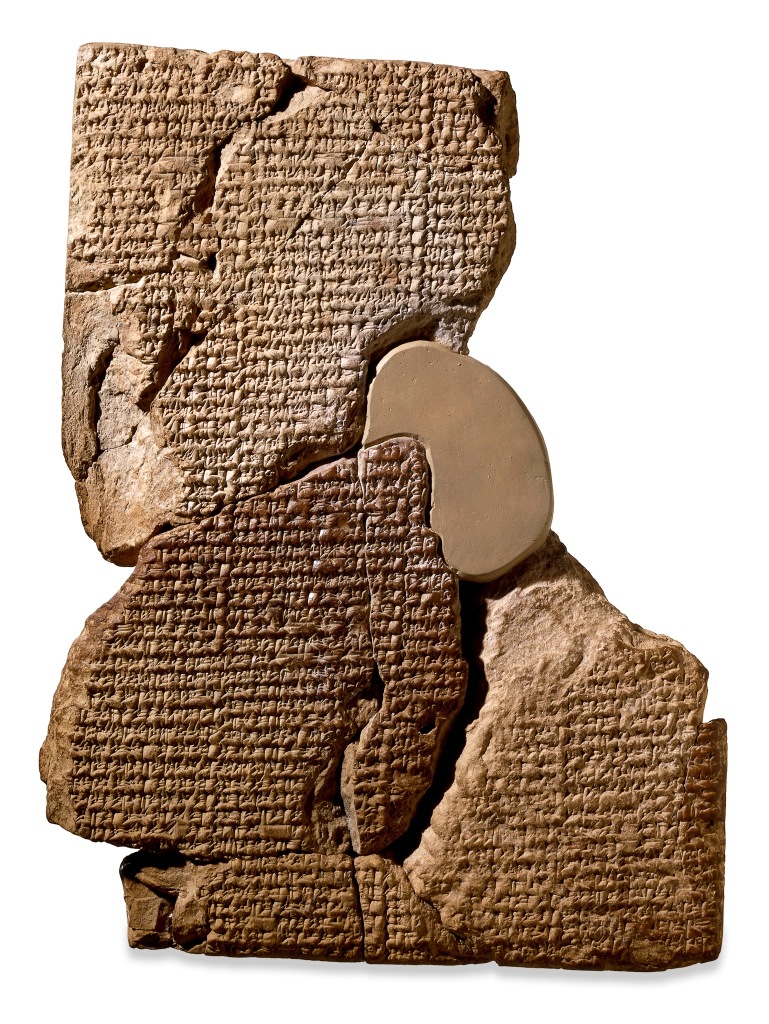
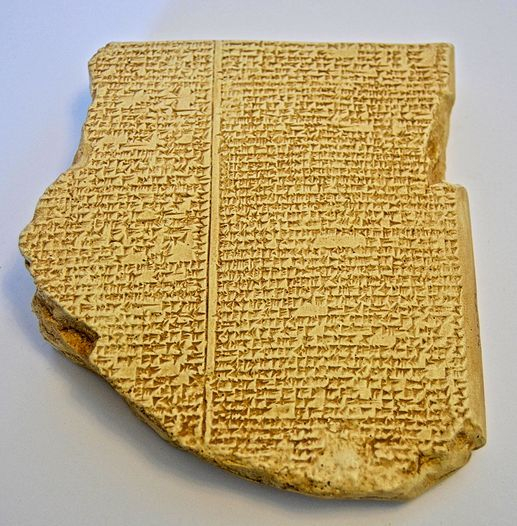
Aristotle failed to read either Atrahasis (above) or Gilgamesh (below); in addition, he proved to be unaware of the vast theoretical system, i.e. the Assyrian imperial universalism, which was attested on thousands of texts, particularly of the Sargonid (722-609 BCE) times; that’s why Aristotle is anything between irrelevant and nonsensical.
——————————————————————————————
It really does not matter whether a society is ruled by a tyrant, the few oligarchs or the adult masculine population that is not considered as ‘slaves’. The wretched system of politics corrupts the population, profanes the youth, and insults the elders. Politics is therefore the system of governance that deprecates the human soul, destroys the human character, kills the human mind, and putrefies the human heart.
Politics triggers a rift between spirituality and everyday life; politics cancel Moral, turning entire societies into realms of gangsters and liars; politics castrates Culture, transforming it into a hilarious caricature; politics eliminates heroism, therefore plunging majestic legends into a swamp of effeminate coyness and metamorphosing heroes into lobbyist rats.
Politics hates popular religion because it maintains people in life, hearts in warmth, and minds in soundness; owed to this polarity, politics cannot coexist with religion. Besotted people think that the two notions can, but their mistake is due to their inability to see things in perspective and realize that, within a political context, religion is gradually reduced to a parody of meaningless, tragi-comical ceremonies. However, the absurd and paranoid thought that politics and religion can possibly subsist side-by-side within a society is partly due to the prevailing confusion of religion with theology.
Last, politics tarnishes, injures and contaminates theology, by forcing it to deal with affairs that are morally impermissible to deal with, by obliging it to cope with an evil environment in which theology can survive only in a monstrously altered form, and by appending it to all the atrocities, the profanities and the anomalies that politics -by its nature- brings forth.
That is why the Christ of the Christian Democrat Party in Germany is the Antichrist.
For this reason, (the fake) Allah of the political islam (which is not Islam) is Satan.
Wherever and whenever politics and theology coincide, if there is no clash for the total elimination of one of the two notions, Theology becomes Satanology.
Politics is the Gates of the Hell.
V. Anatolia, Turkey, Culture, Spirituality, Religion, History and Education
Having defined and clarified the aforementioned notions, I now intend to reply to your last points; you understand correctly what I mean about today’s Turkey’s historical narrative. You write:
“I guess that what you try to say in this post is that the current ‘historical narrative’ of Turkey lacks of gravitas to pull traction into its direction”.
The present historical narrative of Turkey is a fake. It has nothing to do with what Kemal Ataturk established. The ignorant and idiotic liars, crooks and gangsters Erdoğan and Bahçeli, surrounded by the disreputable imbeciles of Diyanet, are talking nonsense. And by so doing, they erase the very raison d’être of Turkey.
I will herewith enumerate few cardinal points:
A. Today’s Turks are mainly Islamized Eastern Romans at the ethnic-cultural level
First, today’s Turks are only partly of Turanian/Turkic origin; if we don’t take into account the Zaza, the Kurmanji, the Aramaeans (Suryani), and the Arabic-speaking Aramaeans (the Muslims of Hatay), the Azeris, the Kyrgyz of Van, and few other ethnic groups, the Anatolian population consists in an amalgamation of Eastern Romans (Rumlar / Romioi) and various Turkmen nomads. The latter arrived in different successive waves of small populations over the span of several centuries; their sedentarization opened the way for intermarriages in the urban centers that were of predominantly Eastern Roman ancestry.
The early (11th–15th) Islamization in Anatolia was not enforced because the indigenous Eastern Roman populations embraced the Seljuks for some important historical reasons. For many centuries, the Anatolian Eastern Romans had rejected the Constantinopolitan theological tyranny, as they were Iconoclasts and Paulicians. The arrival of the Seljuks offered them therefore a wonderful opportunity to get rid of the heinous Constantinopolitan guards and tax collectors. With the establishment of the Sultanate of Rum, a very long process of Islamization started only to last for many centuries; but at its origin, there were religious clashes that had lasted for centuries before the arrival of the Seljuks.
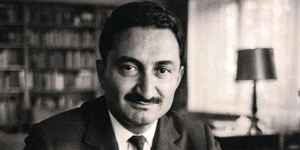
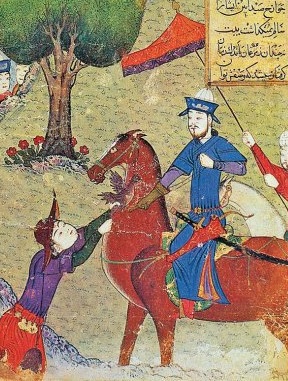
Bülent Ecevit (1925-2006): evidently an Eastern Roman of Anatolian and Balkan descent (left); (right) Tuğrul Bey (993-1063; ابوطالب محمد تغریل بن میکائیل / Abu Talib Muhammad Tughril ibn Mika’il): apparently a Turkmen.
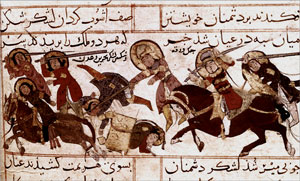
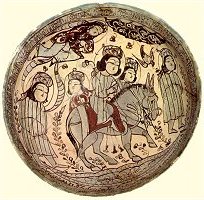
Seljuks defeat Ghaznavids, another Turanian dynasty, in 1040 (above); Seljuk art from Iran (below)
———————————————————————-
Religious differences were at the origin of the Eastern Roman loss of Eastern Anatolia, Syria, Palestine, Egypt, Libya and Tunisia in the 7th c. with the early arrival of Islam. And religious differences were also at the origin of the Eastern Roman loss of Central and Western Anatolia during the 11th–15th c. It is therefore imperative nowadays for every Turk, in order to truly assess his national identity and cultural integrity, to learn about the Constantinopolitan persecution of the Anatolian Eastern Roman Iconoclasts and Paulicians. These were the ancestors of the majority of today’s Turks. Their persecution is concealed as per the racist pseudo-historical dogma of Modern Greece, which defends the Constantinopolitan Patriarchate’s historical version. It is necessary for Turkey to reject the historical falsification as carried out as regards this point and many others.
By consciously identifying themselves as descendants of the Anatolian Iconoclasts and Paulicians, today’s Turks automatically refute and cancel the New Megali Idea that the racist Greek regime has systematically promoted after 1974 (involving a great number of lies, notably the fake genocide of the Pontus region Greeks, etc.) This means that Modern Turkey can overwhelmingly reject the Greek nationalist version of pseudo-history as per which ‘some Turks came from Mongolia’ and ‘it is the task of today’s Greeks to send them back to Central Asia’. Kemal Ataturk was wise enough to realize that what mattered was the true, uninterrupted historical continuity in Anatolia. But this means exactly what I am saying to you and therefore today’s Turks must feel as basically indigenous Anatolians and reflect this in their sociopolitical life, pretty much like they show it, without realizing it, in their cultural life.
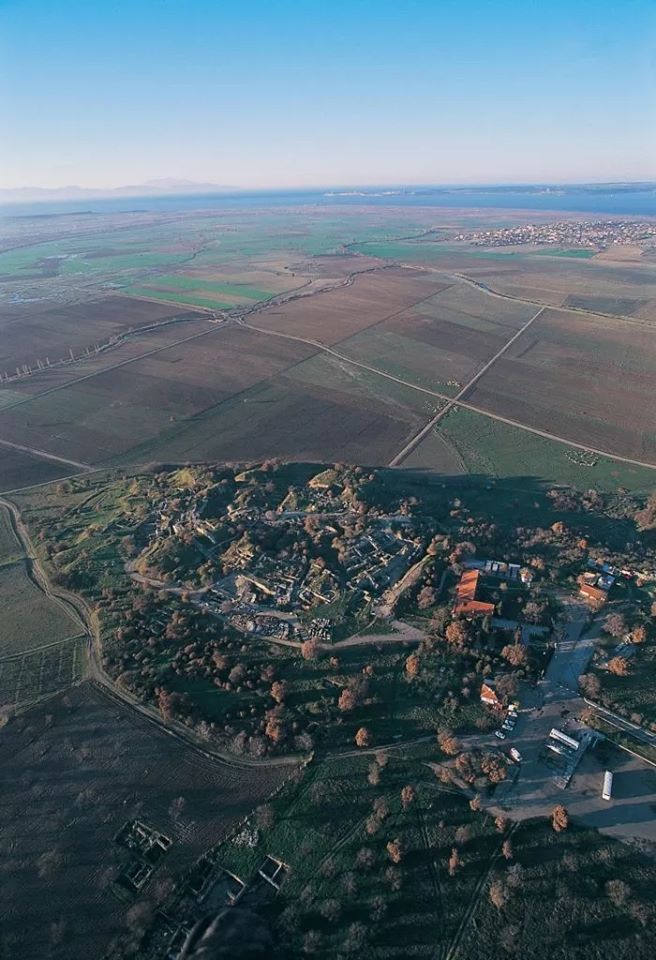
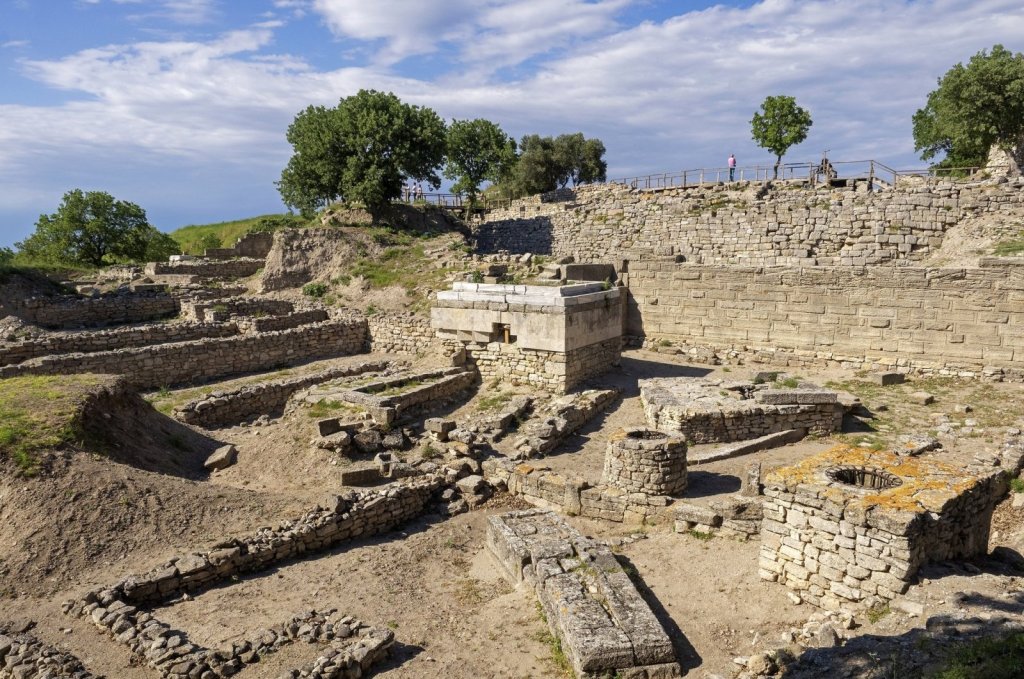
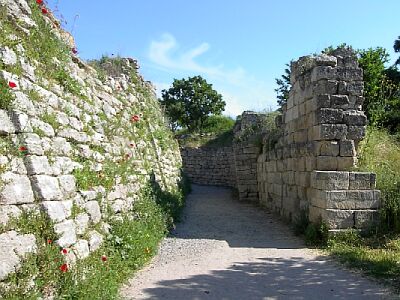
For today’s Turks, Truva (Troy) is more important than Medina; that’s why Turkish schoolchildren must study more about the Hittites, the Luwians, and the Trojans than about the beginning of Islam in Hejaz. Otherwise, they leave vital space empty for others to occupy. Political Islam in the Turkish Education is open invitation for others to attack and invade.
————————————————————————————-
This means that next time Greek newspaper or TV Channel preposterously reacts about festivals organized by Turkey in Truva (Troy/Çanakkale), there must be an overwhelming response by the Turkish people, academia, intellectuals, and the state at the international level, fully denouncing the pseudo-historical, chauvinistic and paranoid claims of Greece. But for this to be done, Turkish politicians and academics alike must first understand that Greek nationalism is not a political phenomenon but initially an academic-educational-intellectual racist version of History, which has been imposed as state dogma in that country. The uneducated idiots of political Islam are mentally corrupt and absolutely unable to understand anything.
The only way to avoid a war with Greece (backed by France and others) is to fully demonstrate that today’s Turks represent the entirety of the Anatolian, Eastern Roman, Ionian, Trojan and Hittite historical heritage and that in their majority they are the descendants of the Eastern Romans, who had been persecuted for supporting Iconoclasm and Paulicianism and for rejecting the Constantinopolitan version of Christianity. This is actually what truly happened and thus, by claiming Eastern Roman ancestry ethnically, culturally and imperially, today’s Turks reveal that Modern Greece consists merely in a disruption and discontinuity triggered by the early 19th c. Western colonial intervention. As a matter of fact, until the last day of the Caliphate, the Ottoman Sultan was also Qaysar-i Rum, i.e. (Eastern) Roman Emperor.
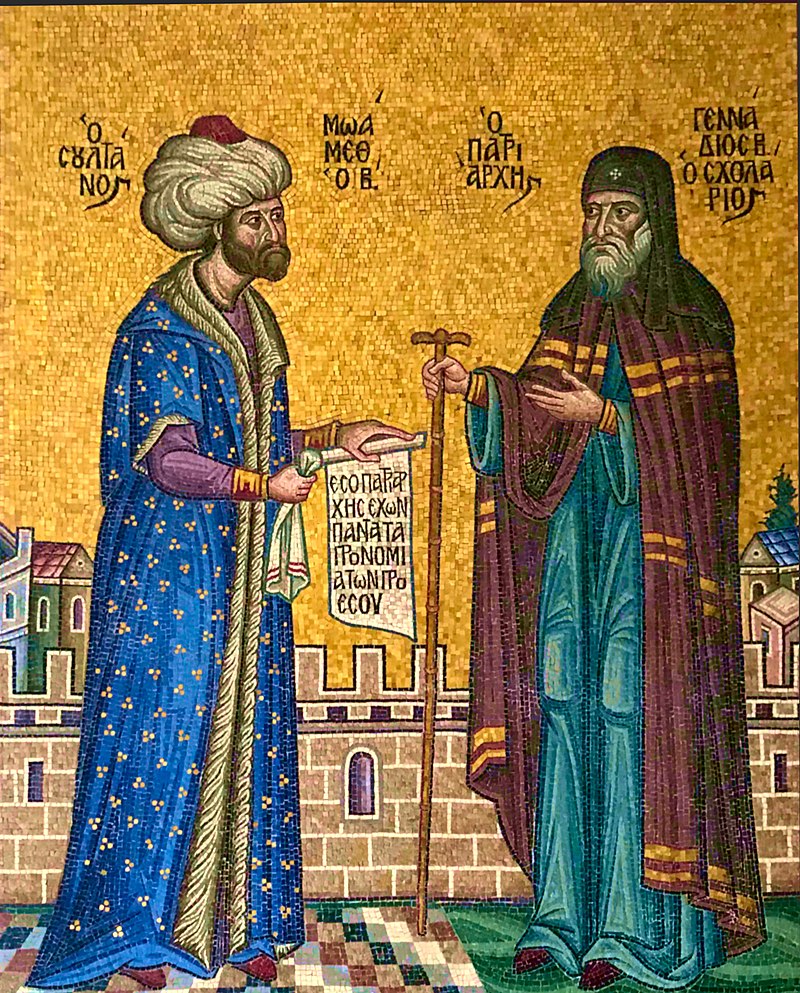
Mehmet II as Roman Emperor (قیصر روم/ Qaysar-i Rum) and Gennadios II
————————————————————-
To conclude with, the clash between Turkey and Greece must be transferred from the political-military level and the silly purchases of arms to the academic-educational-intellectual-cultural level.
B. Parts of Turkey’s National Soul are all the Anatolian Civilizations, Cultures and Religions
Second, with my personal approach to the topic, I don’t mean that Turkey’s historical narrative should be exclusively associated with the Eastern Roman Empire and the Eastern Roman identity of the majority of today’s Turks. Not at all! It has also to be related to the Cappadocian, Pontus, Roman, Aramaean, Phrygian, Lydian, Ionian, Trojan, Lycian, Carian, Hatti, Luwian, Hittite and Assyrian heritage of Anatolia and Northern Mesopotamia. It is not only stupid to waste pupils’ and students’ time with prophet Muhammad and his stories in Mecca and Medina; it is also lethal. Religion does never form the national identity of a people; culture does. And with neighbors maintaining an ulcerous chauvinistic discourse, what matters most is historicity. Islam is just yesterday’s story; you cannot oppose Greece’s nationalistic paranoia with Islam.
So drop Islam out of the governance, the education and the international relations! In terms of historicity, Anatolia is overwhelmingly more important than the South Balkans; this means that today’s Anatolian Turks must reconnect with their Hittite past. Excerpts from all types of Hittite texts (historical, religious, epic, etc.) must be taught in the Secondary Education in Turkish translation. By identifying Modern Turks as the cultural descendants of the Hatti, the Hittites and the Luwians of the 2nd millennium BCE (which is exactly what Kemal Ataturk sought to achieve in his outstandingly pioneering effort), by restoring the Anatolian cultural integrity via systematic Education, and by offering the Turkish pupils a genuinely multicultural vision of their past, you establish a historically correct Education, a strong National Identity, a formidable Sovereignism and an impregnable discourse in refutation of the nonsensical Modern Greek nationalism.
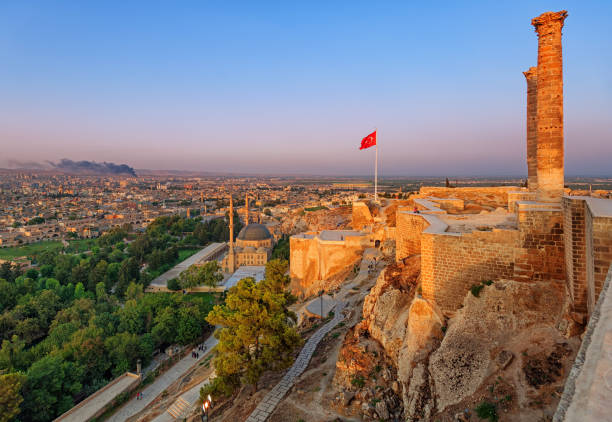
Urhay / Urfa / Edessa of Osrhoene: the Aramaean Christian Monophysitic heritage of Turkey and the history of the Abgar dynasty (134 BCE – 242 CE) are far more important than Muawiya and Yazid of the Umayyad Caliphate for today’s Turks.
——————————————————————————–
Even more importantly, by so doing, you promote the victorious historical model of cultural continuity, in full rejection of the obsolete (launched in the 19th c.), racist theory of ethnic (racial) continuity, thus ushering the Turkish society into future, while the anachronistic concepts and the Anti-Turkish paroxysm that prevail in Greece will be good enough to provoke the implosion and the decomposition of that unfortunate land with the deceived population and the schizophrenic elite.
Tengrism, Hittite and other Anatolian religions, Assyrian-Babylonian religion, Zoroastrianism, Mithraism, Manichaeism, Orthodox Christianity, Nestorian Christianity, Monophysitic Christianity and Islam are all parts of the Anatolian-Northern Mesopotamian cultural heritage of Turkey. You cannot favor one part and misrepresent the other parts. For the historical heritage that is entrusted in the hands of Turks today, Islam is only a minor and secondary part; it cannot become the central part of Turkey’s National Education, because it will bring ruin and destruction.
What I am saying to you now can be described also in a more technical terminology; it is an enlargement of the national-cultural-historical basis of the Turkish state and nation. This is tantamount to solidification; opposite to what I am discussing, you have the paranoid destabilization of the Turkish nation, which is carried out by the idiots of AKP and Erdoğan. Why? Because compared to all the rest, the existing and truly important Islamic historical heritage of Turkey constitutes an undeniably narrower historical basis. In very simple words, you cannot have ten gold coins and care only about one!
C. Neo-Ottomanism is an Anti-Turkish Paranoia and a Subtle Western Trap against the State of Kemal Ataturk
Third, today’s Turks must entirely liberate themselves from the Western colonial myth of the ‘Ottoman Empire’. This shameful institution was rightfully terminated by Kemal Ataturk; it was a real liberation, as important as the military victory over the colonial armies of France, Italy, England and Greece. But when Kemal Ataturk was about to die, a notorious Zionist Orientalist was about to get his postgraduate degree in France with professor the colonial Orientalist Louis Massignon: Bernard Lewis (1916-2018).
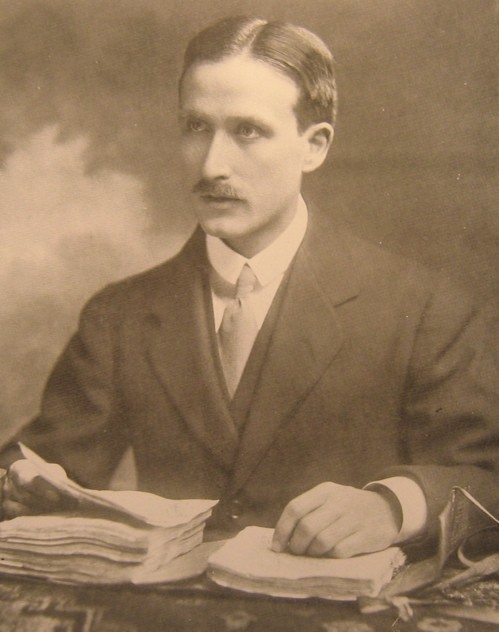
Louis Massignon
Man of extreme erudition, of Jesuit formation, and of vicious rancor, Massignon (1883-1962) was an enemy of Islam, of the Ottoman Empire, and of Turkey. He was almost killed in his adventures in the SE Ottoman provinces as a French agent; he was masqueraded as a scholar. Perhaps his best description would be ‘the French Laurence of Arabia’, but he was definitely far more erudite and certainly far more mystical than the English prototype. Massignon taught Bernard Lewis the iniquitous art of academic hypocrisy, and the student excelled in it. Although accepting Kemal Ataturk’s Turkey as an exemplary Muslim state, Bernard Lewis taught Islamic History in a most distorting manner and with misplaced focus, while speaking and writing extensively about the cultural inferiority of Islam; but he failed to stand critically and properly explain the reasons for it.
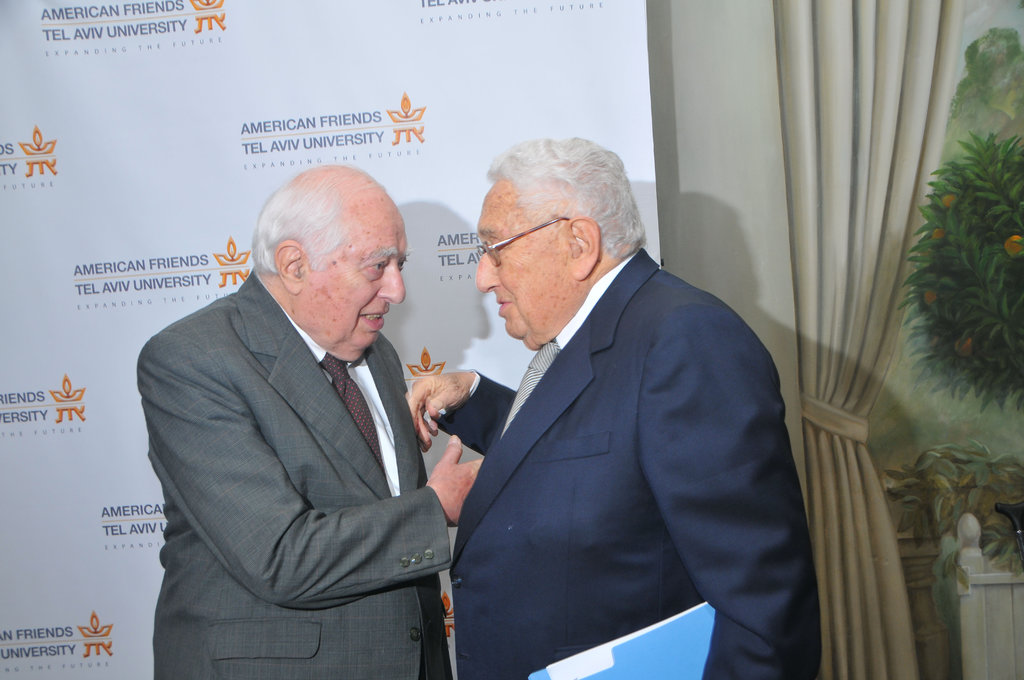
Bernard Lewis (left) with H. Kissinger
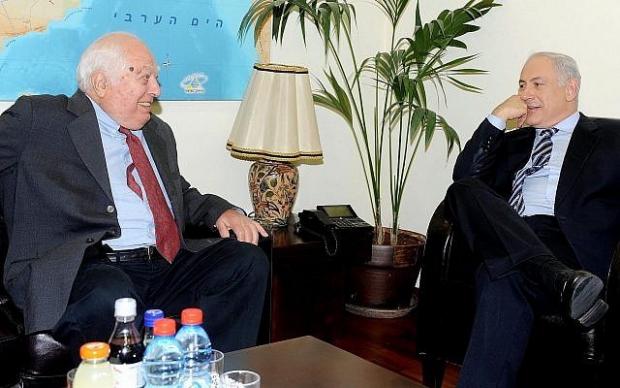
Bernard Lewis (left) with B. Netanyahu
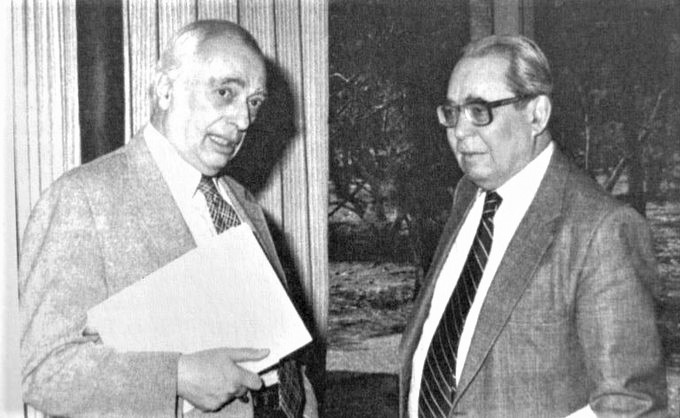
Bernard Lewis and Halil Inaclik, the ‘academic father’ of today’s Turkish Islamists
Along with Fernand Braudel (1902-1985) and the French School of the Annalistes (Annales school), Bernard Lewis politicized the History of the Islamic World and projected 20th c. concepts and approaches onto 15th – 18th c. History; he therefore failed to distinguish between the Ottoman state itself and the Ottoman civilization. Lewis had a calamitous impact on Halil Inaclik (İnalcık: 1916-2016), a Tatar historian who left Crimea in young age, settled with his family in Turkey, studied there and then, in the late 1940s and early 1950s, moved to Western Europe for research purposes. As he became a pioneer of the rapprochement between Turkey and post-WW II Europe and America, it was normal for him to diffuse a Western colonial interpretation of the History of the Ottoman Empire, at the very antipodes of the acts and the thoughts of Kemal Ataturk. However, trying to portray ‘Tanzimat’ as normal is preposterous; in reality, it was the death warrant of the Ottoman state. This approach helped spread an enormous confusion in Turkey; gradually, a nauseating nostalgia for the Ottoman times was produced among many idiots.
The stage was set for the theatrical act of Neo-Ottomanism, when Inalcik tried to refute the dark and murky portrait of Mehmet II Fatih that Franz Babinger (1891-1967), the famous German anti-Nazi historian, had drawn. The Turkish political elite, the academic class, and the average Turk fell into the trap, viewed the topic through nationalistic distorting lenses, and thus a subconscious ‘rapprochement’ with the shameful Ottoman Empire began. This was not Islamic of nature; it was Satanic.
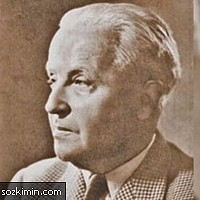
Franz Babinger
The confusion continued with Ilber Ortayli (İlber Ortaylı; born in 1947), a scholar who (after having been the student of both, Bernard Lewis and Halil Inalcik – !! ??) has consciously served the colonial plots of England that provide for the Islamization of Turkey – a project that is absolutely impossible to materialize. This is so because, if the Turkish population is paranoid enough to accept the filthy excrement of political islam, Turkey will simply cease to exist a secular state and society, which in turn will automatically bring us back to the Treaty of Sevres and the decomposition of Turkey as per the terms of the only post-WW I treaty that was not implemented thus far – only thanks to Kemal Ataturk.
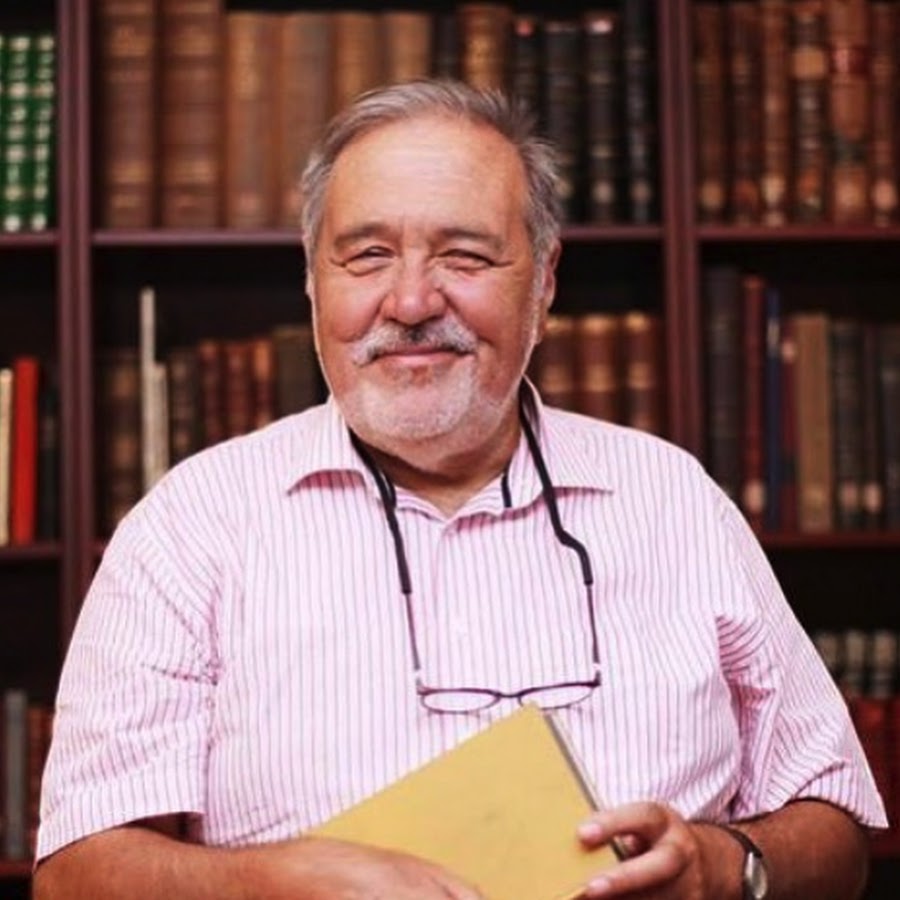
İlber Ortaylı
So, for all Turks today, Kemal Ataturk is definitely and undeniably far more important than prophet Muhammad. And if someone disagrees on this, he must be eliminated at once for high treason.
Ortayli is notorious for having contributed to the contamination of Ottomanostalgia.
Every naïve and ignorant person, who happens to entertain positive feelings for the Ottoman Empire, is the victim of an enormous propaganda mechanism launched by the Satanic English colonial state (MI6, Foreign Office, etc.). The incessant distortions, lies, and historical falsifications comprise also a great deal of concealment of the historical truth and unprecedented confusions. The following diagram contains only the major points that have been concealed, distorted or mystified as regards the Ottoman Empire which was calamitous already for Turks and Muslims, not only Aramaeans (Suryani), Copts, Berbers, Yemenites, Sudanese, Yazidis, Armenians, Eastern Romans/Rumlar (deprecatorily called ‘Greeks’) and many others:
a- the main contributors to what is called ‘Ottoman Civilization’ were enemies of the vicious, criminal and bogus-Islamic Ottoman family;
b- this generates an extraordinarily hiatus that very few scholars have sensed: the terms ‘Ottoman Empire’ and ‘Ottoman Civilization’ are therefore not synonyms but antonyms;
c- the real spiritual, academic, scientific, artistic and intellectual force of the Ottoman Empire were the great mystical orders, the Qizilbash, the Bektashi, the Mevlevi, etc. But as you know, Selim I waged a war and killed thousands of Qizilbash in Anatolia; he exiled 20000 of them to Mora (Peloponnesus), and persecuted the rest. For 400 years the greatest spiritual force of the Islamic World was under incessant, merciless persecution because of the wretched Ottoman family (should I say the ‘brothel of the gangsters’?). The disreputable and idiotic Mahmud II closed down the Bektashi in the 1820s – only to confirm that spiritual, intellectual, academic and scientific life was prohibited in his wretched state;
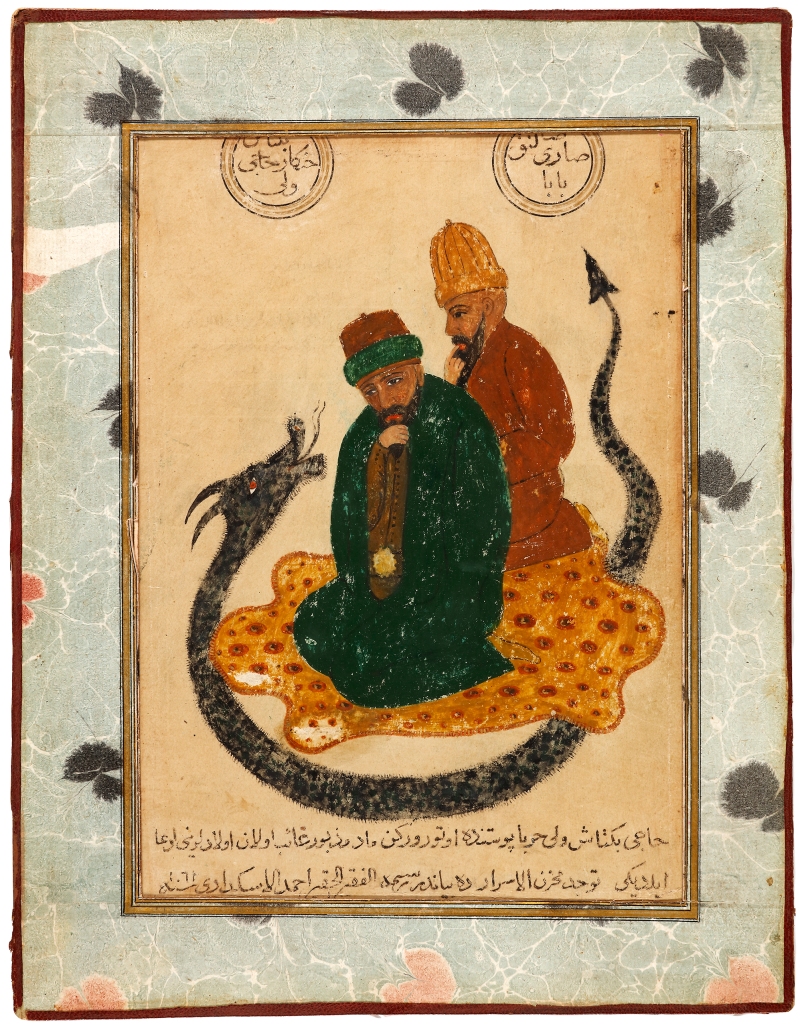
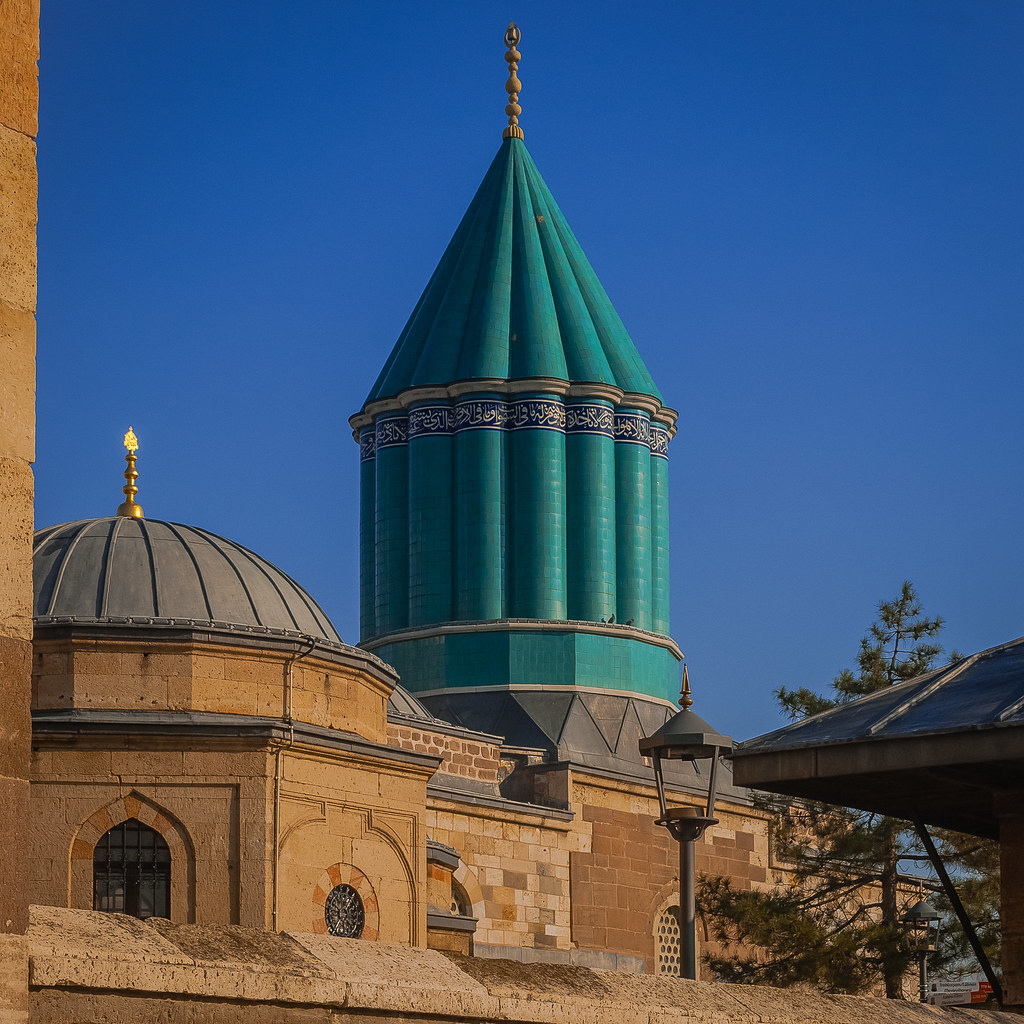
Rare double portrait of Haji Bektash from a 17th c. manuscript (above); tomb of Jelaleddin Rumi (Mevlânâ Celâleddîn-i Rûmî), mosque and Mevlevi museum in Konya (below)
————————————————————————————————–
d- in other words, the Ottoman family hated what we now call ‘Ottoman Civilization’ which is in fact ‘Islamic Civilization’ continued under the Ottoman Sultans mainly until the end of the 16th c. In reality, the Islamic civilization was terminated with the destruction of the Istanbul Observatory (1580) by the fanatic and ignorant mob, which was guided by the villainous rascal that happened to be the then ‘sheikhulislam’;

The prevalence of Ali ibn Abi Taleb, Hassan and Husayn over the Umayyad infidels is the cornerstone of Anatolian popular religion.
————————————————————————————–
e- the main contributors to what we call ‘Ottoman Empire’ and ‘Ottoman Army’ were the Janissary. Without the Janissary, the Ottoman armies would have never reached the faraway lands that they controlled; but the Janissary knew that the evil sheikhs under the sheikhulislam would finally destroy the empire, and that is why they repeatedly clashed with them. Following the deceitful advice of the worst enemies of the Ottoman Empire, i.e. the English and the French, Mahmud II dissolved also the Janissary in the 1820s – a decision that is tantamount to death warrant for the Ottoman army; without the Janissary, the stupid Ottomans were always losing, until they got lost.
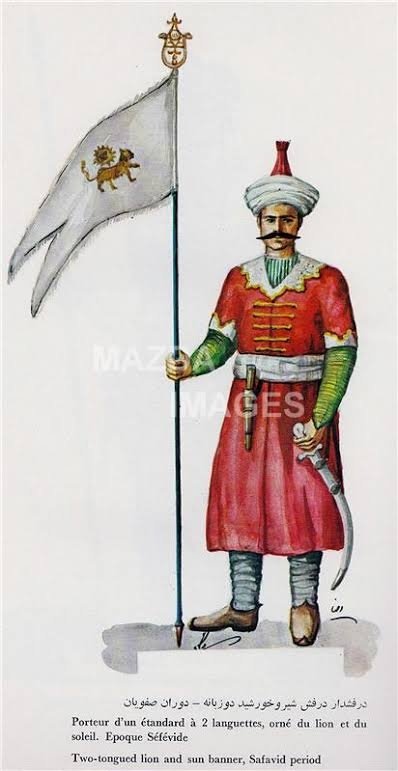
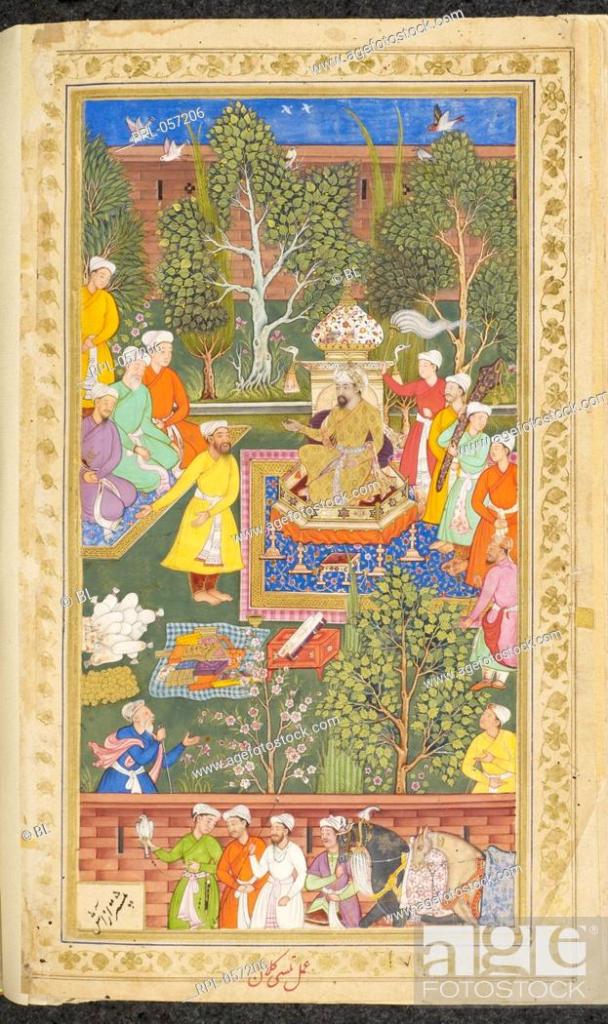
Above: typical representation of a Qizilbash; below: the founder of the Great Mughal dynasty of Southern Asia Babur offers a banquet in honor of Qizilbash and Hindu, who came to present their valuable gifts (1528).
————————————————————————-
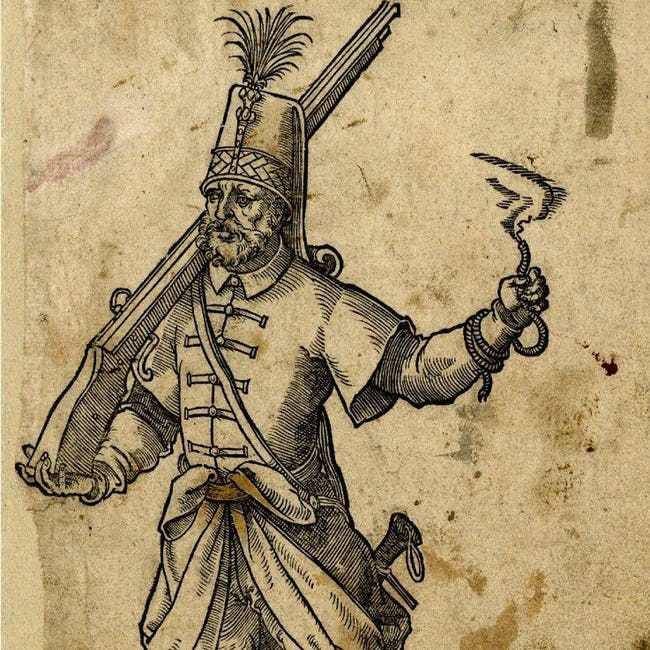

Above: typical Janissary; below: the secret but real, historical revenge of the Janissaries over the worthless Ottoman state: the victory of Kemal Ataturk, here represented (in the Taksim Square monument) as accompanied by his allies Clement Voroshilov (1881-1969) and Semyon Aralov (1880-1969), the Soviet army officers and statesmen.
————————————————————–
f- basics in Turkish Literature are enough for someone to understand that the Ottomans were the worst enemies of the entire Turkmen nation of Anatolia. You certainly know that the central part of the Anatolian Turkish literature is Ağıt Halk Edebiyatı, i.e. the Popular Literature of Lamentations. Very different from other nations’ popular lamentations, the Anatolian Turkish (in reality Turkmen) ağıtlar are closely interconnected with the ‘destanlar’, i.e. epics, legends and narratives of brave deeds undertaken by people who rejected the cursed Ottoman rule and the pseudo-Islam of the sheikhulislams, opposing the ensued oppression and persecution of the Anatolian Muslim Turkmen by the loathed soldiers of the ruthless Ottoman state.
https://web.archive.org/web/20111201172805/http://omeryaldizkaya.8m.com/dil_tema_motif.html
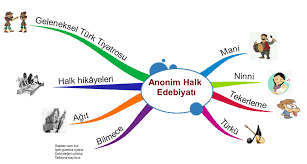
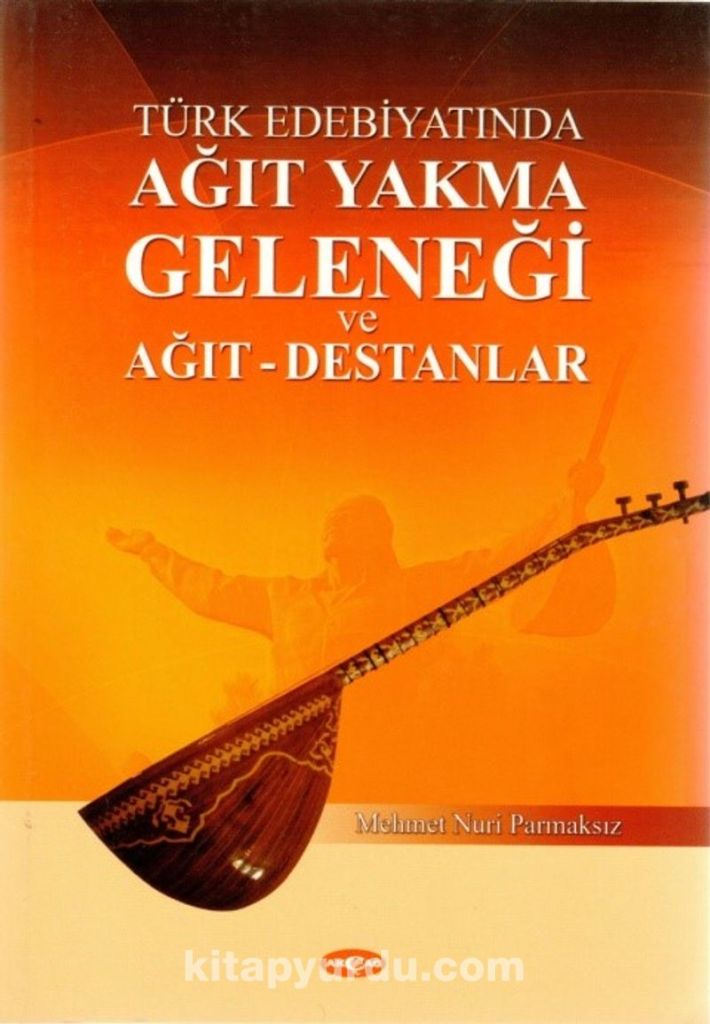
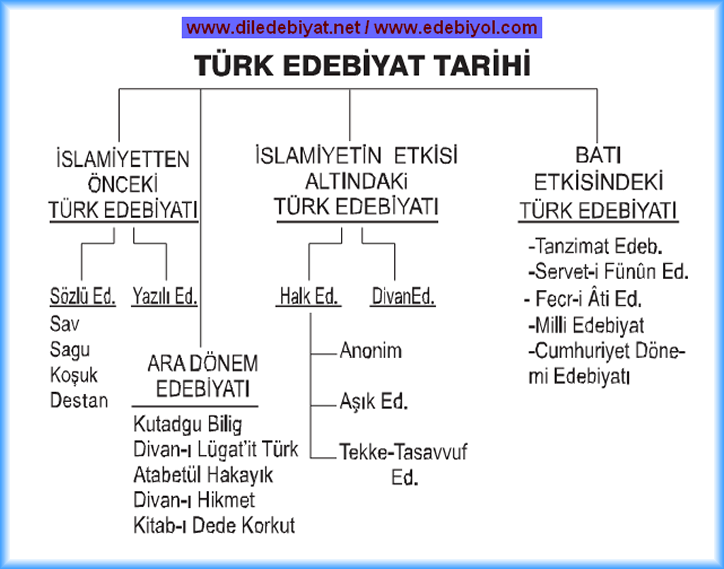
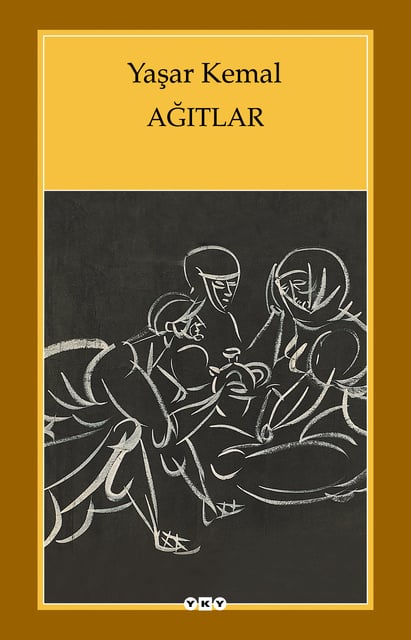
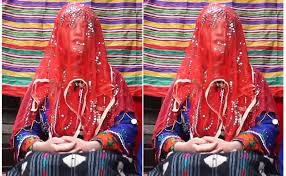

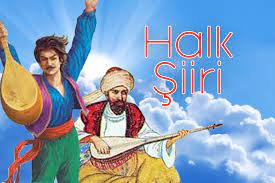
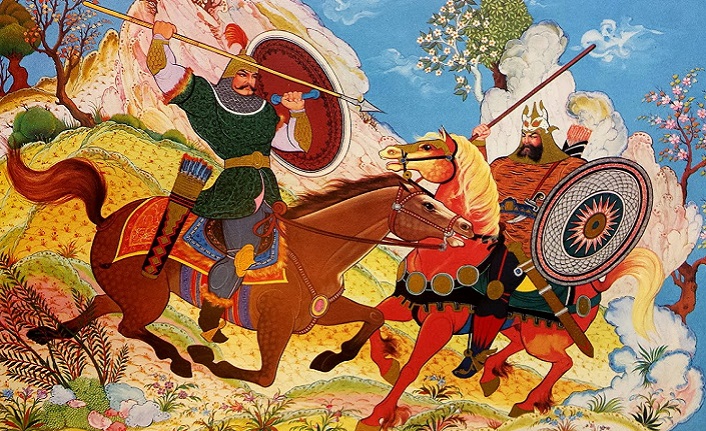
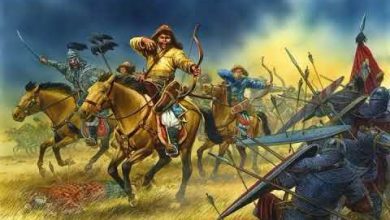
g- the formation of the official position of the sheikhulislam in the 1300s and the officialization of the position by Murad II in the early 15th c. is an abomination. It consists in straightforward Christianization of Islam. Prophet Muhammad actually liberated the believers from the tyranny of the clergy, as he had early made a very clear distinction between faithful and disbelievers among the Christian priests and monks; this fact relates to both, personal understanding and divine revelation. Every person can randomly be the sheikh of the prayers in a mosque. There cannot be institutionalization of the sheikhs, because this is not only a deviation in terms of Islamic cult but also an evil act that suits perfectly well the interests of the worst enemies of Islam. So, you understand that, when you say about the Islamists and the present administration of Turkey “maybe because they take the Islamic faith in full”, you really mean that they mistake it in full!
h- Last, when it comes to Turkey’s Islamic past, I surely understand that it plays a cardinal role in today’s Anatolian Turkish culture, popular religion, folklore, moral integrity, and national identity; but it is mainly based on the Seljuk heritage and spirituality, the Iranian legendary traditions, and the Anatolian beyliks that have also been disastrously disregarded and misrepresented in the Modern Turkish Education.
The Artuqids of Mardin, the Danishmend of Sivas, the Saltukids of Erzerum, the Ionian beylik of Smyrna, the state of Eretna, the Hamidid dynasty of Eğirdir and Antalya, the Isfandiyar dynasty of Kastamonu, the Ladik beylik of Denizli, the famous Dulkadiroğulları of Marash, the Mentesh beylik of Milas, and many others are the strong trunk, the great boughs, and the soft twigs of the Kızıl Elma (Red Apple) tree of Anatolian culture, mysticism, identity, and integrity. Yes, this tree had indeed Ottoman green leaves, but to be honest, they consisted of Muslim and Christian populations that were equally and monstrously oppressed by the cruel Ottoman family.
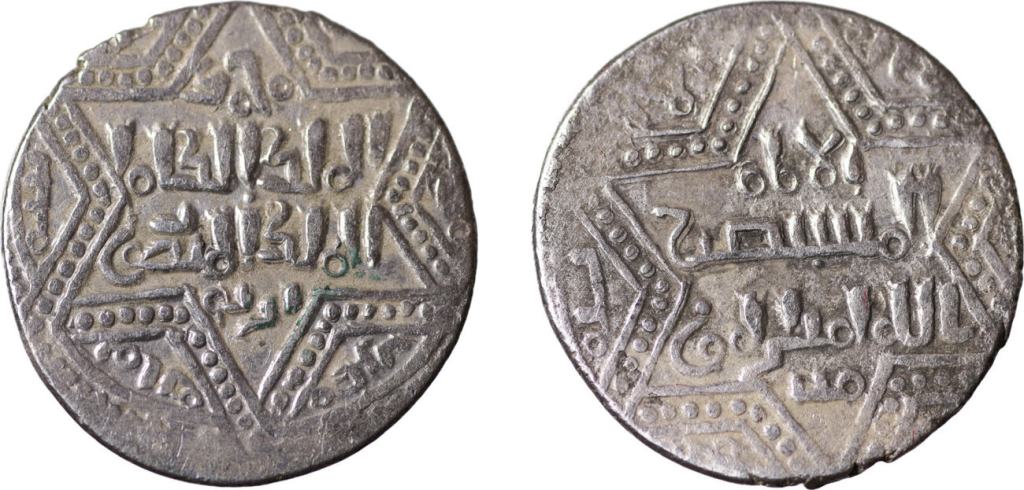
Silver coin (dirham) minted by Nasir ad-Din al-Mansur Artuq Arslan (597 – 637 H. / 1201 – 1239) in Mardin, in the year 635 H

Mangir (mangır) or mankur, bronze coin from Kastamonu (Isfandiyar dynasty)
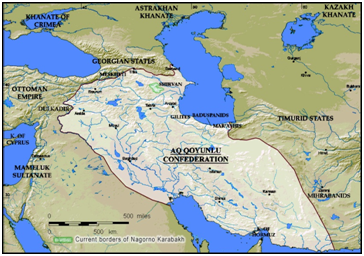
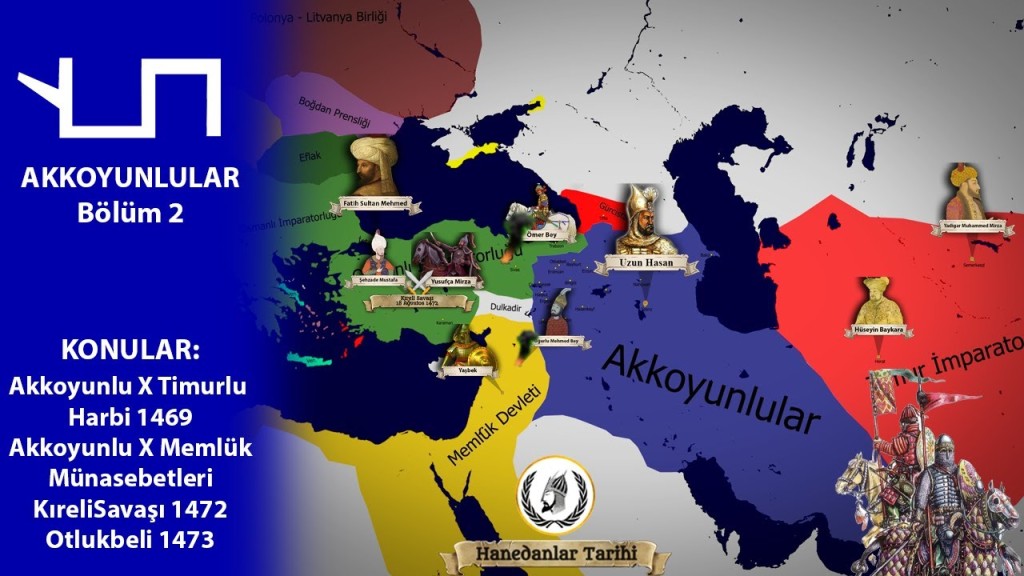
Akkoyunlu state (1378-1503)
In brief, the illustrious Akkoyunlu dynasty is more central to today’s Turkish national identity than the Ottoman family; even more importantly, the Akkoyunlu were able to merge in one state the eastern half of Anatolia and the entirety of the Iranian plateau. And, as you know, neither the Ottomans nor the Safavids were able to achieve this exploit.
D. Do not call the Anatolian Sea ‘Aegean Sea’!
Fourth, as I said, the entire historical narrative of Turkey is a fake; even worse, it functions destructively for the country. While staying close to facts and processes and denouncing falsifications and concealments of the historical truth that may have been undertaken by other regimes or establishments, the historical narrative of a country is not merely the historiography that the country’s academics teach in universities and historical societies. It can also be composed by well-educated diplomats, who not only know the past comprehensively, but also envision the future ingeniously.
This means that the historical narrative of a country must be to some extent creatively ‘invented’, i.e. constructed on the basis of truthful historical conclusions and state needs. You understand, of course, that by saying ‘invented’, I don’t mean ‘fabricated’ and ‘forged’ but ‘formulated’, ‘conceived’ and/or ‘re-discovered’, One example is the case of Mavi Vatan and Ege Denizi; the latter is merely a part of the former, but it is very wrong for Turkey to further use the term ‘Aegean Sea’.
Certainly this historical term, which relates to Ancient Ionian mythology, is historical and truthful; it was used in several languages (Arabic: بحر ايجه) and its historicity is undeniable. But this does not mean that no one can introduce a new name, which would correctly reflect the historical dynamics of this maritime expanse. As you know, the History of the Mankind is exclusively a ‘history of lands’, not a ‘history of seas’. Humans never lived in seas, because this is practically impossible. Seas served only as one of the existing means of communication. People traveled always across lands and deserts to meet and deal with other people or eventually resettle; and they did the same across seas. But seas are uninhabitable and no one can live there; all the islands that may exist -here and there- are in reality spots of land within an unlivable space. In fact, seas do not exist; they only do in relationship with the lands around which they may be located.
Viewing the Aegean Sea within the wider context of the lands among which this maritime expanse exists, one can draw determinant historical conclusions. The Aegean Sea is located west of Anatolia, south of Balkans, and east of the southern projection of the Balkan Peninsula, namely the land south of the theoretical line between Salonica and Vlore (Vlorë) in Albania. Projecting out into the Mediterranean body of water, the southern part of Balkan Peninsula is separated from the Italian Peninsula by the Adriatic and the Ionian seas.
As the Aegean Sea consists in merely a part of the Mediterranean Sea, we have to add that it is located north of Africa, because the island of Crete is in the middle of two maritime expanses, namely the main part of the Mediterranean Sea and the Aegean Sea. In fact, Crete is a historically African, Canaanite and Anatolian island, whereas the Çember Adaları (Kiklatlar or Kiklad Adaları / Cyclades Islands) originally were entirely African islands, as the so-called Cycladic Art (end of 4th–1st millennium BCE) testifies to, in spite of the racist interpretations, the falsifications, and the distortions that colonial academic gangsters publish in order to once again usurp African cultural heritage, monuments and art and shamelessly portray that culture as possibly European and White,
During the last five millennia, all the major historical developments that took place in the Aegean Sea originated from Anatolia. This is due to the fact that Anatolia proved to be the epicenter of several empires, whereas there was never an empire based in the Balkans, let alone the southern projection of the said peninsula. The Hittites expanded in the Balkans; Troy was their enemy, and the Hittites called upon their Ahhiyawa (Achaeans) cousins to solve the problem (and the Achaean military expedition became known as the ‘Trojan War’), as Hattusha was mainly focused on the Southeast, i.e. Northwestern Mesopotamia, Syria and Canaan. The Luwians and the Carians from Anatolia expanded to Crete and the other islands. Contrarily to the Indo-European theorists, the Achaeans, the Ionians and the Aeolians, coming from Central Asia, crossed from Anatolia to the southernmost confines of the Balkans.
The indigenous populations of the South Balkan extremities, namely the Peleset (Pelasgians), who were ethnically-linguistically-culturally unrelated to the Achaeans and loathed the Achaean supremacy, did not expand or migrate, except during the late 13th c. and early 12th c. BCE invasions that we now call ‘Sea Peoples’ Invasions’; after they revolted against the Achaeans, burned the Mycenaean acropolises, ended the Achaean rule, invaded Anatolia, Cyprus and Canaan, destroyed the Hittite Empire and its allies, they attacked Egypt. They were then destroyed and dispersed by the victorious Egyptian armies of Ramses III; after their defeat, they settled in the coast of South Canaan and became rather known as the ‘Philistines’, i.e. the ancestors of the Palestinians.
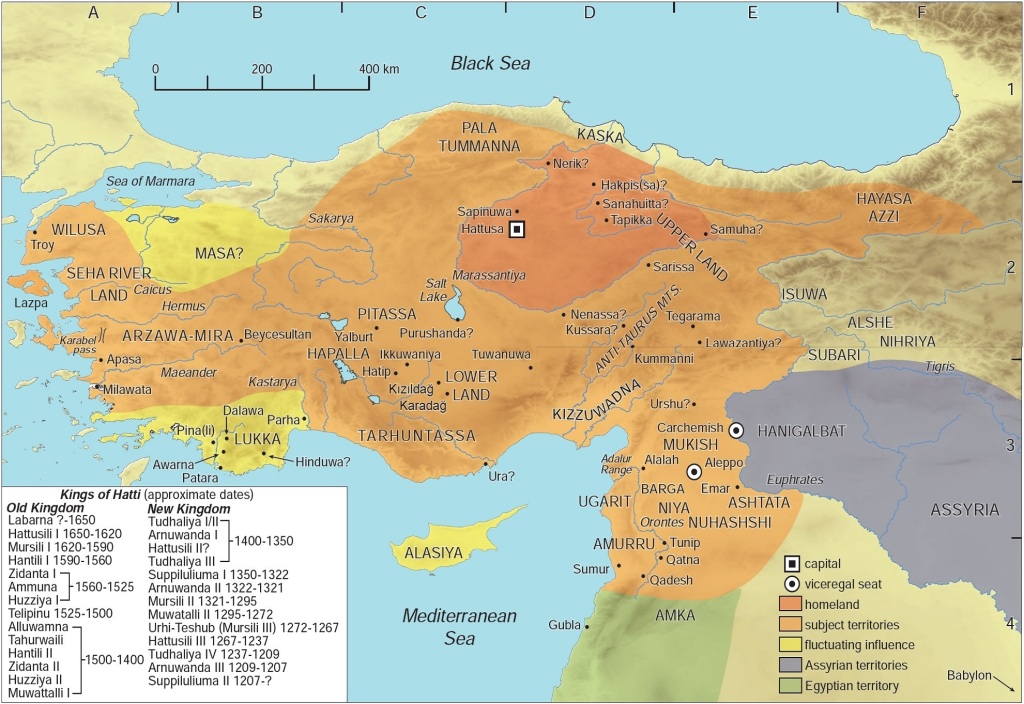
The Achaemenid Iranians invaded and controlled more than two thirds of the Balkan Peninsula as the Old Achaemenid cuneiform inscription (unearthed in 1937 and published in 1954) of Gherla (in Transylvania, Romania) demonstrates. Alexander the Great of Macedonia, after subjugating the South Balkan petty states, only crossed Anatolia to invade Iran, and then he fully disregarded the Balkan Peninsula in its entirety and made of Babylon his capital; his wife was not a Macedonian beauty, but the Sogdian princess Roxane, who was born in Central Asia. Later, during the reign of the Epigones, i.e. the successors of the Macedonian emperor, the South Balkan confines and the islands belonged to the Seleucids of Syria, the Attalids of Pergamum (Bergama), the kingdom of Macedonia, whereas Crete belonged to Ptolemaic Egypt.
The Romans came from the West to Anatolia; however, they did not originate from the Balkans but from the Italian Peninsula, as it is well known. More importantly, and on the basis of what the Romans thought of themselves, they did not actually ‘invade’ Anatolia, but they only returned there, since Aeneas, their ancestor, was a Trojan who left after the destruction of the kingdom that the Hittites called Taruisha (Troy) and/or Wilusa (Ilion). During the Roman times, the Balkan Peninsula served mainly as a passageway between the Italian and the Anatolian peninsulas. During the Eastern Roman and the Ottoman empires, all important movements, like the Paulicians and the Bektashis, were diffused from Anatolia to the Balkans; and all critical historical developments started in Anatolia and impacted the Balkans and the islands located in the sea that separates Anatolia from the South Balkans.
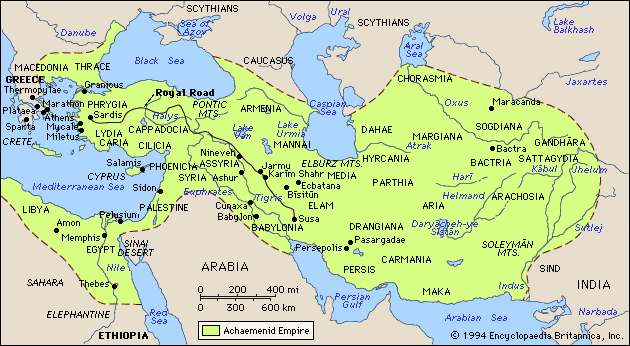
Achaemenid Empire of Iran
——————————————————————-
So, you cannot call the sea west of Anatolia ‘Aegean’ (Ege); it is the Anatolian Sea par excellence. This term may be new, but it is historically truthful and academically defendable. Consequently, when you write about my approach that “while you advocate for a model where the history of Turkey absorbs all the residents of the Anatolian peninsula”, I have to respond that this is rather an oversight; I do advocate an entirely continental model of History, as per which Turkey absorbs all the residents of Anatolia and their peripheral lands and seas.
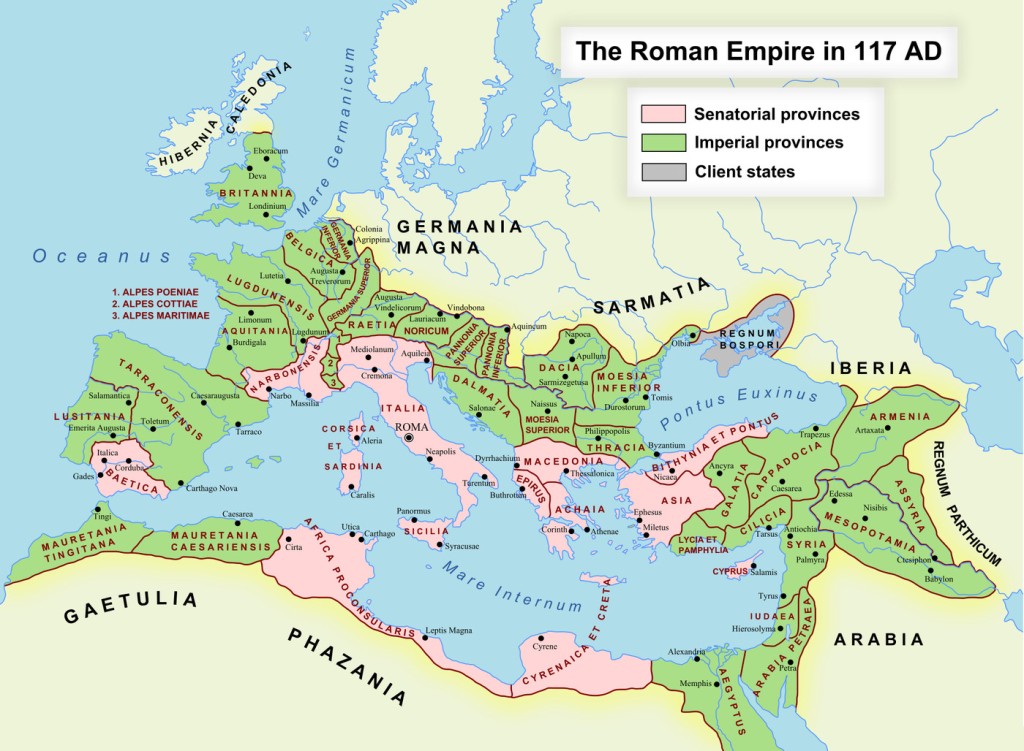
You cannot therefore have ‘strategic depth’ (stratejik derinlik) as the ignorant and uneducated Ahmet Davutoğlu pretended in his silly book; actually you don’t need it because it only brings disaster. What you need is historical identity and cultural integrity; you cannot possibly imagine that you are closer to the Algerian and the Somali Muslims, and not to the Aramaean Monophysitic Christians of Mardin, Midyat and Tur Abdin. Simply, it cannot be; it has calamitous results like Erdogan’s stupid involvement in the war that the criminal Western powers declared on Syria in 2011. So, with your either nonexistent (before 2002) or silly (2002-2022) methods, while willing to become again an imperial power, you miserably fell into the status of puppet of the English and the Americans. It is a shame for the state of Kemal Ataturk. Eliminate Erdogan and cancel all his paranoid policies at once and by all means!
E. Eastern Romans and Turkmen Nomads: History is the History of the Peoples, not of the Elites or the States
Fifth, at a certain point, you highlight what you perceive as a contradiction, stating the following: “For example, Ankara should take Justinian as its own emperor. Here then rises the challenge of how to explain the Byzantine-Ottoman wars. Are they civil wars”?
About the ethnic identity of the Anatolian population, the wholehearted acceptance of the Seljuk rule by the Eastern Roman Iconoclasts and Paulicians of Anatolia, and the ethnic amalgamation that ensued, I already spoke in Unit V A. Here I will only add that the topic that you mention (the ‘Byzantine-Ottoman wars’) is simply a fabricated myth owed to the colonial Orientalist bibliography (to which I already referred briefly in Unit V C). I will now attempt to concisely explain to you what happened and how you came up with this opinion about a factoid – not a fact.
Truthful and trustworthy historiography is basically a matter of accurate and lucid conceptualization and comprehensive contextualization. When this approach is not offered, when the focus is shifted on mere facts, and when the description involves preconceived schemes, abrasive innuendos, erroneous terms, and insipid clichés, the reality is drastically transformed; then readers go through texts, which -although they don’t contain factual mistakes- are entirely misleading. The end result is that, instead of proper historiography, the academic class generates fake myths that are believed as History, whereas they fully misrepresent the historical reality.
More specifically, one can very easily understand that the term ‘ Byzantine–Ottoman wars’ is a fake, i.e. the byproduct of fallacious Western bibliography geared only to continue the division and the enmity, the hatred and the racism that the colonial powers did instigate among the populations of early 19th c. Ottoman Empire. One can search for a comparable element, then establish a comparison, and last find the dissimilarities between the two items of comparison. An example could be what we now call ‘Iranian-Ottoman wars’. By astutely checking the presentation of both items (topics) in modern educational-academic propaganda outfits, you can get some interesting and revelatory points.
First, let me point out that both terms are very wrong and totally false; the term ‘Persian-Ottoman wars’ (as it often stands in Western bibliography) is deliberately fallacious, because the Safavid, Afshar and Qajar empires were all called ‘Iran’, not ‘Persia’. In addition, their territories were not confined to Fars (Persia) but comprised the entire, traditional land of Iran. Similarly, there was never a ‘Byzantine’ Empire; vicious Western forgers use this transvestite appellation in order to name what was historically called ‘Eastern Roman Empire’ or ‘Romania’ (Ρωμανία; unrelated to the modern Balkan state). So, we can speak about Eastern Roman-Ottoman wars, pretty much like we can speak about Eastern Roman-Seljuk wars; by the way, this can also serve as an interesting parallel.
If you now check the two entries in the English Wikipedia, you can notice something intriguing; you will find the entries here: https://en.wikipedia.org/wiki/Byzantine%E2%80%93Ottoman_wars
and https://en.wikipedia.org/wiki/Ottoman%E2%80%93Persian_Wars
What you can see in the latter is that the entry authors make available a table with wars, dates, emperors, treaties, results, etc. It is absolutely true that for more than 300 years the Ottoman Empire and the Safavid/Afshar/Qajar Empire of Iran entered in a sequence of more than 10 wars that lasted at times not years but decades. However, it must also be added that these wars were the clash of opposite rulers and elites, not peoples.
Quite contrarily, the former Wikipedia entry is a lengthy but vague text without any table; this did not happen just by coincidence. It is related to the very perplex reality of the Eastern Roman-Ottoman relationship, which encountered many ups and downs; in many wars, the two states helped one another. The same is valid for the wars between the Eastern Roman Empire and the Rum Sultanate of the Seljuks, i.e. two states that had exactly the same name. Here is the English Wikipedia entry: https://en.wikipedia.org/wiki/Byzantine%E2%80%93Seljuk_wars
By the way, can you imagine what would happen today, if two states bore the same name?
Quite contrarily to present circumstances, this fact was considered normal at the time and the Eastern Roman – Seljuk wars were not due to their claims to the same name. This was due to the undisputed reality that the outright majority of the population in both states was indeed Eastern Roman. So, to put it correctly, at those days, the Eastern Romans had two states: one Christian and another Muslim. And in both states, the outright majority was initially Christian; but the Christian population of the Rum Sultanate disagreed with the beliefs and the practices of the Patriarchate of Constantinople. There were no ethnic-linguistic differences among the rulers and the people; they were able to communicate because people were multilingual in the Orient, and they used to learn languages fast and easily. More importantly, the two states had also the same flag: a double-headed eagle! Only the colors were different: yellow and black for the Eastern Romans, light blue and white for the Seljuks.
When you have a complex relationship, you can eventually speak of battles, but they are not the same historical development as the ‘wars’. And the bilateral relationships between the Eastern Romans, the Seljuks, and the Ottomans, were very perplexed. Of course, one can write many books about the topic, but to give you the essence in few paragraphs, I would highlight the following points that almost all the people fail to take into consideration:
a- it would be very wrong to consider the first ‘wars’ between the Rum Sultanate and the Eastern Roman Empire as undertaken by armies manned by ethnically different soldiers; whereas this is certainly valid for the Battle of Malazgirt (Manzikert; 1071), we have to take into account that the said battle was only a very early event. Later, in various battles between the Sultanate and the Empire, there were Seljuk Turkmen and Eastern Romans, who had just become Muslims, fighting together against the imperial army and the Christian Eastern Romans. This reality was repeated dozens of times during the 12th, 13th, 14th and 15th c. (with Eastern Romans and Seljuks and later with Ottomans).
b- the previous point pales compared to this one: only seven (7) years after the Battle of Malazgirt, the young Eastern Roman Emperor Michael VII Doukas (reigned: 1071-1078) asked the help of Suleiman ibn Qutalmish (reigned: 1077-1086; سلیمان بن قتلمش) against the 76-year old, but very influential administrator of a major Eastern Roman ‘theme’ {(administrative division), namely the theme ‘Anatolikon’ (around Ikonion / Konya)}, Nicephorus Botaneiates (1002-1081; reigned after 1078), who had launched an attempt to overthrow the emperor. When Suleiman encountered the small army of Nicephorus, he could win over them, but finally accepted the old man’s proposal and supported him against the emperor. This marked a critical change in the governance of the Anatolian provinces, because Nicephorus’ rise to the throne of Constantinople was a real victory for the Seljuks, who were allowed to settle in the region around Nicaea/Iznik, and a consolidation for the Sultanate of Rum that was established only three years earlier.
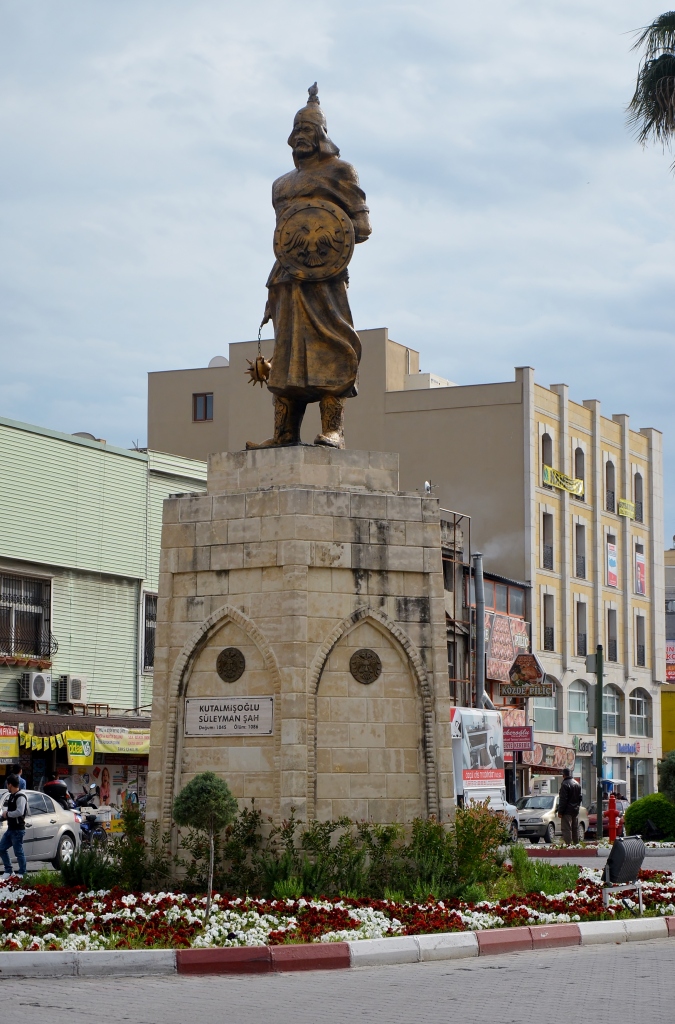
Suleiman ibn Qutalmish, Konya
—————————————————————–
c- contrarily to what many may think, Suleiman was not an enemy but a friend of the Eastern Romans; he treated Christianity and Islam on an equal footing. His concern was to expand against the Haleb (Aleppo) Turkmen Muslim rulers; this shows that people and states in Anatolia were not organized around sectarian lines, in striking opposition to what modern pseudo-historians pretend in order to adjust History to their filthy interests. Unfortunately, when the emir of Haleb asked urgently the help of the Seljuk emir of Damascus Tutush I (Abu Sa’id Taj al-Dawla Tutush; reigned as emir: 1078- 1092 and as sultan: 1092-1094; أبو سعيد تاج الدولة تتش السلجوقي), Suleiman ibn Qutalmish was abandoned by his soldiers and killed in the battle of Ayn Salm (1086) – by a Seljuk, not an Eastern Roman hand. Similar events took place repeatedly in Anatolia.
d- reversely, Suleiman ibn Qutalmish’s son Kilij Arslan I, held captive in Isfahan after the battle of Ayn Salm, was released after the death of the Great Seljuk Malik Shah I in 1092, returned to Iznik, struck an alliance with Alexios I Komnenos (1057-1118; reigned after 1081; Αλέξιος Κομνηνός), and to please the Eastern Romans, joyfully slaughtered his father-in-law Çaka Bey (reigned: 1081-1093; Tzachas/Τζαχάς), who had ruled Smyrna/Izmir, after having first had good relations with Constantinople, up to the point of being promoted to protonobilissimus (Eastern Roman dignitary)!
This means that after the arrival of the Seljuks in Anatolia, there is no Seljuk History and there is no Eastern Roman History; there is Anatolian History and it has nothing to do with either ethnic origin or religion.
e- the aforementioned few points describe an undeniable reality: there is no ethnic difference and there is no religious difference; Eastern Romans, Turkmen, Muslims and Christians viewed one another at those days very differently from the way today’s stupidly fanaticized Turks and ‘Greeks’ view each other now through the distorting lenses of the ‘political islam’, chauvinism, and other Western ideologies produced by the colonial powers and projected onto numerous targeted nations. The differences were mainly of spiritual nature, and that is why it was normal that some Muslims and some Christians allied with one another against other Muslims and other Christians.
f- you are right calling the various battles between some Eastern Romans and some Ottomans a ‘civil war’, but the reality is far deeper than that. Almost half of all the mothers of the Ottoman sultans were of Eastern Roman origin; but you should not view this historical fact through modern ‘nationalistic’ lenses! Being Eastern Roman does not mean agreeing with one emperor; even more so, because many times, the Seljuk and the Ottoman armies had numerous Eastern Roman soldiers among their ranks. Who is therefore entitled to point out who the ‘traitor’ is? The Eastern Roman soldier, who fought with Mehmet II, or Constantine XI Palaiologos?
There are no responses to questions like this; History is never unilateral, except for sectarian idiots who want to adjust with their stupid beliefs. Actually, theoretical questions similar to the previous one can be formulated about hundreds of analogous events that took place during no less than 400 years (1071-1461: the Fall of Trabzon). There is no Ottoman History without continuous references to the Eastern Roman History; this is so for a very simple and good reason. The Ottoman Sultanate undeniably contained sizeable populations of Eastern Roman origin, who used to view their acceptance of Islam as the correct option for all the Eastern Romans. The Ottoman sultans did not function as either Turkmen chieftains or Muslim lunatics; after a certain point, without understanding it, they viewed themselves as the proper continuation of the Eastern Roman Emperors. And after 1453, they were all named Qaysar-i Rum.
g- there is no ethnic/national dimension in all the fights and the battles that occurred from the late 11th until the late 15th c. in Anatolia and Balkans. In many cases, several young men from the same Anatolian city or town were fighting with the Eastern Roman army and other young men were among the ranks of the Seljuk (and later Ottoman) army. More importantly, the 11th–15th c. Anatolian beyliks were so many that the Ottomans fought more often against other Turkmen than with the Eastern Roman armies. And there is no religious aspect in those clashes and wars, except first, the explicit denunciation of the Constantinopolitan Patriarchate by the Anatolian Eastern Romans (11th–12th c.) and second, the post-1204 division of the Eastern Romans into two, Anti-Union (Anthenotikoi) and Unionists (Enotikoi), factions. The Anti-Union (or ‘Anthenotikoi’) Eastern Romans were all those, who rejected the union of the Constantinopolitan Patriarchate with the pseudo-Christian papacy of Rome; they willingly supported the Seljuks and the Ottomans, although they were Christian Orthodox.
h- until as late as 1925, in villages of the province Aksaray-Gelveri (Cappadocia), the same building was used as mosque on Fridays and as church on Sundays. Today’s Turks are in reality an amalgamation of Eastern Romans and Turkmen. And Modern Greeks are fake Greeks, totally unrelated to the so-called Ancient Greeks, who were disparate tribes (Achaeans, Ionians, Aeolians, Danaans, Cadmeans, etc.) constantly fighting one upon the other; all the inhabitants of Greece are Eastern Romans (Rumlar/Ρωμιοί), who lost their identity and were ridiculously named ‘Hellenes’, which consisted in a derogatory, filthy and disreputable appellation according to the standards of the Christian Orthodox Eastern Romans, because ‘Hellenes’ meant simply ‘corrupted idolatrous and polytheistic pedophiles, prostitutes, homosexuals, and anomalous disbelievers indulging in sexual orgies in their filthy temples’.
i- the historical falsifications and the nationalistic distortions that are carried out in modern historiography produce a real paroxysm among uneducated masses and ignorant people. The famous battle of Manzikert (1071) is a good example in this regard. In today’s Turkey with its misplaced historical narrative, this event is viewed as a Turkish victory over the Greeks and as a Muslim triumph over the Orthodox Christians. And in today’s Greece with its sick anti-Turkish racism and chauvinism, the same event is considered as a heinous defeat of the Greeks and a serious setback of Orthodox Christianity.
All these views and considerations are totally wrong;
1- Manzikert was not a Turkish victory but an Iranian victory;
2- Manzikert was not a Muslim triumph over Orthodox Christians, because Muslims and Orthodox Christians coexisted peacefully in Anatolia; more importantly, the Orthodox Christians did not consist in just one group; had been divided among themselves because of Iconoclasm and Paulicianism for hundreds of years; that is why many of them willingly sided with the Muslim Seljuks;
3- Manzikert was not Greek defeat, because no Greek soldiers fought there; the armies of Romanos IV Diogenes (1030-1071; reigned after 1067) consisted of Eastern Romans and their king was known to all as ‘King of Romans’ (Βασιλεύς Ρωμαίων / Imperator Romanorum – a title that belongs exclusively to Constantinopolitan rulers). There were no Greeks anymore in the 11th c.; and
4- Manzikert was not a serious setback of Orthodox Christianity, because the true setbacks of Orthodox Christianity were mainly the following six events:
-752 CE: Roman rejection of the need for Eastern Roman emperor’s approval for the consecration of the popes of Rome (instituted by Justinian in 537 CE);
-800 CE: Blasphemous Roman recognition of the pseudo-Christian chieftain Charlemagne as ‘holy Roman emperor’;
-869 CE: First Schism (following the excommunication of pope Nicholas I;
-1054 CE: Great Schism (culmination of the Antichristian papal deviation);
-1095 CE: Launching of the Crusades – a long prepared papal project against mainly the Eastern Roman Empire; in fact, the pope of Rome wanted to prevent the Eastern Roman emperor from reconquering Jerusalem from the ailing Abbasid Caliphate; and
-1204 CE: Sack of Constantinople by the Antichristian soldiers of the Fourth Crusade.
As you see, there is no real setback suffered by Orthodox Christianity to be credited to Muslims; the really Antichristian force that destroyed the Eastern Roman Empire was the pope of Rome.
In fact, Alp Arslan’s victory in Manzikert was not a Turkish victory, because Alp Arslan’s mentor, educational master, spiritual guide, and royal counselor was Nizam al Mulk (1018-1092; نظامالملک/known with his regular name in his early age: Abu Ali Hasan ibn Ali Tusi), the most important socio-educational reformer, Muslim theorist of Governance, and statesman of the Islamic times. Iranian of noble descent, Nizam al Mulk was not only an erudite scholar but also a brave fighter, who accompanied Alp Arslan in almost all his battles. He had even scheduled to be present in the battle of Manzikert, but he had to supervise the transportation of valuable items to Isfahan. Not only Alp Arslan owed his position to Nizam al Mulk (who helped him win over his cousin Kutalmish for the succession of Tughril in 1064), but all the Seljuks were culturally, educationally and intellectually Iranized. In fact, to describe it in its most accurate dimensions, the battle of Manzikert was the most decisive or, if you want, the terminal Iranian victory over the Roman Empire. It was the final Iranian revenge over Emperor Heraclius’ victory over the Sassanid Emperor Khusraw (Chosroes) II Parviz in 628 CE.
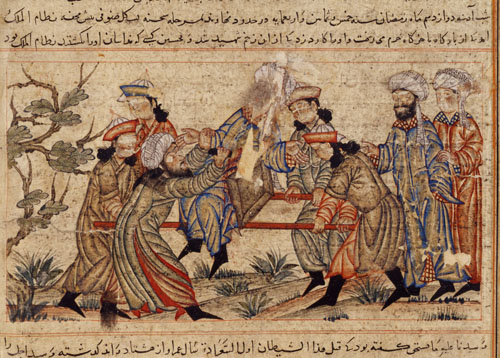
The assassination of Nizam al Mulk from an Isma’ili manuscript of the 14th c.
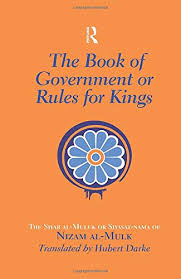
—————————————————
So, who takes a benefit from today’s Turks’ and Greeks’ inability to see this event without the distorting lenses of the modern Western historiography? Certainly those who want to keep them always divided and plunged in misunderstanding, conflicts, and useless competition in arms.
Another typical example of misinterpreted fact by both parts (Turks and Greeks) of the same nation is the Conquest of Constantinople in 1453. Last year, I published this article about the topic, rectifying the associated misperceptions and silly narratives: https://www.academia.edu/43199538/29_May_1453_The_most_Useless_Ottoman_Victory
j- beyond the aforementioned points, there is one more reason you find it difficult to accept that Modern Turkey’s historical narrative has to encompass Justinian and the Eastern Roman Empire. This is a methodological trouble of generalized dimensions; it concerns all fields of modern historiography. It is associated with politics and the prevailing socio-educational trends. It is not particular to Turkology, Medieval and Modern History, Orientalism or Classics. It is a vast issue and I can only mention it here. Quite unfortunately, modern scholars write a history of states and elites, and not a history of peoples and cultures. This generates enormous confusion among the readers, as it consists in a monstrous distortion in and by itself. One can attest it on many occasions. This affects enormously the selection of basic points and elements for the establishment of the historical narrative in every country, thus triggering an enormous historical misconception.
To give you an example, the misrepresentation of the Roman Empire in the early imperial times is disastrous; whereas the entire empire was flooded with Oriental cults and religions, mysteries and philosophies, today’s colonial historians still write a totally fake narrative, detailing the deeds and the texts of the Roman elite, senators, philosophers and poets, instead of revealing in public the entirely Oriental beliefs of the average people of the empire. The same style impacts scholars focusing on the relationships between the Eastern Romans, the Seljuks and the Ottomans; their texts revolve around persons, elites, and institutions. The Eastern Romans and the Turkmen as people, culture and popular religion are left aside. That’s why their narrative is unrepresentative and misleading.
F. Why Kemal Ataturk wisely shut the door of Turkey on the Ugly Face of Enver Pasha
Sixth, there is now only one point to further discuss; you asked me the following question: “why do you renounce pan-Turkish in full when the union with Azerbaijan would be fairly feasible”? Thank you for your comment, which helped me further clarify my position and present my approach to the topic!
I believe that today there is an enormous confusion made around this topic; Pan-Turkism and Pan-Turanianism are not ideologies or theories that lead people to simply cooperate at an international level; they mainly involve a false, nationalistic reading of Turanian History whereby politics eliminates sound argumentation and objective conclusion. This causes a serious trouble because the true conclusions of History are disregarded.
When it comes to bilateral partnership, regional coordination, and international cooperation, every objective observer would certainly agree with these options, under conditions of good governance, reciprocal respect, under multilateral sincerity.
Unfortunately, the above approach is not good enough for the Pan-Turkists and the Pan-Turanianists; these two movements have been known historically for their support for a definite fusion of all Turkic or Turanian populations into one state. During the 19th and the early 20th c., there were many activists, officers, scholars, intellectuals, theoreticians, historians, and even sheikhs, who fought incessantly and bravely, encountered numerous obstacles, and faced terrible persecution, while trying to promote one of these two movements. I wrote about them in two relatively recent publications of mine:
and
Many among the Jadid intellectuals in Czarist Russia and the Soviet Union were all-committed to the noble but naïve cause of Pan-Turkism or Pan-Turanianism; this led them at times to extreme reactions, which were quite futile. Personally, I believe that they would be more realistic and they would mark greater success, if they attempted the establishment of one national state, following the example of Kemal Ataturk. In any case, there are major arguments that function as stumbling blocks in front of your eyes:
a- Turkic or Turanian peoples, tribes and clans always fought one upon another.
This omnipresent and ubiquitous trait constitutes a major historical argument, which truly obliterates all the pleas and all the appeals of those who are fervently (but thoughtlessly) in favor of just one Pan-Turkic or Pan-Turanian state; throughout History there has never been a moment (let alone period) in which all the Turkic or Turanian people lived together in one realm. Even more crucially, there has never been the desire for it! Certainly the vast empire of Genghis Khan (Temüjin; 1162-1227) encompassed most of the world’s Turkic or Turanian nations, but still there were several Turkic or Turanian states, peoples or elites that were left out. At those days, the northern part of what is now called India, along with most of today’s Pakistan’s territory, belonged to the Mamluk dynasty of Delhi Sultanate (1206-1290); being Muslim, they did not want to belong to a Buddhist-Tengrist realm.
But who were these Mamluks and who were the inhabitants of that Muslim state? They were Turanians, who dissolved the Ghurid Sultanate (879-1215) that had supplanted the Ghaznavid Sultanate (977-1186); the Ghurids were of Iranian origin, but the Ghaznavids were also Turanians.
The Mamluks of the Delhi Sultanate were unrelated to those who ruled Egypt (1250-1517), but as you know well, all of them were the product of the same historical development; Turkic or Turanian soldiers who accepted Islam, pledged an oath to the caliph of Baghdad and then ruled an entire land in his name, being however absolute rulers of their territories. In fact, Mamluk soldiers were the force that truly controlled Egypt (: Masr) at the times of the Ayyubid dynasty (1171-1260), the Fatimid Caliphate (909-1171; the Fatimids invaded Egypt in 969), the Ikhshidid dynasty (935-969), the Abbasid interregnum in Egypt (905-935), and the Tulunid dynasty (868-905). Ibn Tulun was a valiant Turkic or Turanian soldier.
All these Mamluk soldiers and emirs, pretty much like the Zengid dynasty of Damascus (1127-1250), the Rum Seljuks, the Buddhist and Nestorian Qara Khitai (1124-1218; 喀喇契丹) of Balasagun (in today’s Kyrgyzstan), the Kara-Khanid (قراخانیان/喀喇汗國) Khanate (840-1212) of Afrasiab (Samarqand), and more significantly the Khwarazmian (خوارزمشاهیان) Empire (1077-1231) of Konye-Urgench (in today’s Turkmenistan; the site is unrelated to Urgench in Uzbekistan) were of Turkic and/or Turanian origin. The same is also valid for the Kimek–Kipchak confederation (880-1200) and the Volga-Bulgaria (630-1240). And all of them were in constant fight among themselves before being attacked and destroyed by Genghis Khan. Then, what do these famous, so-called Mongol (in reality: Turanian), invasions consist in and how do we interpret them?

The Battle of Vâliyân (1221) and the collapse of the Khwarazmian Empire (from a manuscript of Rashid al-Din’s Jami’ al-Tawarikh) at the hands of the Mongols
—————————————————-
In reality, all these hostilities were Turanian civil wars and we have to admit that the most constant phenomenon in the History of Asia has been a war between Turkic or Turanian nations. The ferocity of an attack undertaken by a Turanian against another Turanian surpasses every brutality recorded in cases of civil war worldwide. With the few last paragraphs, I attempted to make a brief sketch of intra-Turanian conflicts before the Ottomans and to highlight the fact that historically, prior to the notorious 19th c. Great Game, there had never been recorded any attempt to gather all Turks or Turanians within the same state or empire. As you know, from Eastern Siberia Turks migrated either to the West (Central Asia, Europe, Iran, India, Anatolia, Syria, Egypt and North Africa) or to the South (China); the reasons for the intestine wars of the Turanians may vary and can be discussed in congresses, lectures, periodicals, books and encyclopedias, but they constitute an undeniable fact and a heavy heritage that has cast a long shadow over all modern Turanian nations. And Kemal Ataturk saw this shadow!
I guess that the last six centuries are better known to you; shall we really discuss the topic further? Who was right and who was wrong? Timur or Sultan Nasir-ud-Din Mahmud Shah Tughluq, in the battle of Delhi (1398) – when Timur’s flaming camels spread panic among Tughluq’s elephants and secured a victory for the greatest offspring of Genghis Khan? Timur (Tamerlane) or Bayezid I, in Ankara (1402)? Ismail Safevi or Muhammad Shaybani, in the battle of Marv (1510)? Babur (the founder of the Mughal dynasty) or the Uzbeks of the Bukhara Khanate, in the battle of Ab Darrah Pass? Selim I or Ismail Safevi, in Chaldiran (1514)? Suleiman the Magnificent or Shah Tahmasp, in the war of 1532–1555? Nader Shah Afshar or Mahmud I, in the war of 1743–1746?
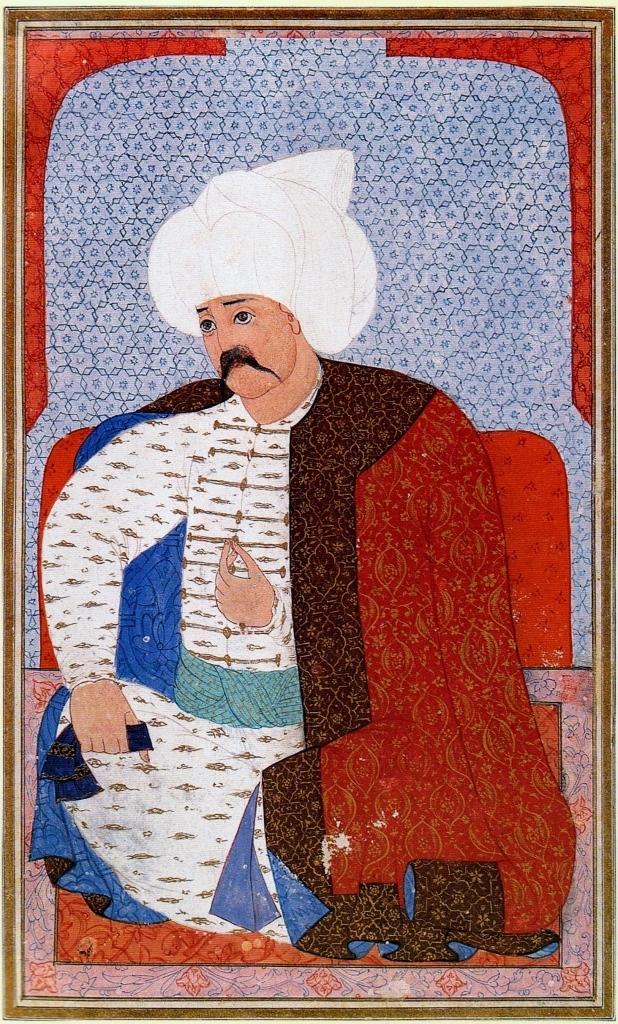
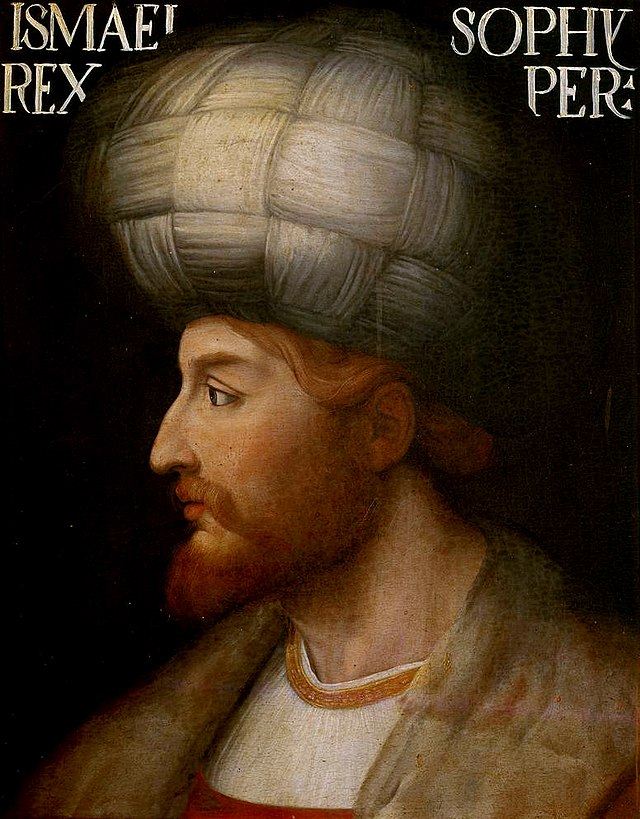
Selim I (above); Ismail Safevi (below)
————————————————————
If I insist on this, it is because I understand that, when you will put Uzbeks, Turks, Turkmen and others within the same state, it will explode in a disastrous manner, because all these nations, despite their undeniable common origin, have followed different paths throughout History. Consequently, they cherish different values, varied traditions, and diverse legends, heroes and historical paradigms. There are even situations of animosity; Kazakhs dislike Uighurs, Turkmen dislike Kazakhs, Uzbeks dislike Turkmen, and so on; if I continue on this style, I can fill an entire page. Here, you will find some interesting points: https://stanugeniem.ru/en/physical-culture/shtat-tehas-chimkentskie-eto-chto-osobyi-subetnos-i-pochemu-ih-ne/
That’s why I believe that Kemal Ataturk was wise enough to shut the door of Turkey on the ugly face of Enver Pasha. So, a first point is the very divergent past that will inevitably trigger discord among all these nations, if one day their governments become foolish enough to merge them in one country / state.
b- Countries with unresolved problems gain nothing when merging with others.
There is a second point; it is clear enough to show that a union of even (or only) two Turkic states may appear as an oxymoron. Actually, your suggestion offered me this perspective; you believe that a union between Turkey and Azerbaijan is “fairly feasible”. Great! Then, let us assume that this union is effectuated next year! I am therefore led to believe that the wonderful state that starts in Izmir or Edirne and ends in Baku is an exemplary structure. Perfect! Then, you certainly suggest that, in this merged state or confederation, Turkish will be the language of primary and secondary education in one part of the territory and Azeri will be used in the rest of the country. Superb! Then, why will Kurmanji, Zaza, Arabic, and Suryani (Syriac Aramaic) not be used in the primary and secondary education of provinces where these languages are the native tongue of the local populations? Why do we have to believe that Azeri is more of a language than the other aforementioned languages?
I don’t open this vast discussion and I don’t have the intention to herewith explain why something that was not a problem at the time of Kemal Ataturk became a trouble after 1938; it is certainly a major issue that concerns the entire country. But the problem is neither linguistic nor educational; it is governmental, as it pertains to the system of governance. Turkey is perfect only with the Constitution of 1924. With the changes made after Kemal Ataturk’s death, all the problems appeared – only as a result of those idiotic and catastrophic changes that were subtly suggested by the worst enemies of the mankind, i.e. England, France, America and their allies. As I said, the entire linguistic/educational issue cannot be discussed within the scope of the present article; however, at this point, I have to shed more light on this second troublesome dimension of your suggestion, by asking the following:
– How a country that apparently has unsolved issues can possibly intend to ‘export’ its model to others and incorporate other nations?
A country with a misplaced historical narrative will only lose if it merges with another country, even if the outright majority of both countries enthusiastically support the confederation in a referendum.
– Why?
– Because two blind people on the slope of a mountain, when making an alliance, will fall together in the precipice!
It goes without saying: a ‘union of ignorance’ does not make a national strength. And I can give you an example: it is not only Turkey that has a misplaced historical narrative. Azerbaijan too has a very poor, weak and incomplete historical narrative. At times, Baku gives the impression that it exists only as ‘the anti-Armenian country in Caucasus’. This unidimensional portrait can turn out to be a disaster. Back in 2009, I wrote about that, demonstrating from where the National History of Azerbaijan must start: from Ancient Atropatene, which was the holiest province of Ancient Iran and the land of the earliest settled Turanians in the region.
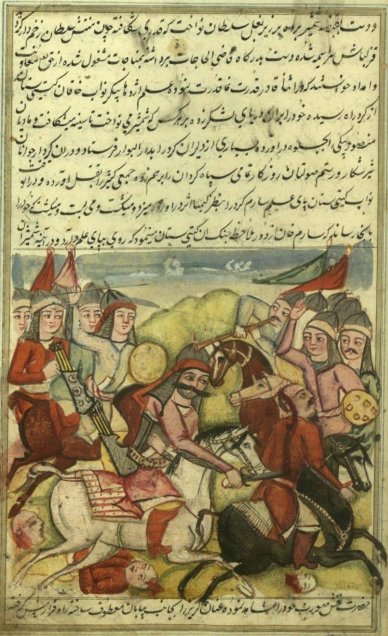
Ismail Safevi fighting in 1508 against the last remnants of the Akkoyunlu
———————————————————
In fact, the correct historical narrative of Azerbaijan would not be either a Pan-Turkic or Pan-Turanian absurdity or an Islamist idiocy. It would also be catastrophic for Baku to turn to a modern nationalist version and attempt merely the ‘liberation’ of South Azerbaijan. This would be tantamount to full compliance with the vicious Western European – North American ideological garbage which was geared only to fool Third World idiots. To creatively assess its historical heritage, inventively apply its cultural integrity, and actively invigorate its national identity, Azerbaijan must reappear as it has always been: the spiritual high place and holy land of the Iranian plateau. This would make of the Azeris the standard-bearers of Iran.
Consequently, all the Azeris will have to view the entire historical Iran as their land – exactly in the way Ismail Safevi saw Iran from Tabriz, his capital. This means that the Azeris have to challenge both fake versions of Modern Iran that the English and the French Orientalists fabricated in order to maliciously turn a marvelous empire into a world pariah useful to manipulate according to their own interests: the anti-imperial, nationalistic monarchy of the Pahlavi and the anti-Iranian, pseudo-Shia fallacy of the Wilayat-e Faqih and the pathetic Ayatollahs. The only true victory for the Azeris will be to go beyond the colonial tricks and reconstitute the Safavid state. Then, certainly, along with the Turks of Anatolia, they will be able to start the quest for the Qizilbash Anatolian-Iranian spirituality, moral, popular religion, moral and legends. But this quest will be totally deprived of politics and theology – exactly as Kemal Ataturk demonstrated before one century.
c- Trying to unite few small countries, you lose the greater picture and the best chance!
Last, your question offers me one more opportunity to demonstrate the impossibility or rather the destructiveness of your approach, namely what you call “the union with Azerbaijan”, which “would be fairly feasible”. I am afraid that, trying to achieve the minimal, you lose the maximal.
Previously, I spoke about Azerbaijan and the Azeris of South Azerbaijan, in Iran. But then, what do all these brilliant Pan-Turkist and Pan-Turanian minds think about the South Turkmenistan (i.e. NE Iran), which is also known widely as Turkmen Sahra (ترکمن صحرا / Türkmen Sahra)? I guess that they think nothing else except for trivial deals, useless secessions, and destructive wars; of course, if Iranians and Turanians were two truly different nations, this approach would certainly make sense; but are they? Or is it rather a matter of great historical distortion carried out by the evil colonial powers and projected everywhere onto the unsuspecting victims?
And if we further assume that South Azeris and South Turkmen inhabit the northern part of Iran and make the majority of the local population and if we deduce that territorial continuity can be possibly established among Turkey, Azerbaijan and Turkmenistan, why should we then leave out of the borders of the multinational state the Turkic nation of the Qashqais, who live in Fars, the imperial center of Iran?
This situation should rather ring the bell to us, showing clearly that we have engaged in the wrong path. It would be meaningless to continue on the same path (secession). And it would be equally senseless, heinous and disastrous to devise the division of Iran. Such an attempt would immediately turn the entire project from benevolent to malevolent and from ‘historical rectification’ to historical distortion. So, where is the mistake in all this? Apparently, every form of nationalism, as a vicious modern Western political invention, leads only to wars due to the deliberate historical distortions and the subsequent misrepresentations of the past. The initial mistake would therefore be an erroneous reading of History through distorting nationalistic (i.e. political) lenses. There cannot be one truthful point in politics; everything contained in or emanating from politics is devilish and disastrous. You cannot be moral and you cannot be faithful (in any religion), when your mind and heart are contaminated with politics.
Iran is perfect, when it is the true, historical Iran, as it has been from the Achaemenid era to the Sassanid period and further on, through the Islamic times, involving the Buyids, the Samanids, the Great Seljuks, the Ilkhanids, the Safavids, as well as the Afshar and the Qajar dynasties. Before and after the arrival of Islam, Iran constituted the best vision and the noblest implementation of the Universal Empire; there were always Turanians and Iranians in Iran. They lived together in peace, and they were all bilingual or rather multilingual; this is the historical truth, which makes the evil and uncivilized cannibals of England, France, Israel and America feel how inferior they are when compared to a civilized nation. This detrimental comparison incites them to show their evil and criminal face, while also instigating in them the need to devise tricks and forgeries in order to plunge all these highly civilized peoples into divisions, strives and wars.
Every word written by an Anglo-Saxon scholar about Iran and Turan is a poisonous lie; people must get liberated from the Western academic cholera and rediscover the historical truth. In reality, since the Achaemenid times and even before, Turanians and Iranians have been one nation with the Turanian languages being mainly used for spiritual and military purposes, whereas the Iranian languages were spoken and written for religious, literary and imperial purposes. During the Islamic times in Iran, almost all the scientists, the historians and the theologians wrote in Arabic, the poets composed epics and other types of poetry in Farsi, whereas the military officers and the soldiers communicated in Turanian languages, notably Chagatai, Turkmen or Azeri.
This situation gradually changed to some extent, thanks to illustrious people like Mahmud al Kashgari (1005-1102), Ahmed Yasavi (1093-1166), and Yunus Emre (1238-1328). All the same, Nizami Ganjavi (1141-1209), the national poet of the Azeris, laughed at the idea of writing poetry in a Turkic language, i.e. his own mother tongue; and this reflects very well the reality about the topic. Three centuries later, Zaher ud-Din Muhammad (ظهير الدين محمد), known mainly as Babur (1483-1530), the great military adventurer, superb strategist, and excellent tactician in the battle field, great-great grandson of Timur, and founder of the Mughal dynasty of South Asia, wrote his famous Babur-nameh (بابر نامہ /Book of Babur; a historical text written in the form of autobiography) in Chagatai Turkic.
Reversely, his grandson, Emperor Akbar the Great (1542-1605; reigned after 1556 / Jalal ud-Din abu’l Fath Muhammad; جلال الدين أبو الفتح محمد أكبر), found it propitious to have the historical text translated into Farsi. This attitude shows clearly that the true Turanians, those who were not affected by the Satanic Anglo-Saxon propaganda like today’s idiotic Pan-Turkists and Pan-Turanianists, cherished very much Farsi and felt it as theirs; Akbar’s attitude reflects very well the bilingual nature of all Turanians, and their genuine love of Farsi.
And, as you know very well, all Ottoman sultans, as genuinely multilingual rulers, were fluent in Farsi, which was the cultural language of the Ottoman Empire. And Mehmet II uttered verses (not of the Quran but) of the great Iranian poet Saadi (1210-1292; سعدی; his full name was: ابومحمّد مصلحالدین بن عبدالله شیرازی / Abu Muhammad Mosleh ud-Din bin Abdullah Shirazi) in Farsi, when entering the palace of the Eastern Roman emperors in Constantinople on 29th May 1453:
The spider weaves the curtains in the palace of the Caesars;
the owl calls the watches in the towers of Afrasiab.
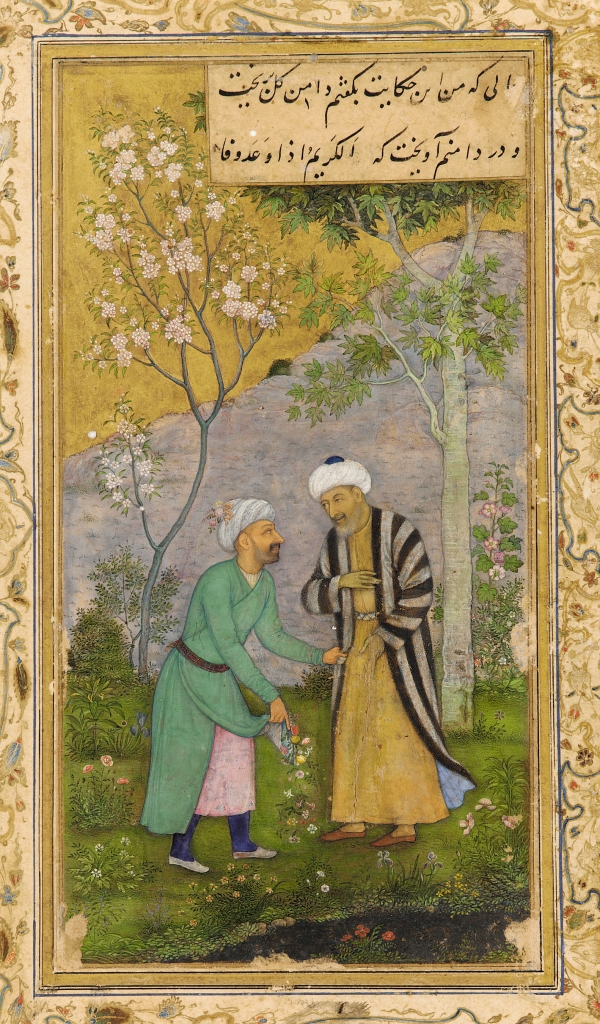
Saadi
So, you can now understand that all the historical narratives of Iran and all the Turkic or Turanian states are wrong. Iran and Turan are one. I have written a book on the topic and I need to elaborate the last chapters before publishing it; however, I have already pre-published three chapters. You can find them here:
https://www.academia.edu/52541355/Parthian_Turan_an_Anti_Persian_dynasty
https://www.academia.edu/55139916/The_Fabrication_of_the_Fake_Divide_Sunni_Islam_vs_Shia_Islam_
https://www.academia.edu/61193026/The_Fake_Persianization_of_the_Abbasid_Caliphate
Now, the complex historical relationship between Iran and Turan is not a unique case in Asia; neither is it a matter or an issue confined only to the member-states of the Organization of Turkic States (Türk Devletleri Teşkilatı) and Iran. A similar situation exists also between these states and Russia. You may perhaps imagine that, by saying this, I mean the Turkic nations that are currently living in the Russian Federation. But that is wrong, although I certainly don’t deny the fact that the Tatars of Kazan, the Tatars of Crimea, the Chuvash, the Kymyks, the Kalmyks, the Nogais, the Bashkirs (of Bashkortostan), the Tuvans, the Yakuts, the Altaians, the Balkars, and the Khakas are all Turkic-Turanian people with great traditions, literature, culture, and history.
However, I believe that it would be catastrophic for any supporter of Pan-Turkism and Pan-Turanianism to imagine that it would be effective, correct and reasonable to demand the national independence or the secession of these nations from Russia; this has nothing to do with the military strength of Russia. First of all, let me point out that, thanks to the balanced system of governance in Russia, the central control in Moscow is fully able to guarantee the survival, the national dignity, the cultural integrity, the progress and the prosperity of all these nations within their traditional cultural and socio-behavioral, spiritual and moral, educational and religious context that they have maintained as part of their ancestral heritage. Every naïve apologist of Pan-Turkism and Pan-Turanianism, who would stupidly call for ‘independence’ and ‘secession’ of any of these nations, would in reality expose them to terrible adversities and malignant persecution. He would truly be their enemy.
In such a case, the silly political pretext of a delusional ‘national sovereignty’ would become the alibi for these nations’ enslavement to the perfidious, criminal, and terrorist countries of the West; it is in exactly the same manner that Slovenia, Kosovo, Albania, Macedonia, Lithuania, Slovakia, Estonia and many other small Eastern European nations have been held captive of the inhuman gangsters who rule the colonial countries of Western Europe and North America. If by misfortune they happen to follow this disastrous and nefarious example, all the Tatars, the Bashkirs, the Chuvash, the Altaians and the other Turkic nations of the Russian Federation will be forced to accept the monstrous, tyrannical and absolutely lawless laws of the Western countries and thus shamelessly legalize fornication, adultery, homosexual marriages, transgenderism, gender-free education, and every sort of pan-sexist contamination and evilness. This means clearly that, by gaining a fake independence, these nations will be enslaved in a most shameful manner, and then this calamitous development will end up with their irreversible, spiritual and cultural, genocide.
For any Pan-Turkist and Pan-Turanianist theorist or activist, the aforementioned procedure constitutes a disastrous sectarian approach; in other words, it is a non-option. However, at this point, things do not end, but become the spark of a new start. Similarly with many other sectors of modern historiography, Russian History has been tampered with by Western colonial academics and diplomats, intellectuals and agents, who incessantly attempted to drag Imperial Russia into the Western evilness, inhumanity and sin. For many long centuries, the villainous Freemasons of England and France, the fanatic Protestants of Germany, and the egregious Jesuits of Rome attempted to systematically infiltrate Russia, heinously corrupt Orthodox Christianity, morally – socio-behaviorally contaminate the average Russian people, and systematically distort the Russian historical narrative. The multifaceted effort started already before the reign of Peter the Great, and it was only accentuated over the past three centuries. The end result is that most of the Russians have today a fully distorted idea about their past; down to our days, Russians consider the so-called Mongol invasions as a period unrelated to their past. This is not only very wrong, but also nationally and regionally disastrous.
However, there were always Turkic and Turanian nations that existed in the territory of today’s Russia; Turanians antedate Slavs and Islam was diffused in the present territory of Russia before Christianity. Volga Bulgaria accepted Islam several decades before Kievan Rus embraced Christianity. In fact, Russian History is Turanian History, and Russians are a Turanian nation; Moscow was a Muslim city and there was a mosque inside the Kremlin. The divisions of the Golden Horde created the collapse of the Turanian Muslim rule across the territory of Russia and Ukraine. Under Ivan III (1440-1505; ruled after 1462), Vasili III (1479-1533; ruled after 1505), and Ivan IV the Terrible (1530-1584; ruled after 1533, being tutored and mentored until 1547), the tiny Muscovite state started expanding; during this process, people were forced to accept Christianity, whereas linguistic-educational Russification was systematically and forcefully undertaken for many centuries.
Then, the state historical dogma of Russian continuity from Kiev to Moscow was proclaimed, only to become later the sacrosanct foundation of the Romanov dynasty; but it is meaningless. The majority of today’s Russian natives descend from Turanian Muslims, who -in different moments- accepted Christianity and were subsequently russified at the linguistic level; but the different religion does not reflect a cultural difference. Today, identifying the Russians as the ethnic and religious descendants of Kievan Rus is a racist distortion of the true historical past of the Russian nation. This approach was already advanced by the Soviet-Russian Orientalist historian Lev Gumilyov (Лев Николаевич Гумилёв; 1912-1992), who disturbed enormously the insidiously fallacious Anglo-Saxon view, approach and narrative; that is why he was deliberately accused for his ‘pan-Asiatic’ viewpoint and his supposedly ‘anti-Semitic’ conclusions {notably as regards the Radhanites (Рахдониты/ الرذنية)}.
https://en.wikipedia.org/wiki/Lev_Gumilyov
https://en.wikipedia.org/wiki/Radhanite
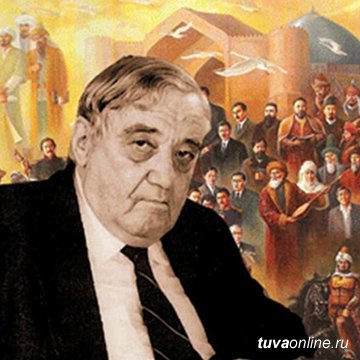
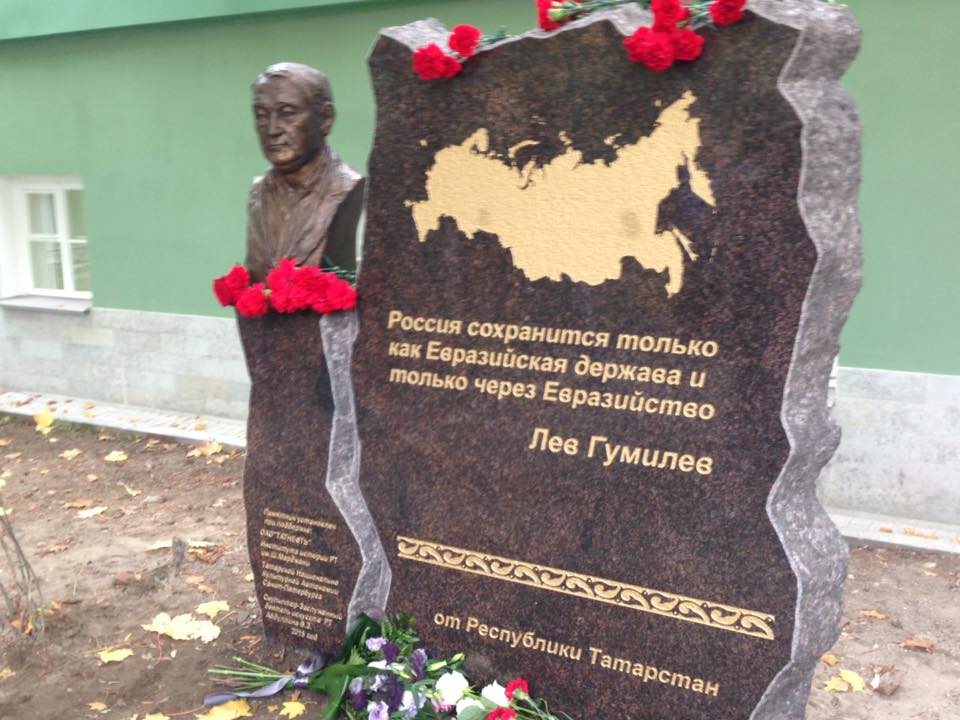
Lev Gumilyov and a monument in his honor in Kazan
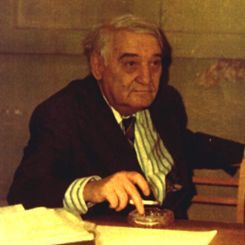
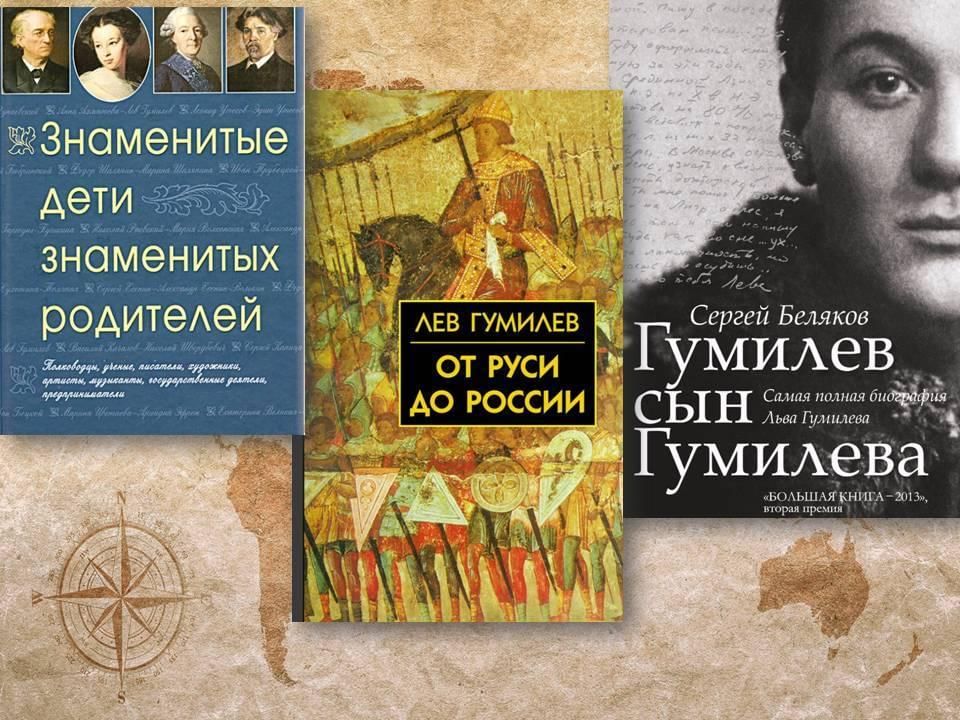
———————————–
It goes without saying that if, in the light of the aforementioned, one develops a racist perception and formulates an absurd demand for the re-Turkification and the re-Islamization of the Russians, the results will be disastrous. This insane approach would surely play into the game of the worst enemies of all the Asiatic nations. On the contrary, really beneficial approaches to all would be the following: historical conceptualization, educational cooperation, governmental coordination, and mutual knowledge and understanding. Russia should be cordially invited as an observer state in the Organization of Turkic States (https://www.turkkon.org/). Russian must become first foreign language in Turkey and Iran; many departments of Slavic Studies and Siberian Archaeology must open in Turkish and Iranian universities.
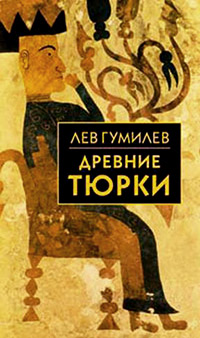
Similar approach should apply to the relations of Turkey and the other Turkic states with Pakistan and India, as well as with China. It will be for the national security of India and Pakistan to better assess and clearly highlight the Turanian dimension of their historical narrative. However, after Bülent Ecevit studied Sanskrit, how many Turks moved to Pakistan and India to study and explore the historical past, while establishing an academic, intellectual and cultural bridge between the subcontinent and Anatolia? The same is valid for China; the sound Turkic and Turanian approach is not to stupidly protest about the fate of some old Uighur mosques in Eastern Turkestan (Xinjiang/新疆). The really difficult task is to extensively study and properly interpret the traditional identification of Turan with China within the Iranian Epic Poetry, which constitutes the best key to understanding the Asiatic historical and cultural unity.
——————————————————————
Скачать PDF-файл: / Download the text in PDF:
Скачать текст с картинками и легендами: / Download the text with pictures and legends:

